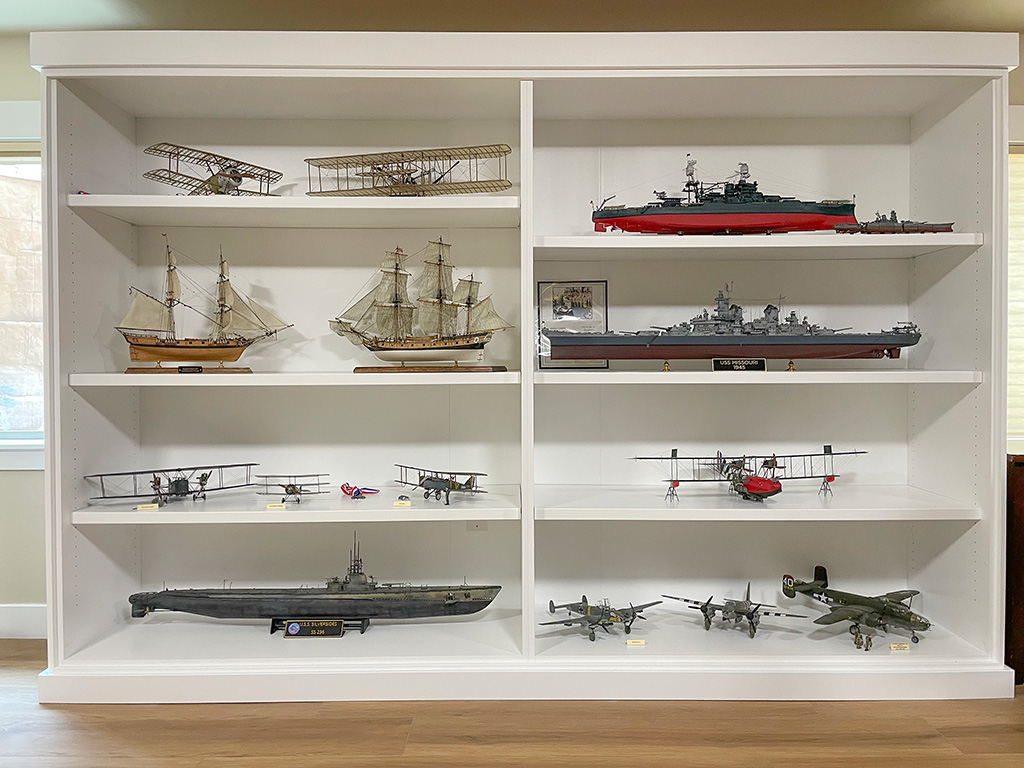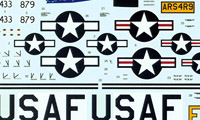7/11/2024
On June 22, 2024, my wife and I stopped by my good friend Loic Anthion's business, Kitlinx. He has a great business and carries everything; what he doesn't have, he can get.
Check out his website:
https:www.Kitlinx.com
This is his online modeling store, and we stopped at his warehouse. While there, I noticed the fantastic Wingnut Wings Felixstowe F.2a that he had in stock. My wife Nina loved it also and bought it for me for my anniversary! Thank you, Nina, and thank you, Loic! So this is my journey of building this monster – its wingspan is 3 feet and requires a ton of rigging. I figured I had done some other WW1 aircraft as well as several wood ship models that had a ton of rigging. What could possibly go wrong – lol. Well, we will see.
A little history from Wingnut Wings…
The Felixstowe F.2a was probably the most successful flying boat of the First World War. With a crew of 5, it was capable of carrying out long-range reconnaissance, anti-submarine, and anti-shipping patrols of up to 10 hours duration. The development of the Felixstowe F.2a is staggeringly convoluted. Still, it was essentially an Anglo-American design that can trace its roots to the pre-war Glenn Curtiss & Cyril Porte designed 180hp twin engine ‘America’ flying boat design. This basic design was improved, enlarged, strengthened, and repowered successively by both Curtiss and Porte (having now returned to service in the RNAS after the outbreak of war despite suffering from Tuberculosis) over the next few years until July 1917, when Porte arrived at the characteristic deep ‘V’ hull with full side fins. Although technically now a wholly Porte design, these Felixstowe flying boats, so named because they were developed at the RNAS Seaplane Experimental Station at Felixstowe in Suffolk, were referred to as ‘Large Americas’ by the British and as ‘Curtiss’ types by the Germans.
The twin 375hp Rolls Royce Eagle VIII powered Felixstowe F.2a featured a deep ‘V’ hull constructed using boat building techniques with diagonal planking on the bottom while the tops of the fins were plywood and doped fabric. The sides of the forward superstructure were also plywood, and the top coamings were covered with linen, as were the wings and tailplane. Ply walkways were positioned on the top coaming near the engineer’s hatch and on the bottom wings below the engines. Early production F.2a was delivered with a glazed cabin, fabric-covered sides of the rear hull, and large unbalanced ailerons. Later developments included replacing the cabin with an open cockpit, balanced ailerons, and strengthening the rear hull sides with ply or diagonally applied "Consuta" planks. Late production boats, as depicted in this kit set, had an open cockpit with strengthened rear hulls with wooden sides, and many had balanced ailerons fitted. Some early boats delivered with glazed cabins were later converted to open-top configurations. A modified V12 Liberty engine-powered version was manufactured by Curtiss in America as the H.16. The Felixstowe F.3, superficially similar in appearance to the F.2a but slightly larger and capable of carrying twice the bomb load, was put into production despite being considered inferior to the F.2a. The larger still Felixstowe F.5 similarly featured poorer performance but arrived too late to see operational service before the Armistice and a modified V12 Liberty engine powered version was manufactured by Curtiss in America as the F.5L. Any history of these aircraft here is, of necessity, very brief. Therefore, we encourage you to seek out the references listed below for a more thorough understanding of these significant aircraft.
Felixstowe flying boat wings and tailplane upper surfaces usually appear very dark in photographs and have been recorded simply as ‘green’ with the bottom surfaces remaining heavily varnished Clear Doped Linen (CDL). The bottom of the hull, bow, tops of the fins, and rear hull washboards were finished with gloss black bituminous tar-based paint inside and out for waterproofing, as were the fabric-wrapped side struts and tailplane struts. The plywood panels of the superstructure were heavily varnished, with their joints often being sealed with the same bituminous tar-based paint, while the top coamings frequently remained CDL. In some instances, the coamings were finished with the same dark protective dope as the wings and tailplane. All metal fittings were painted gloss black, although those on the engine bearers and interplane struts appear to have frequently been overpainted with Battleship Grey (BSG) along with the wood. Most surfaces featured a gloss finish when new, which quickly weathered to a dull matte appearance after short periods of exposure to the harsh saltwater environment. Many British flying boats featured brightly colored dazzle paint finishes for identification purposes from the middle of 1918 onwards.
Below are some pictures I found online:







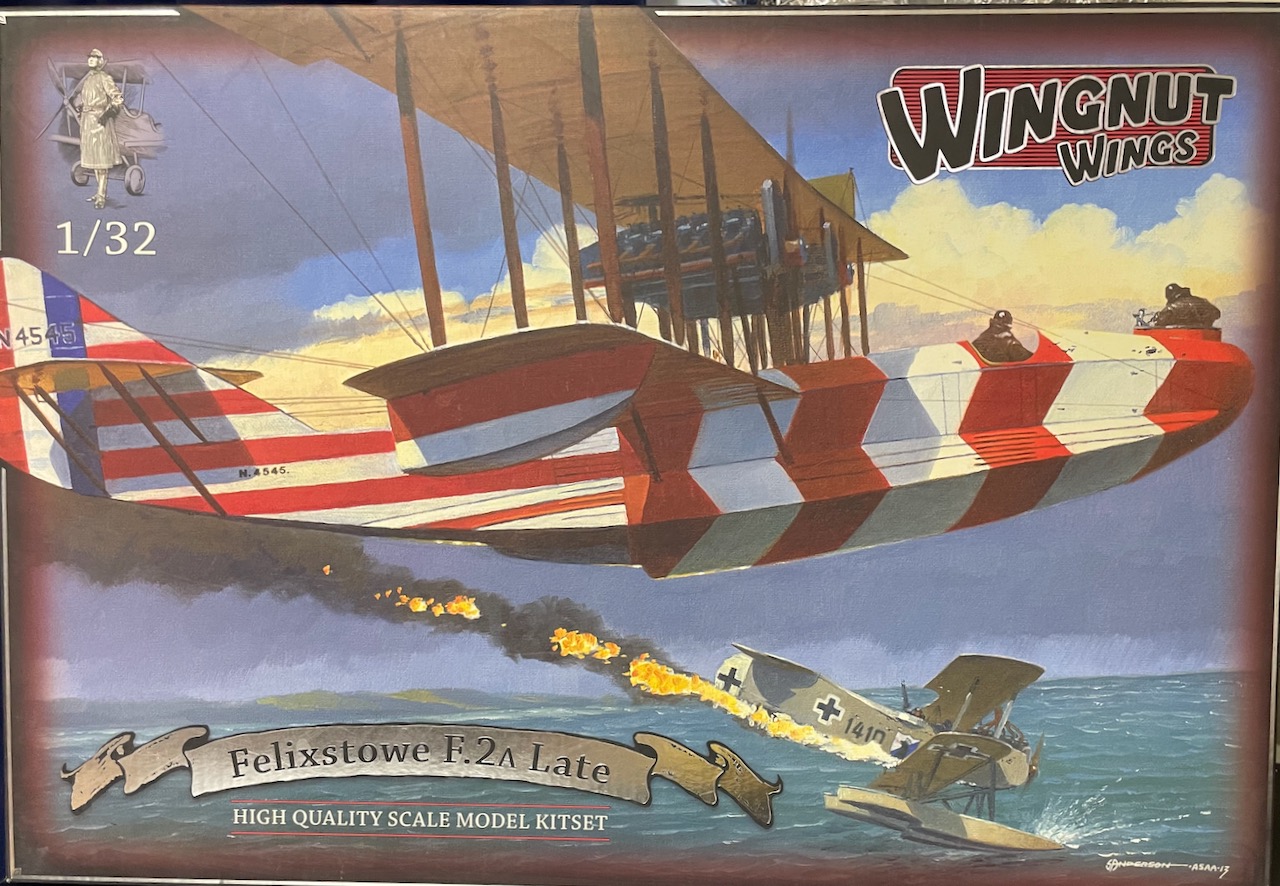
I have received the aftermarket seatbelts and masks.
 I'm also going to use the fantastic build article by Gary Boxall
I'm also going to use the fantastic build article by Gary Boxall
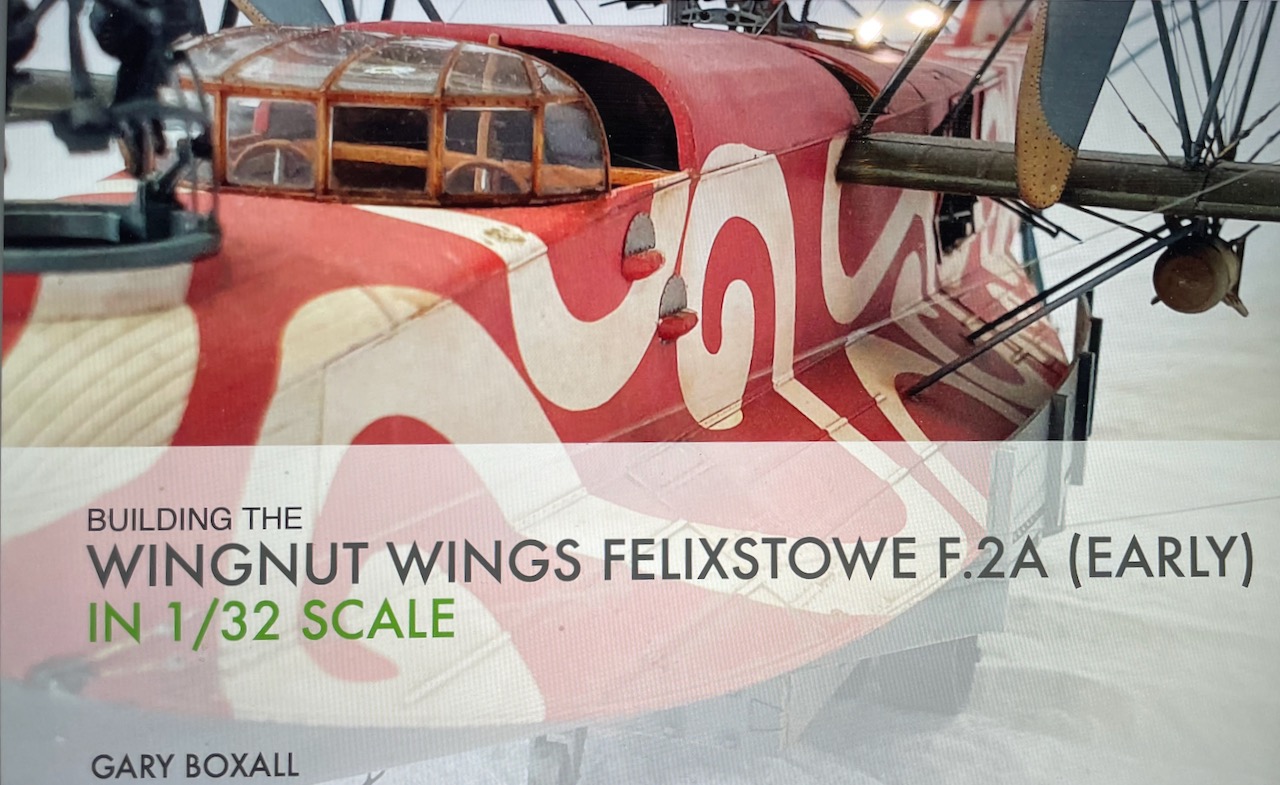
7 July 2024. This thing is going to take a ton of turnbuckles. The decision I have to make – is whether I want to fake them with very small diameter tubing – or if I want to buy some very nice 3D-printed turnbuckles from Gaspatch. When I say some – I mean a lot – like about 300.
16 July 2024
I have done some work on the interior. It's pretty complete except for the pilot seats, flight controls, and seatbelts. No control rigging has been added yet.
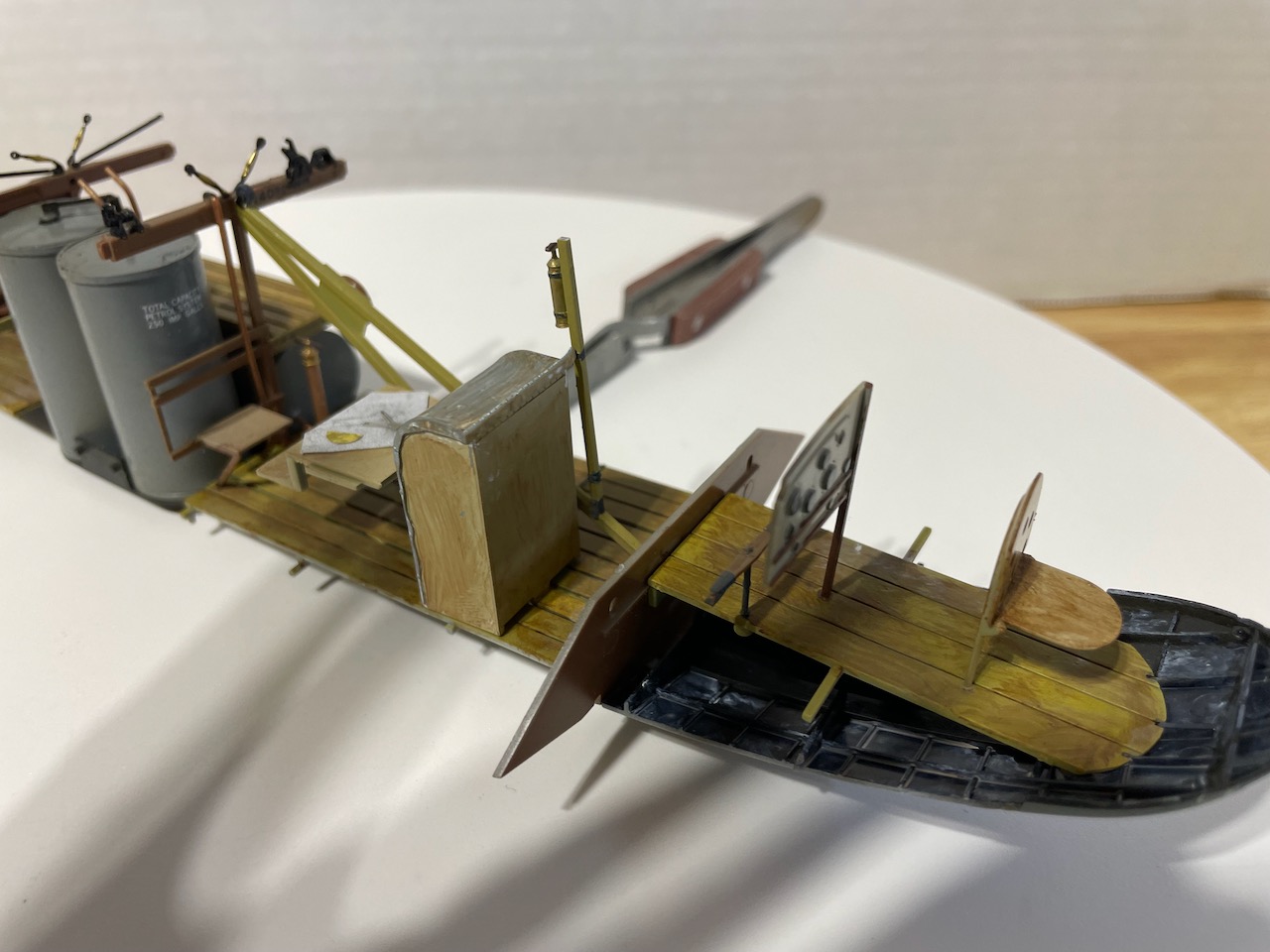
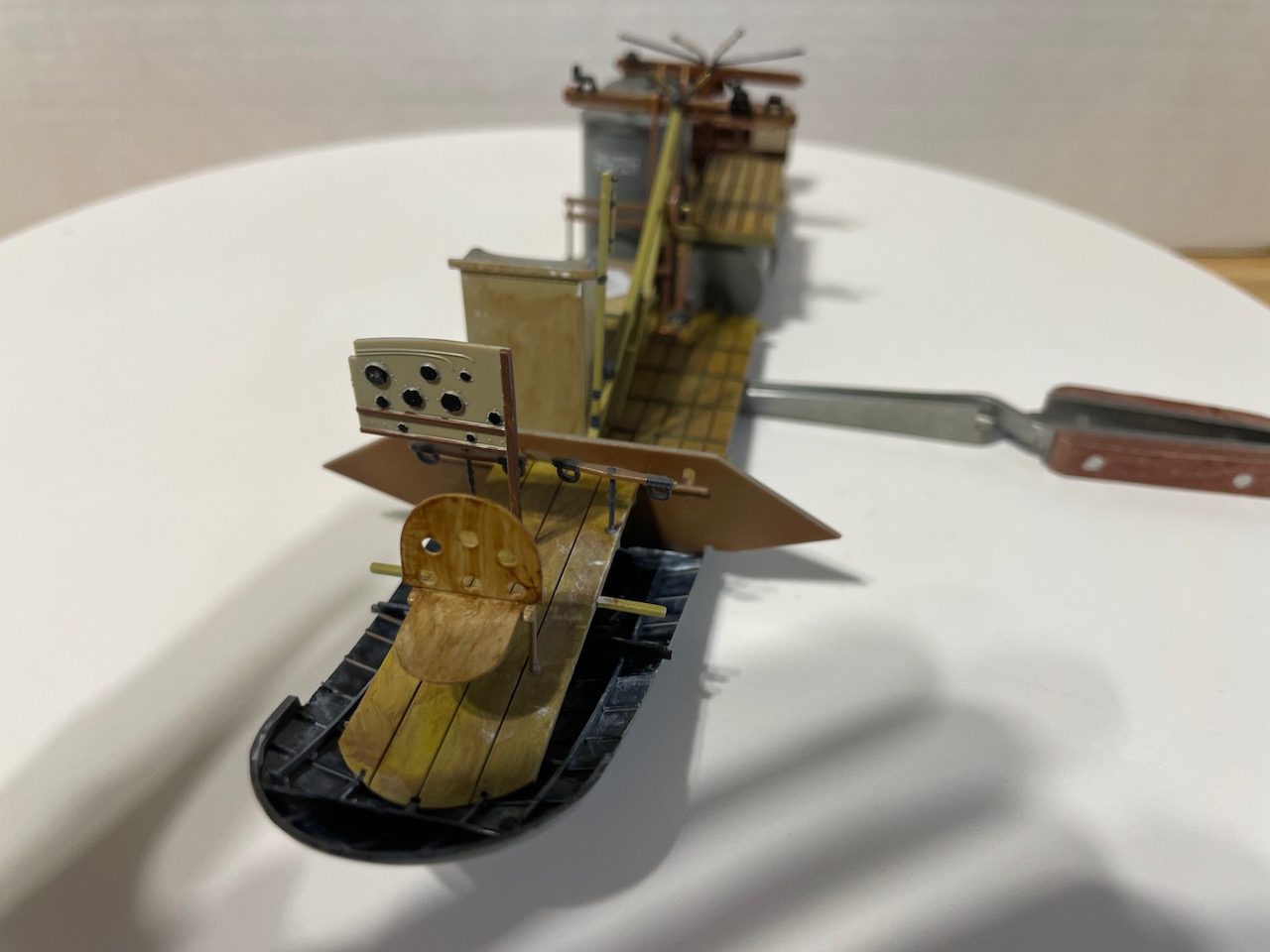
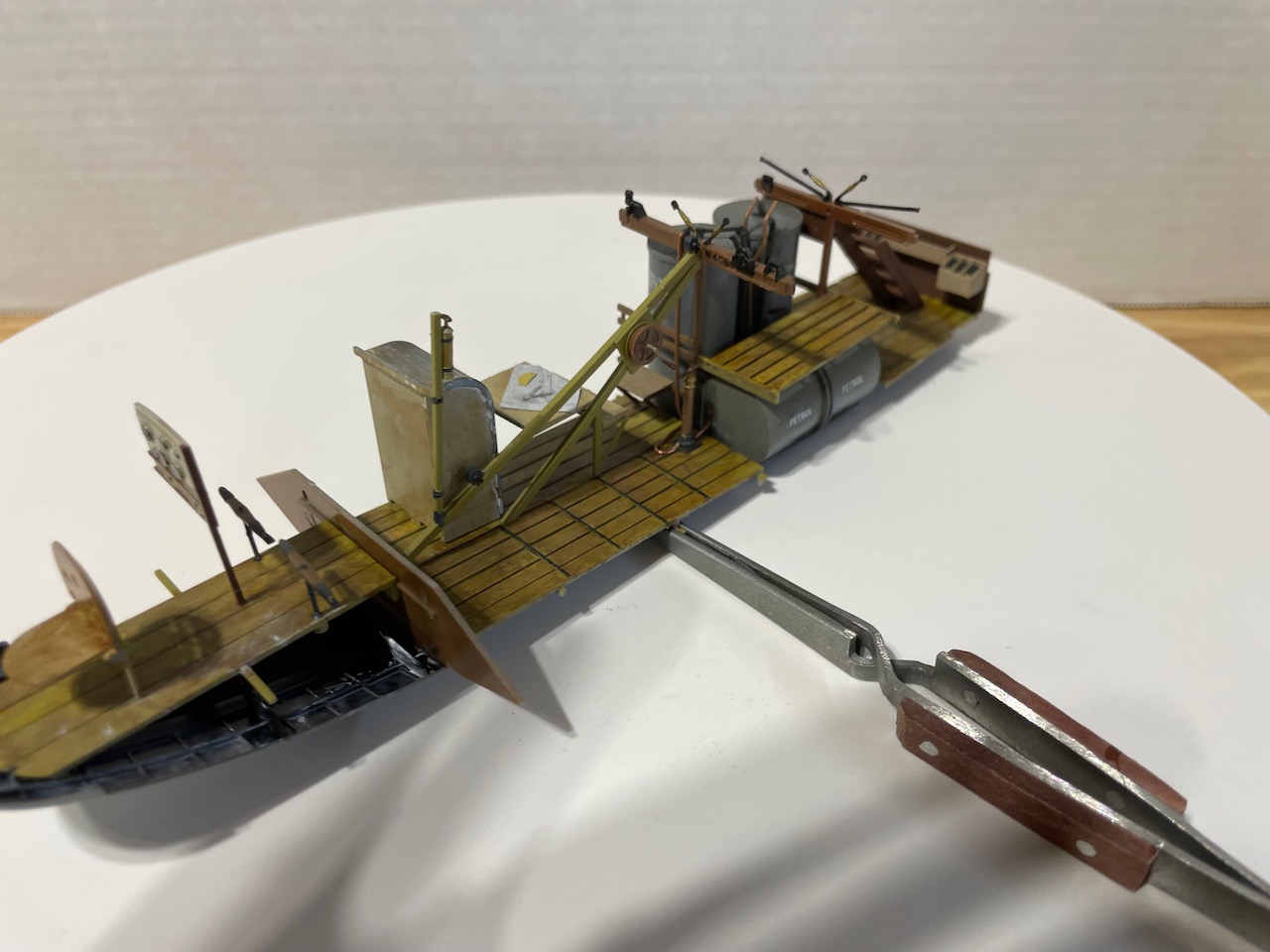
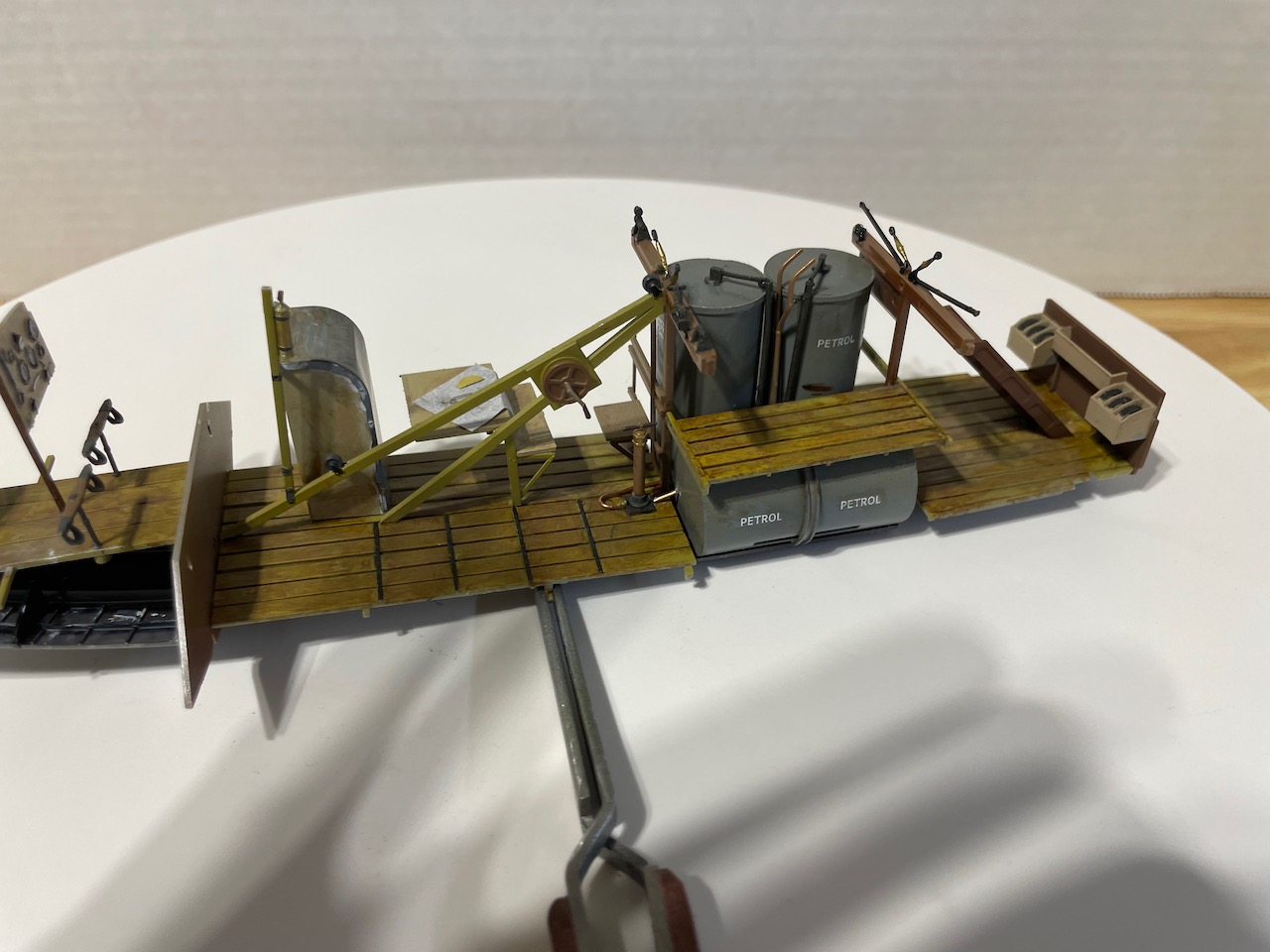
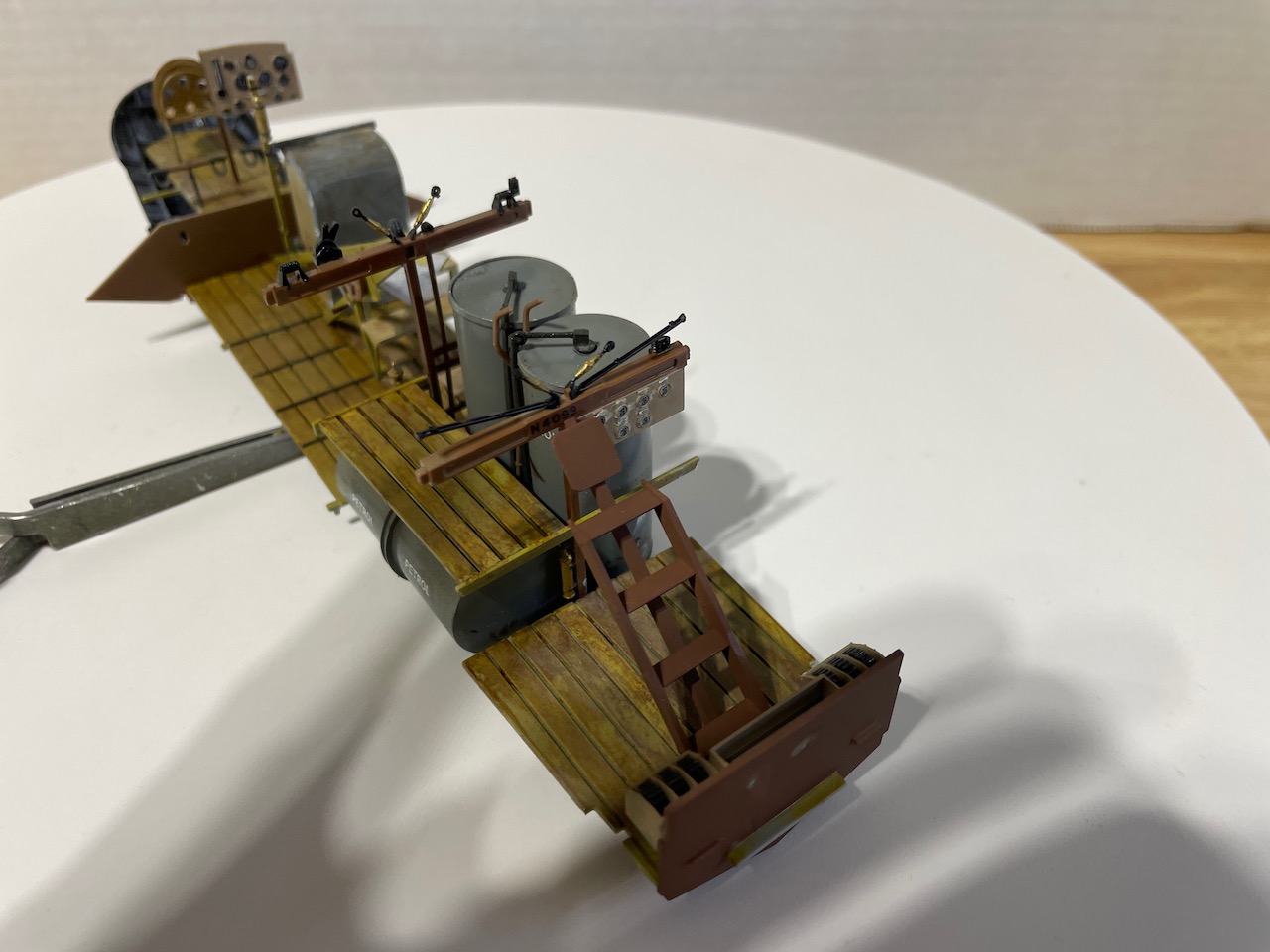
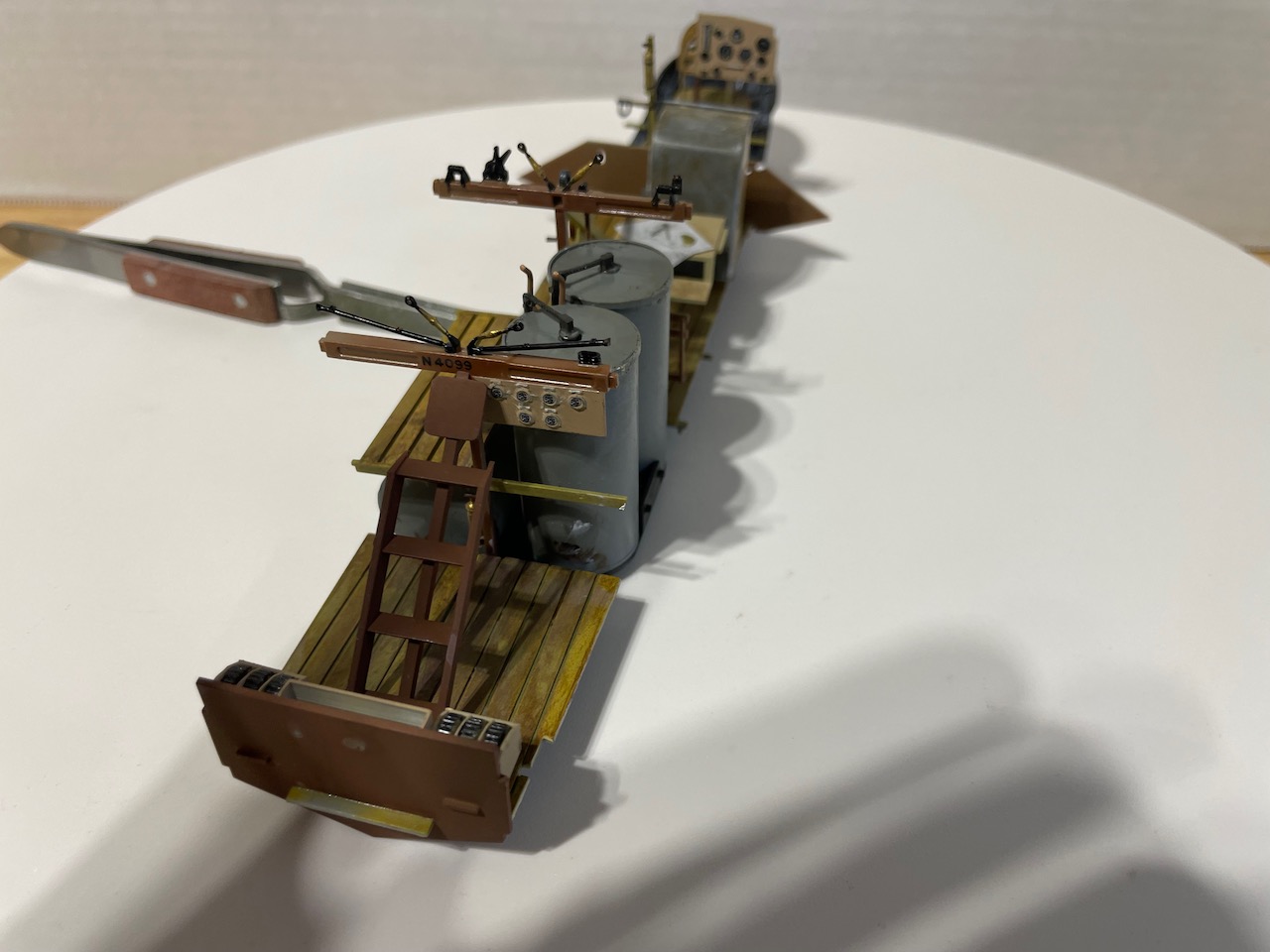
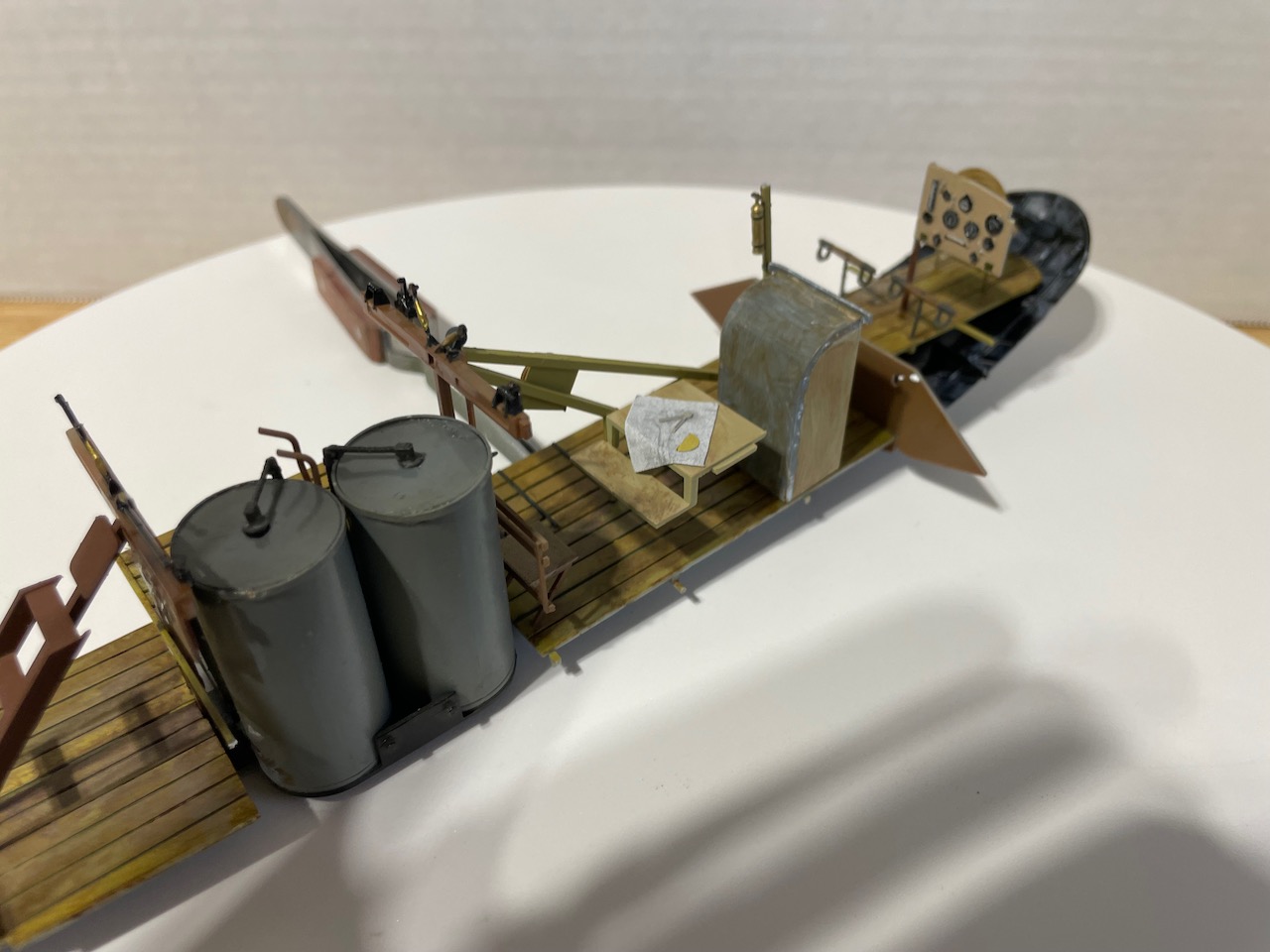
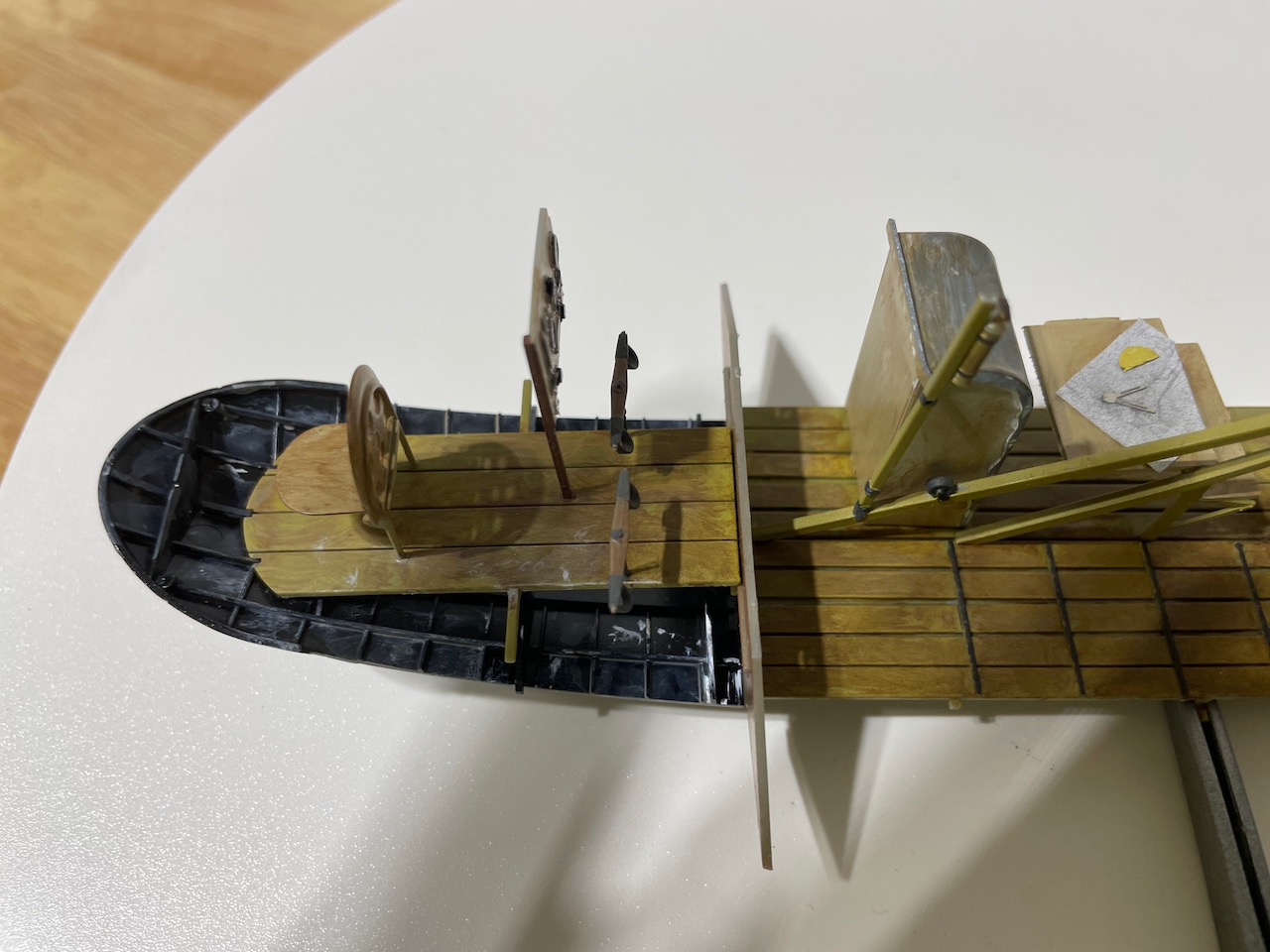
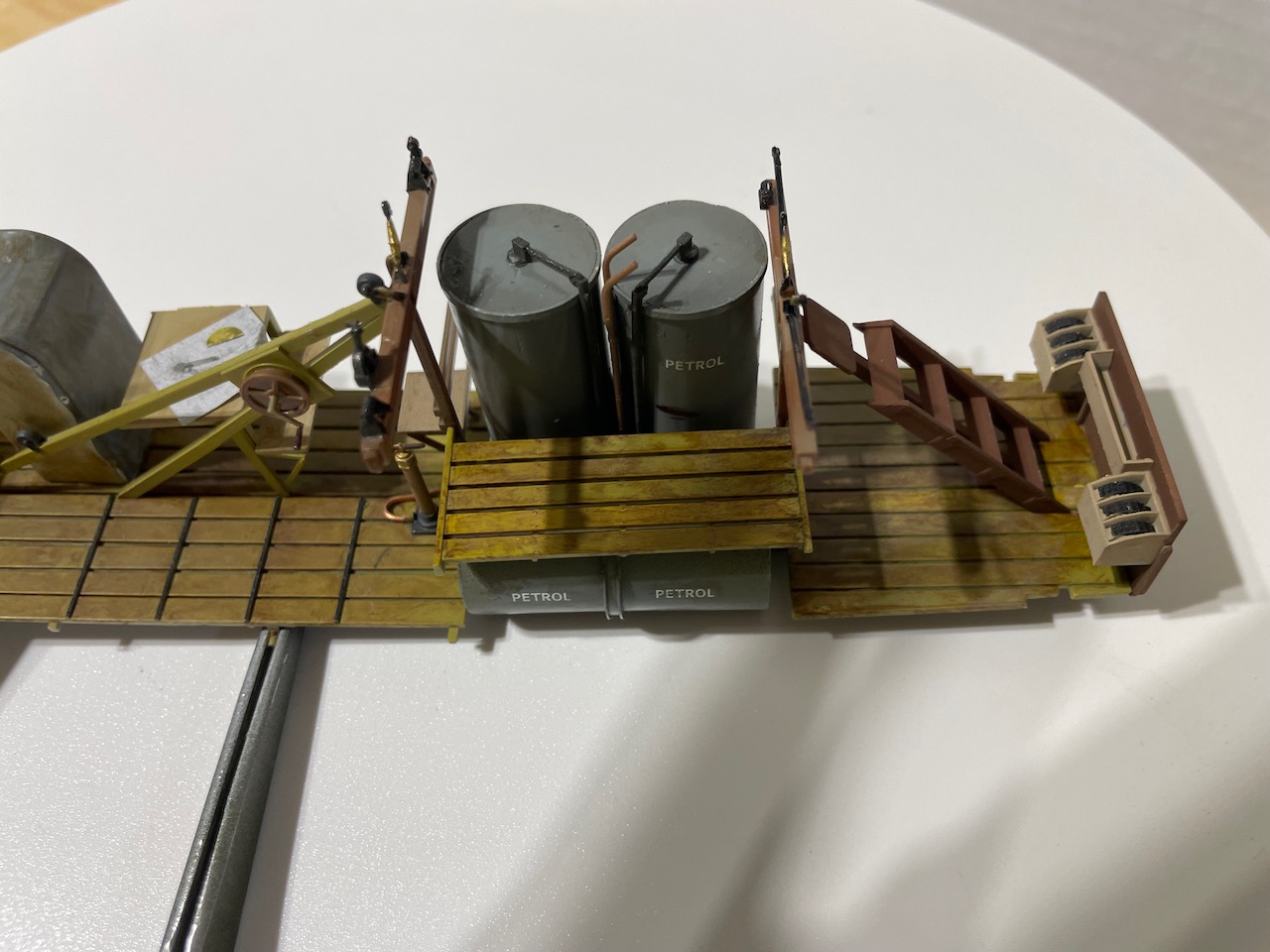
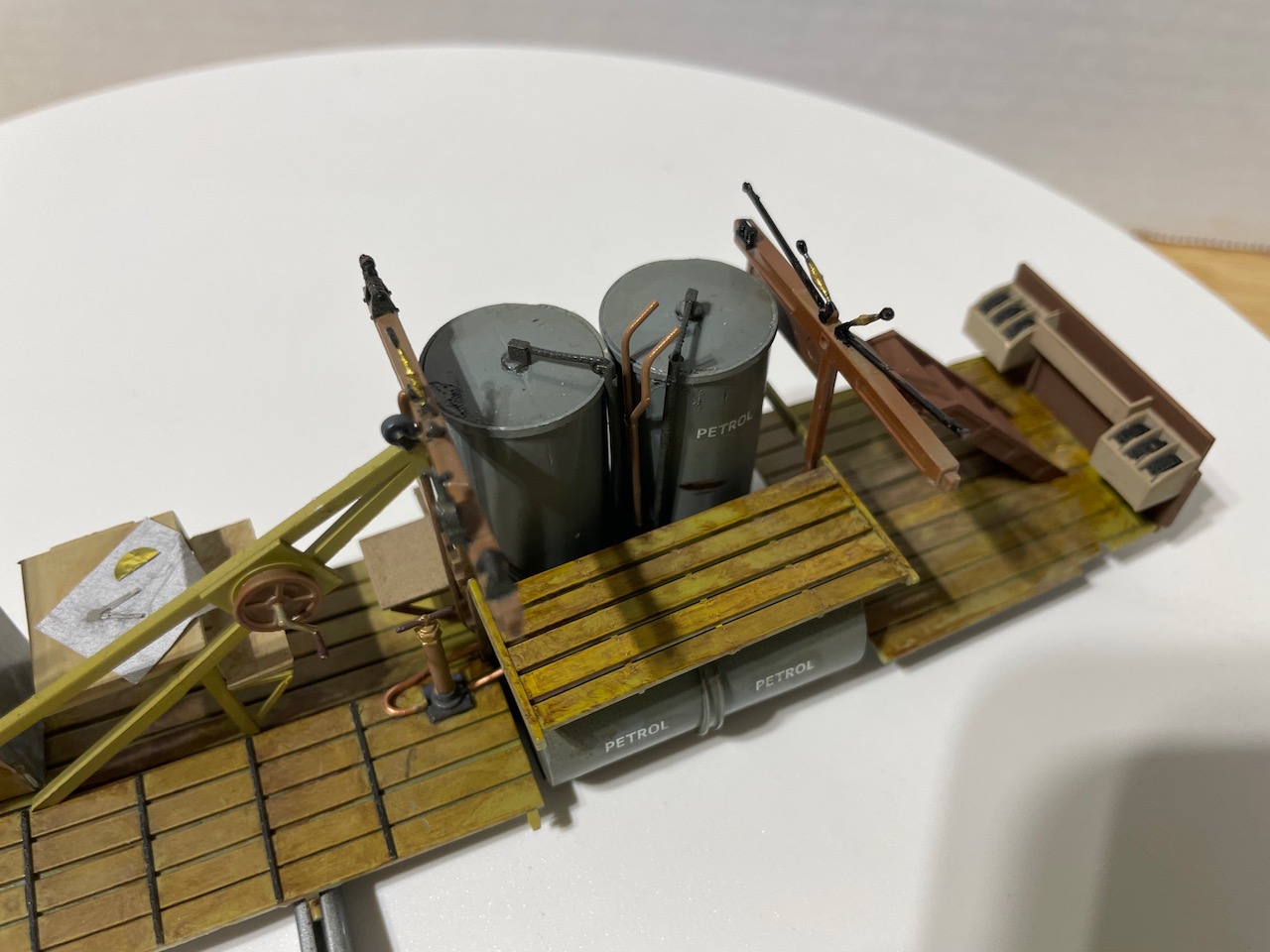
There is an 18-second video of the cockpit….. go HERE
21 July 2024. Here are some more pictures of the build. I have now added the seatbelts.
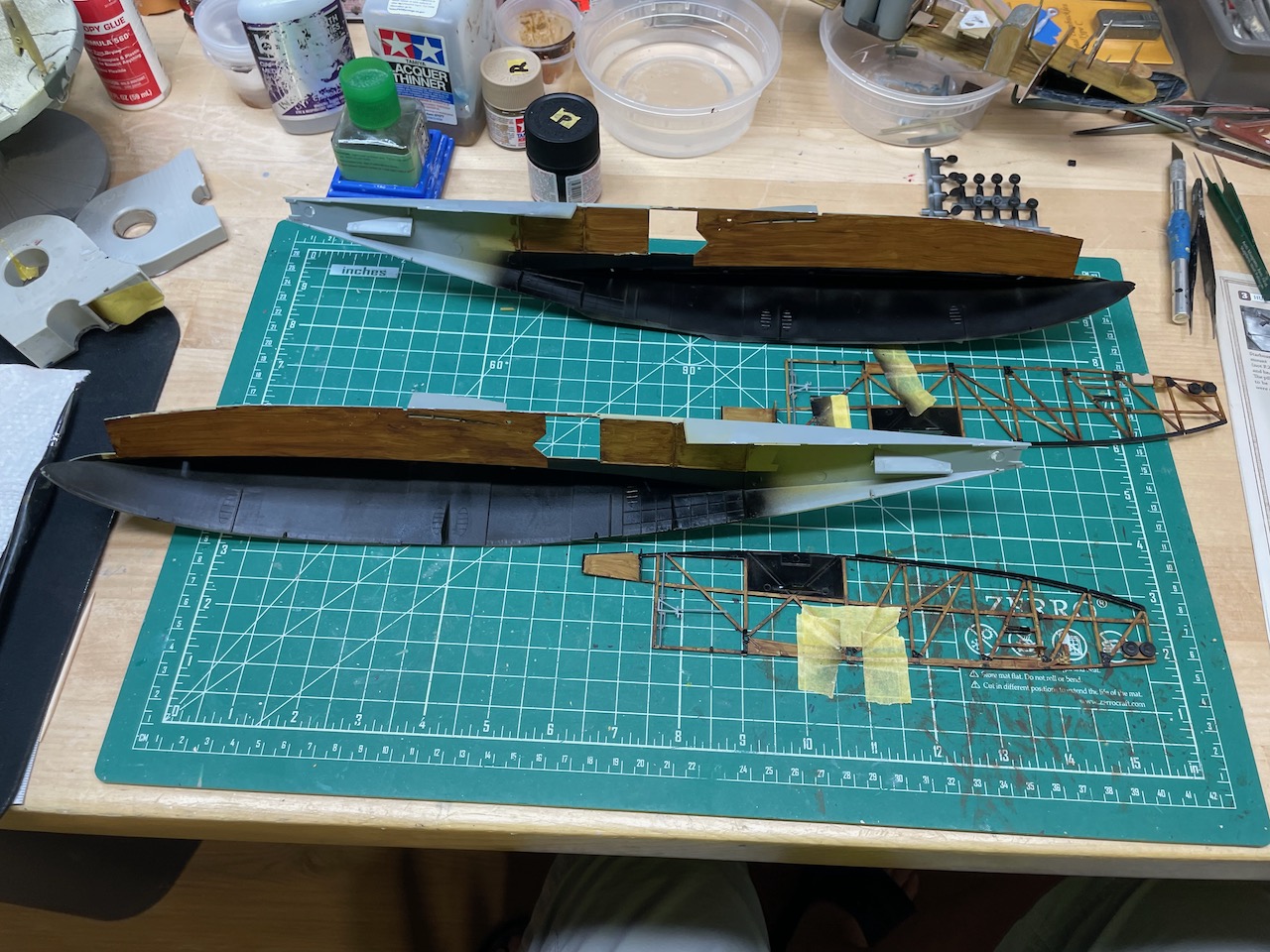
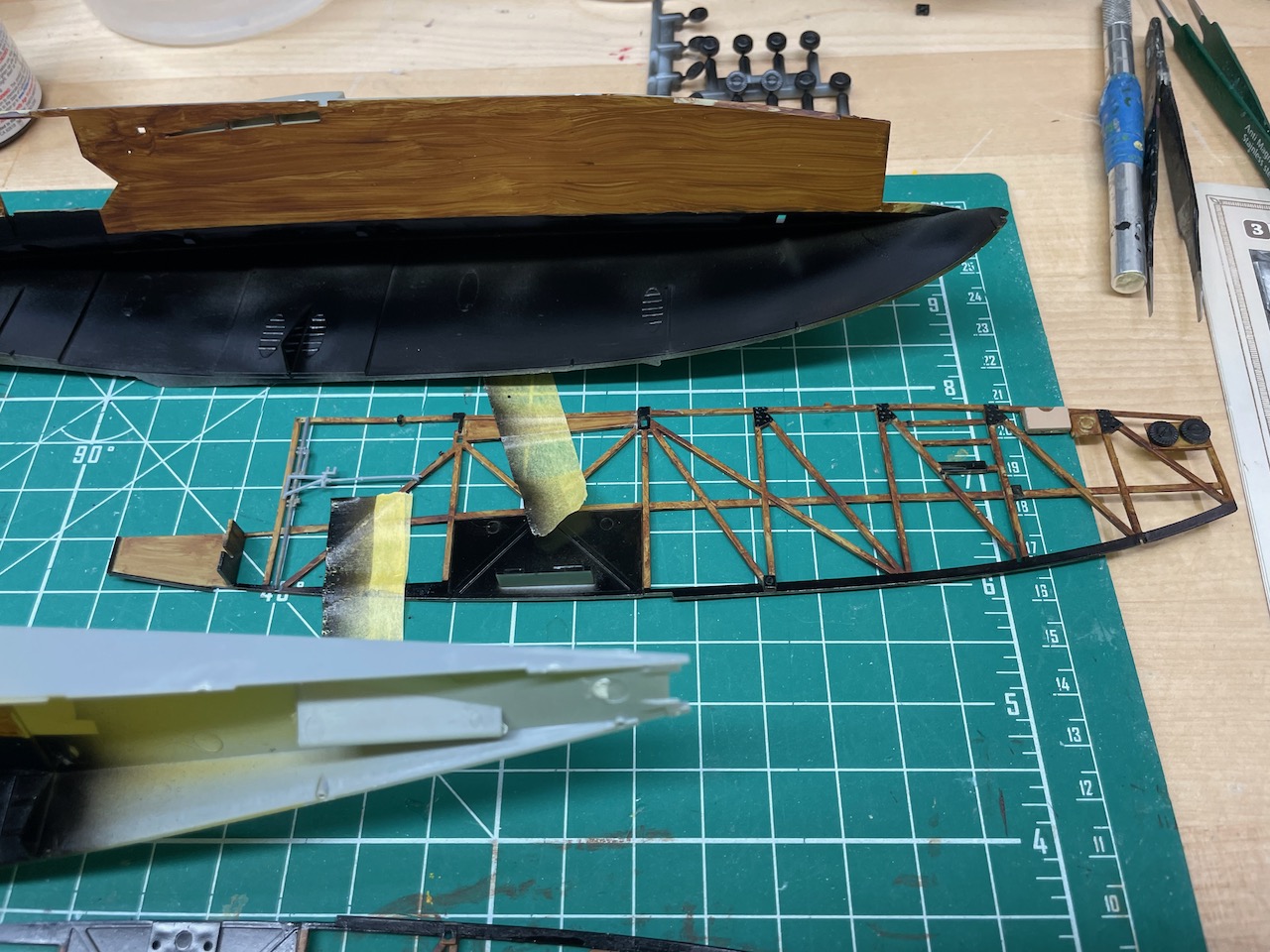
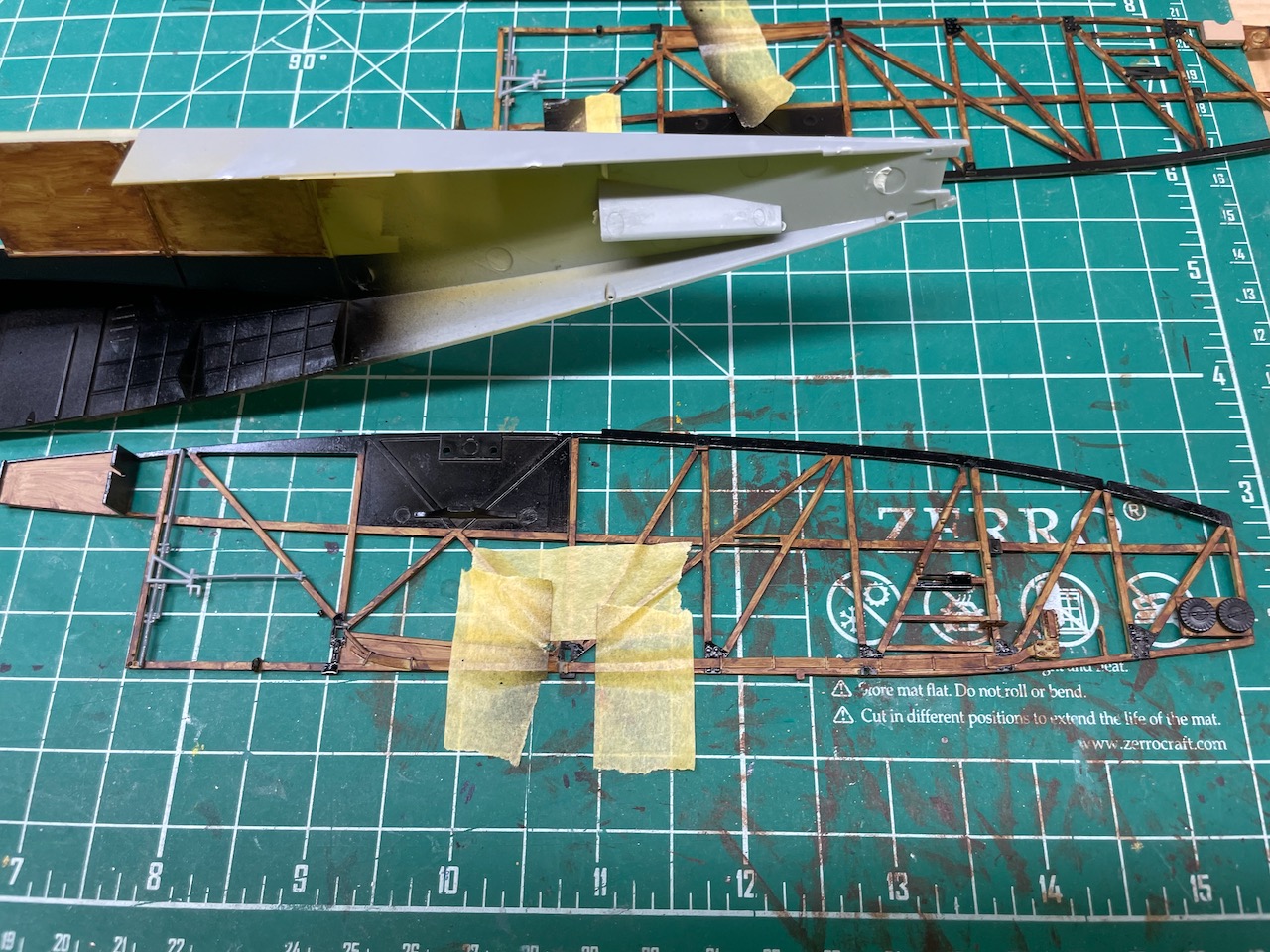
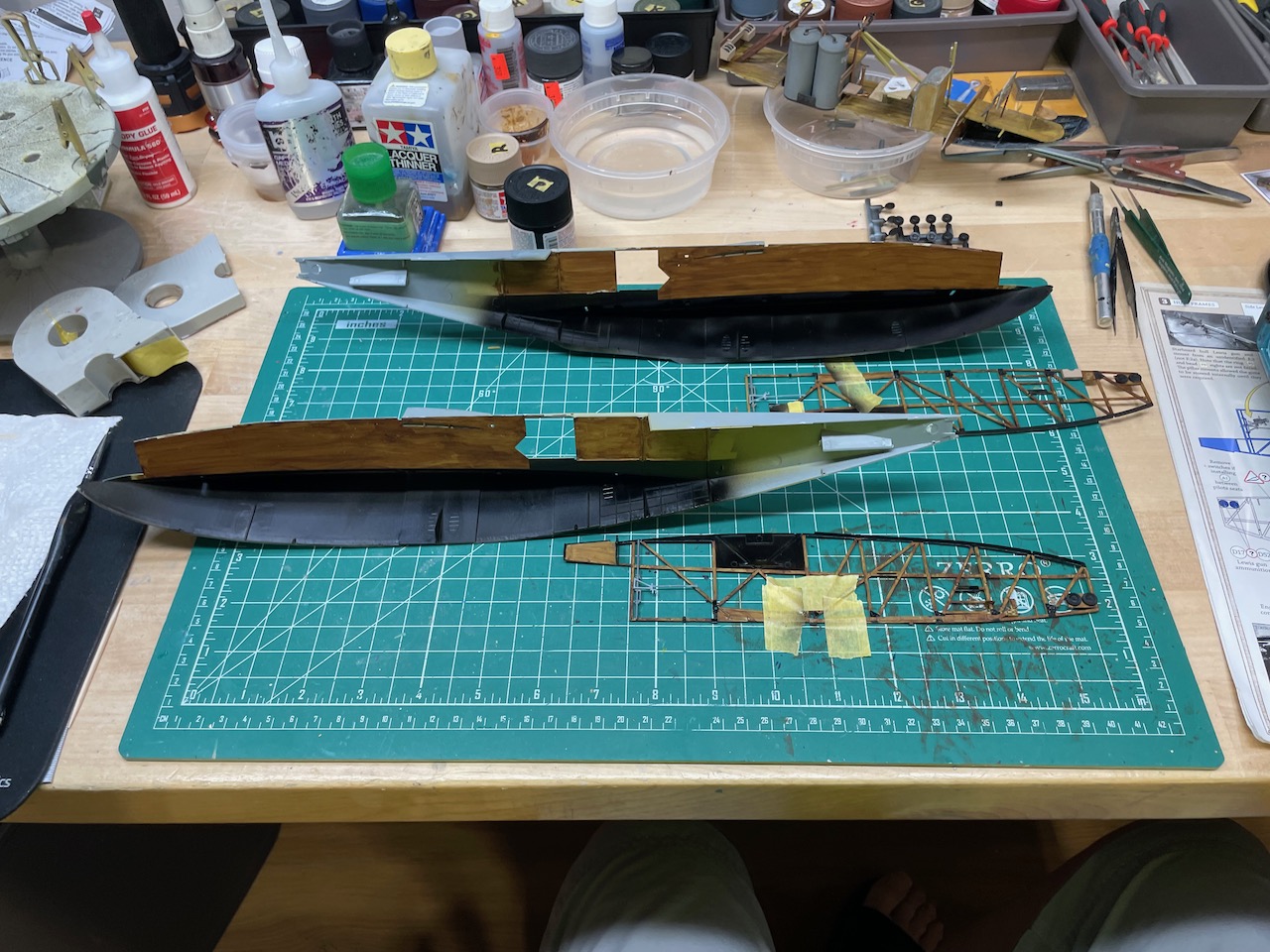
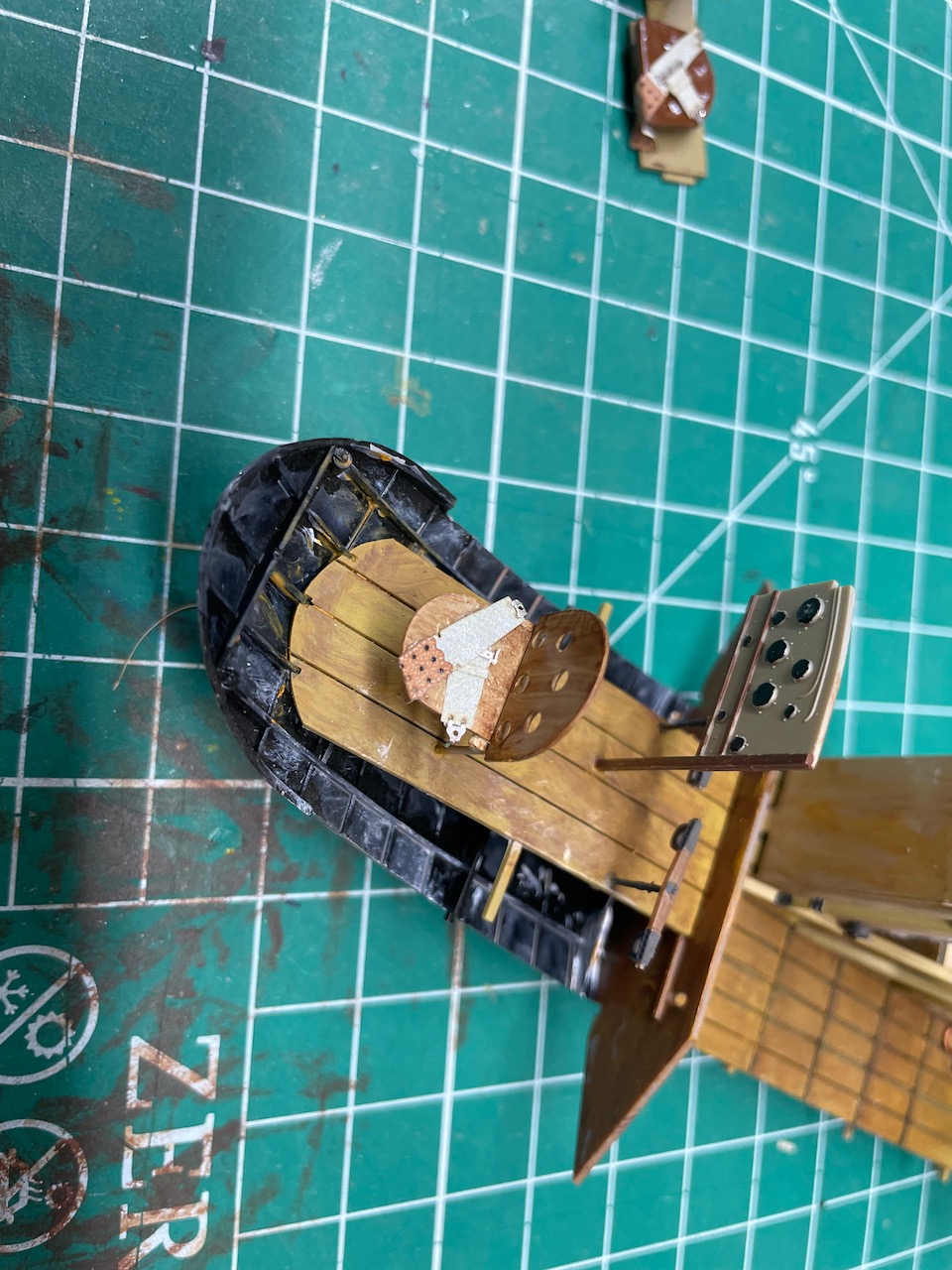
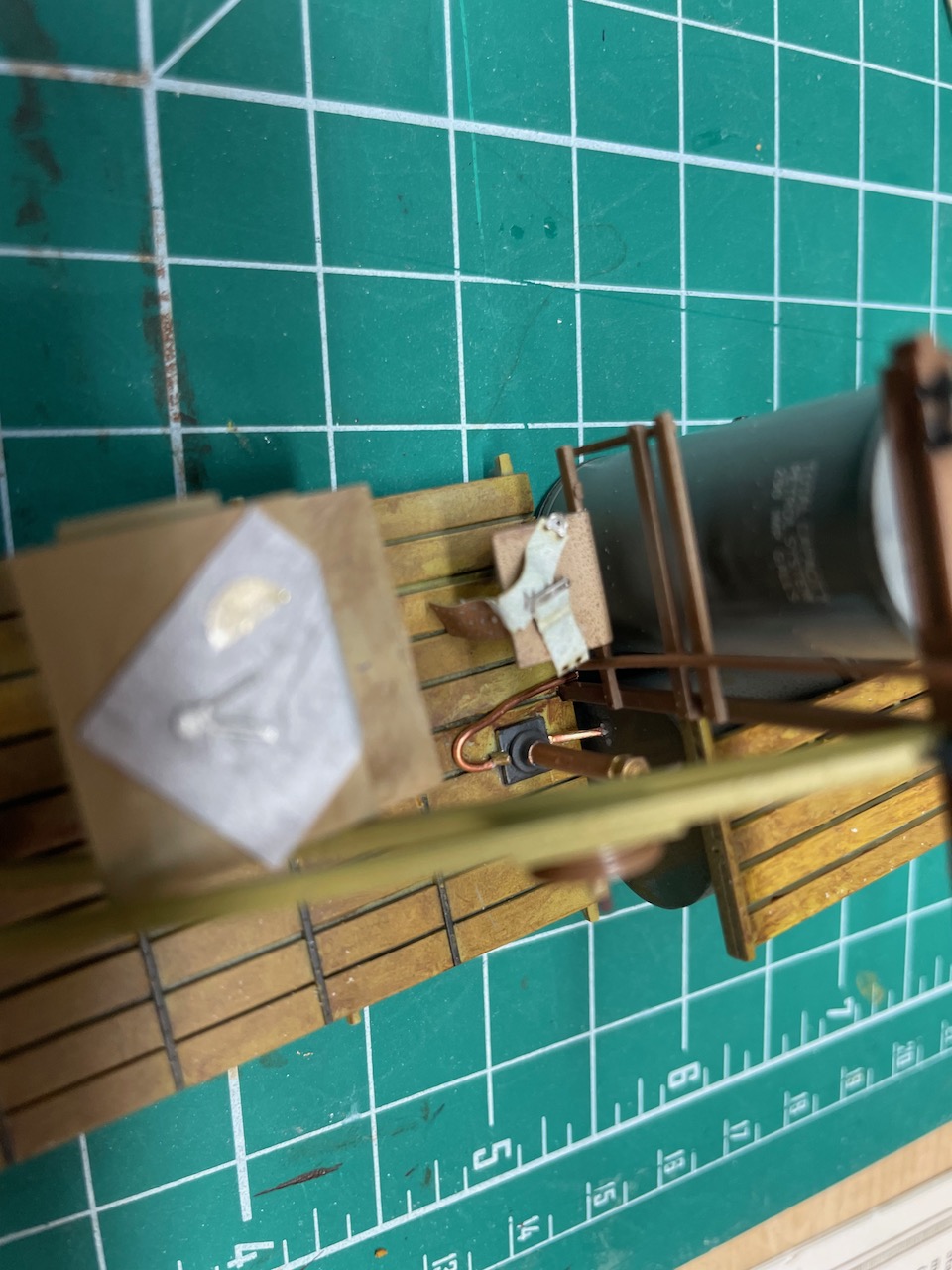
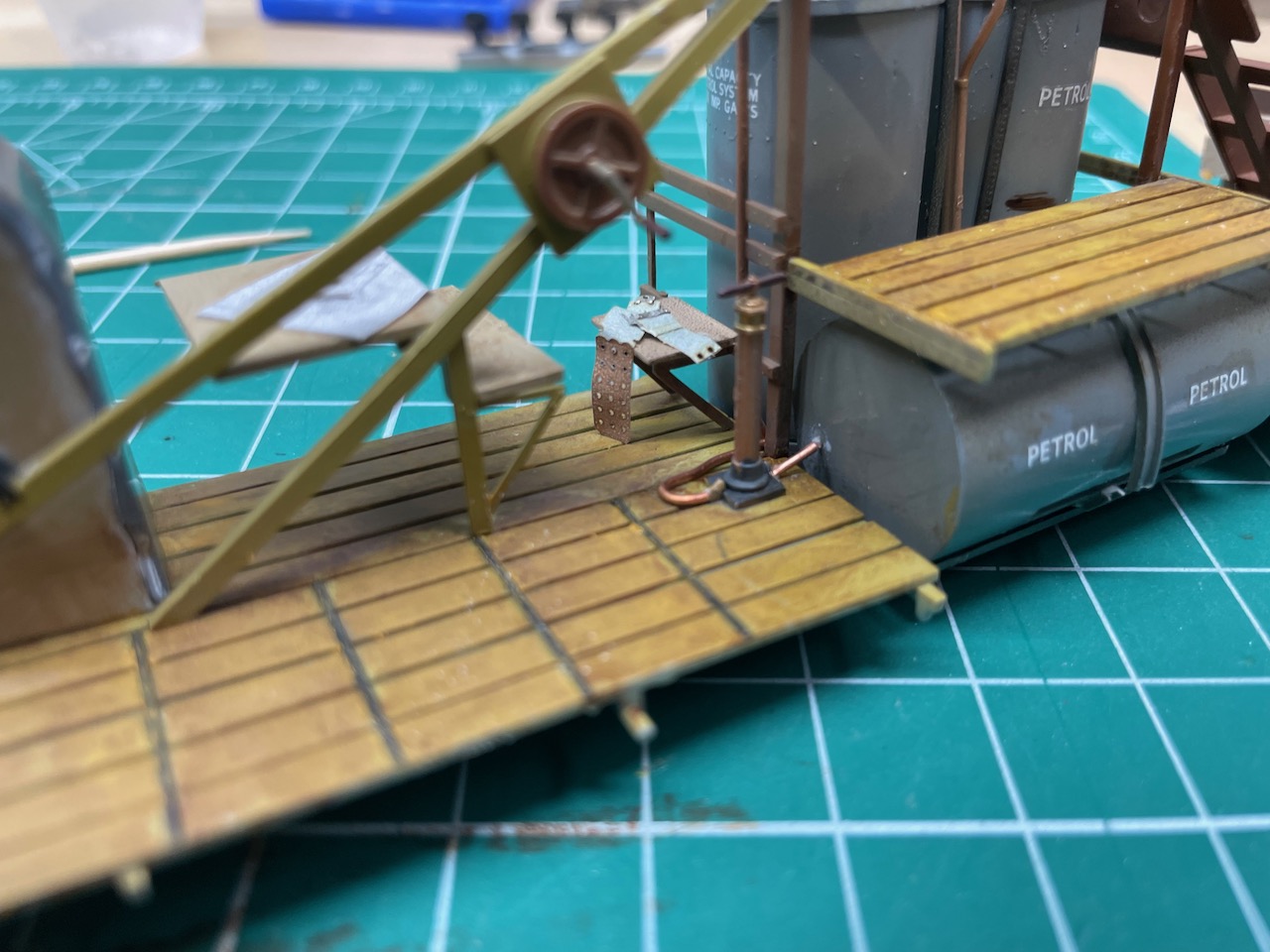
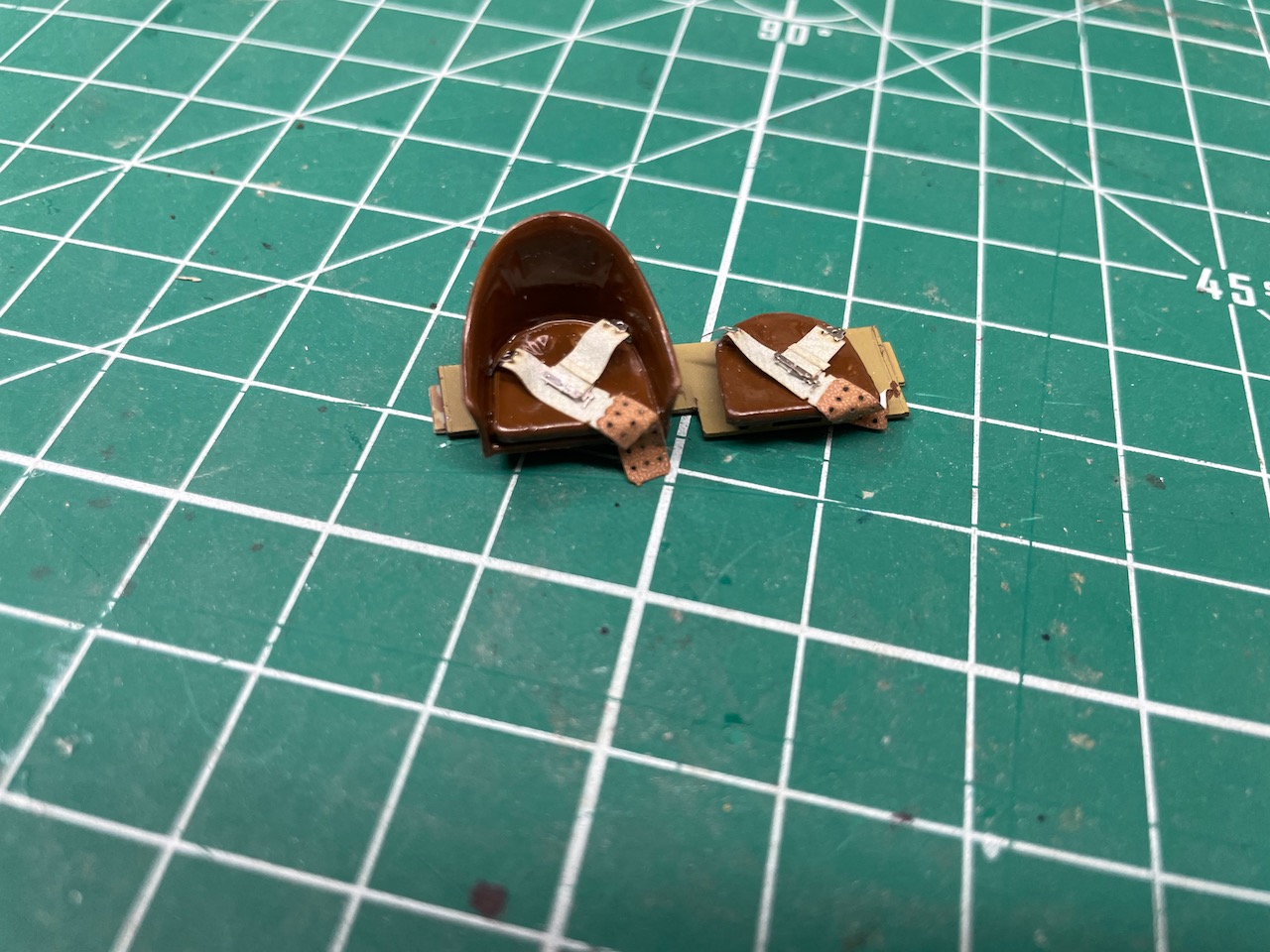
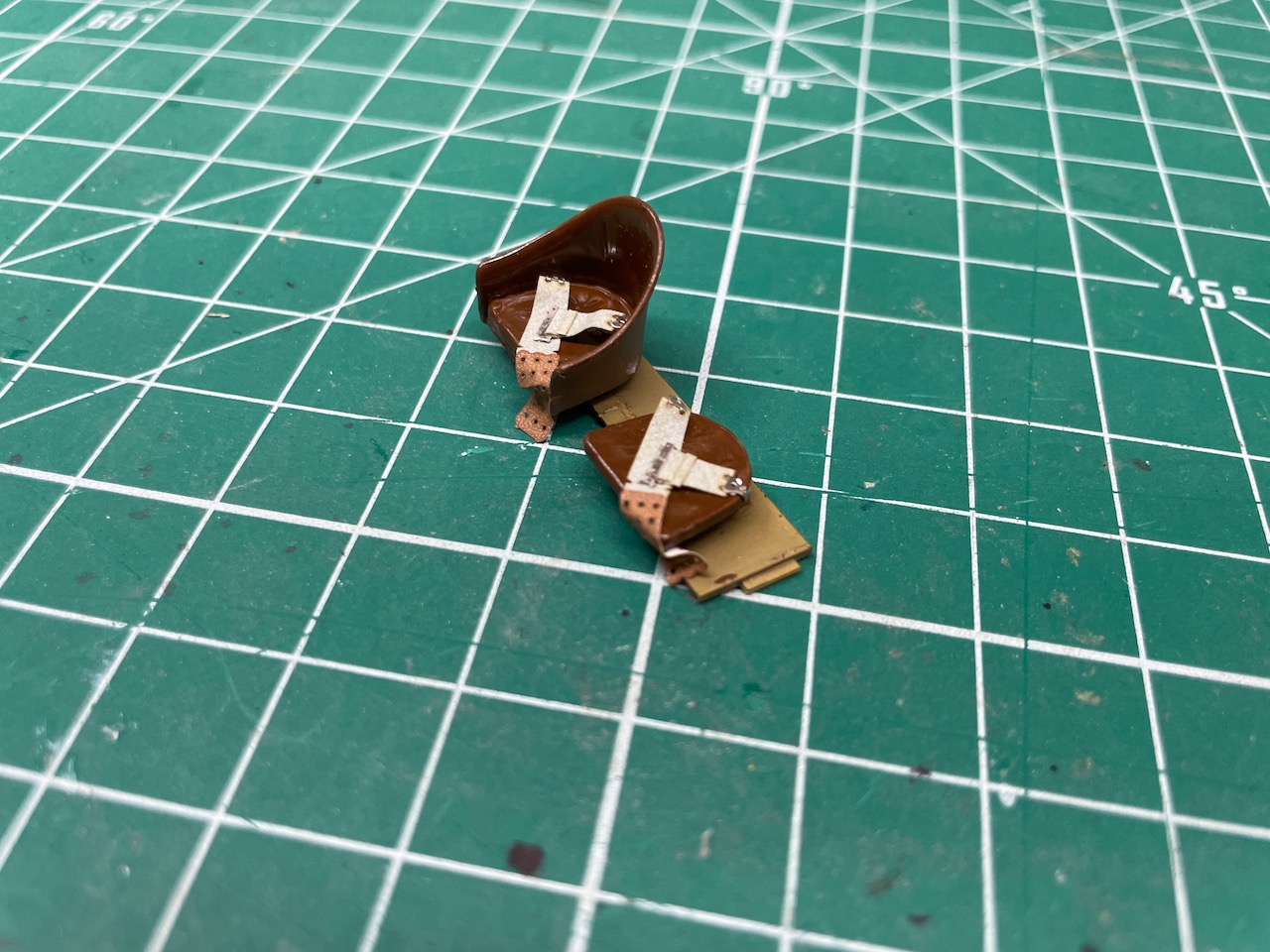
27 July 2024
I've managed to finish the crew area with complete rigging. One or two items are still left, but I wanted to get the pictures up. This has been a difficult week, as I pinched a nerve in my lower back, which is giving me pain and weakness down my right leg.
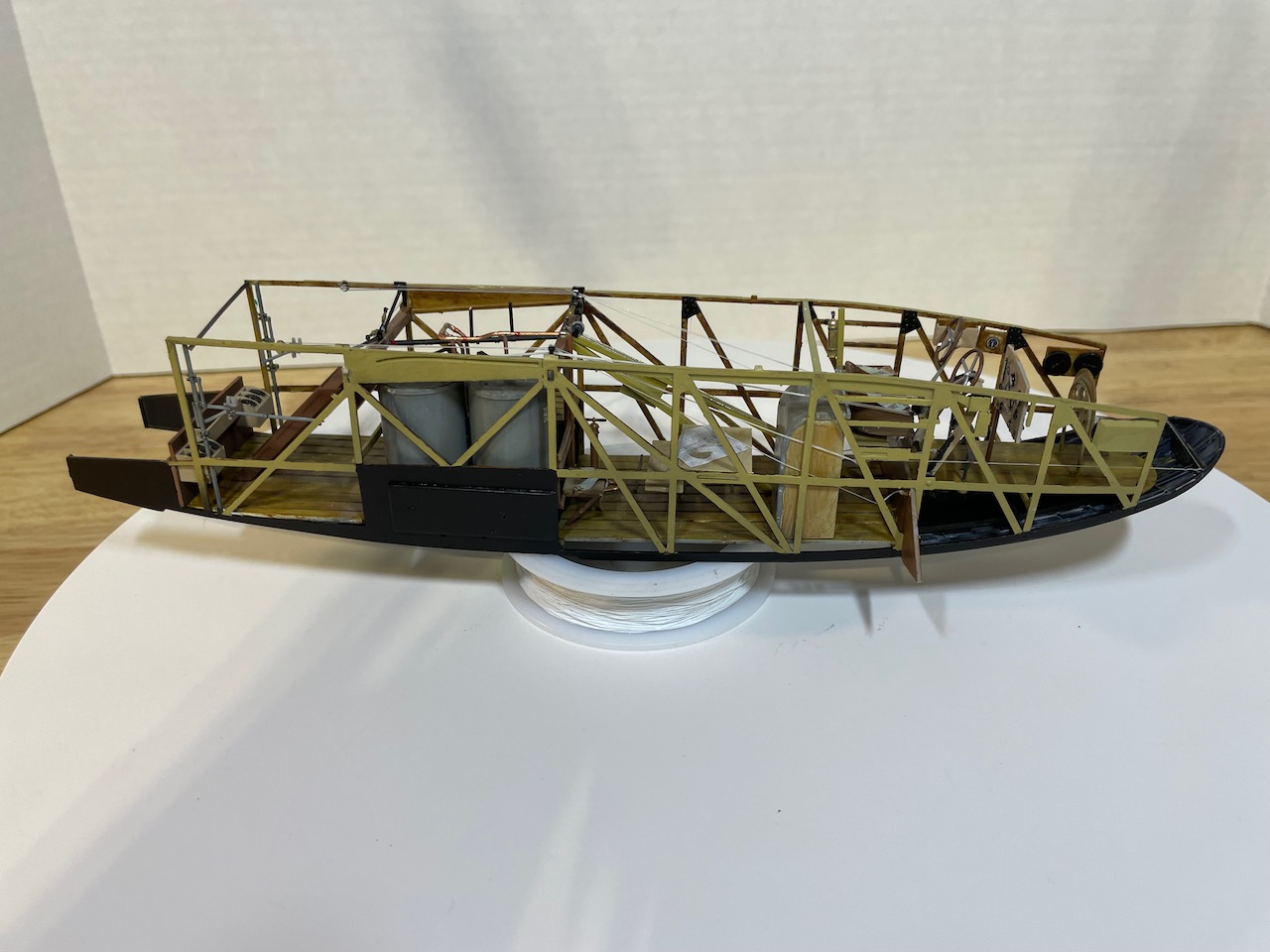
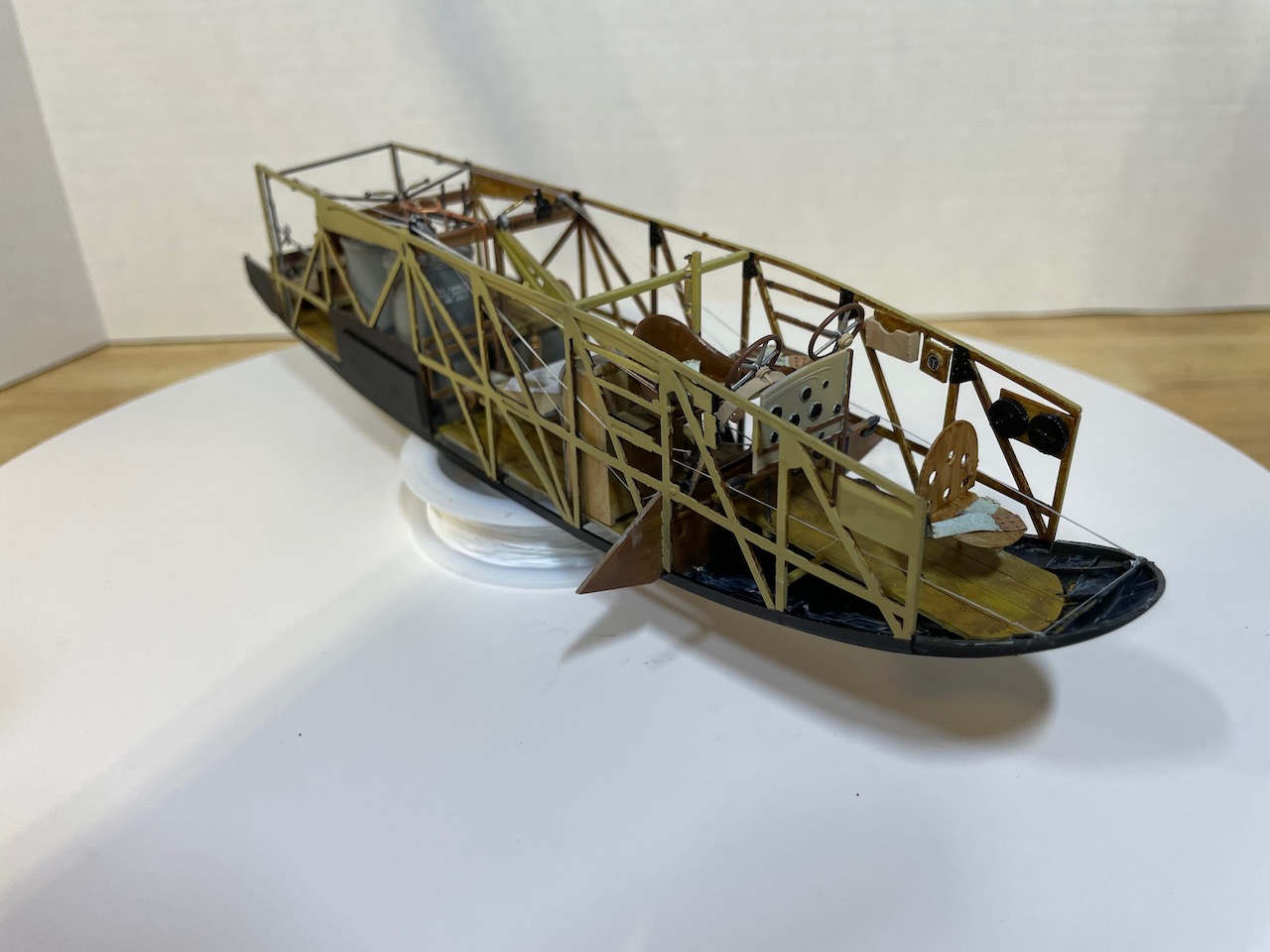
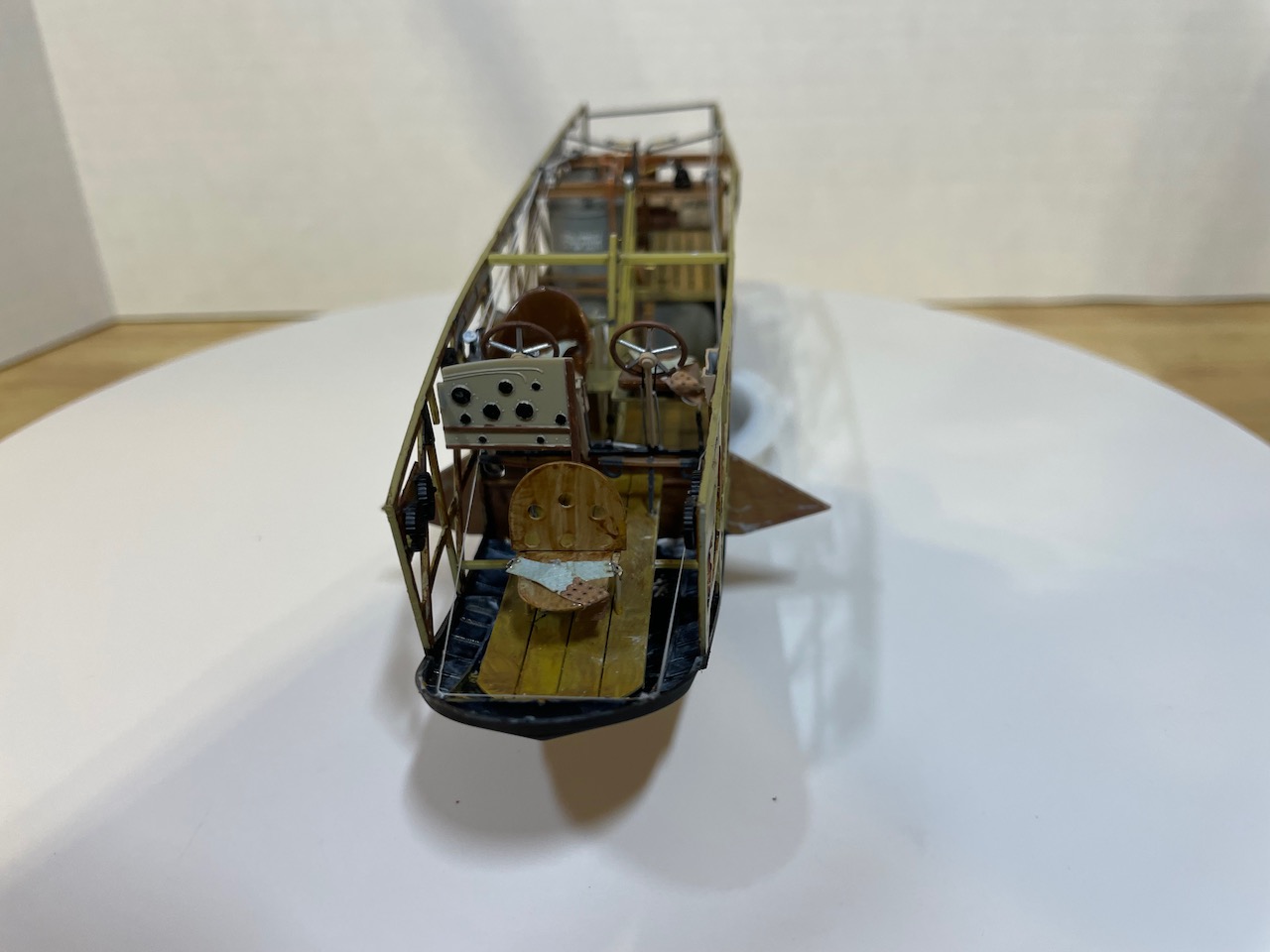
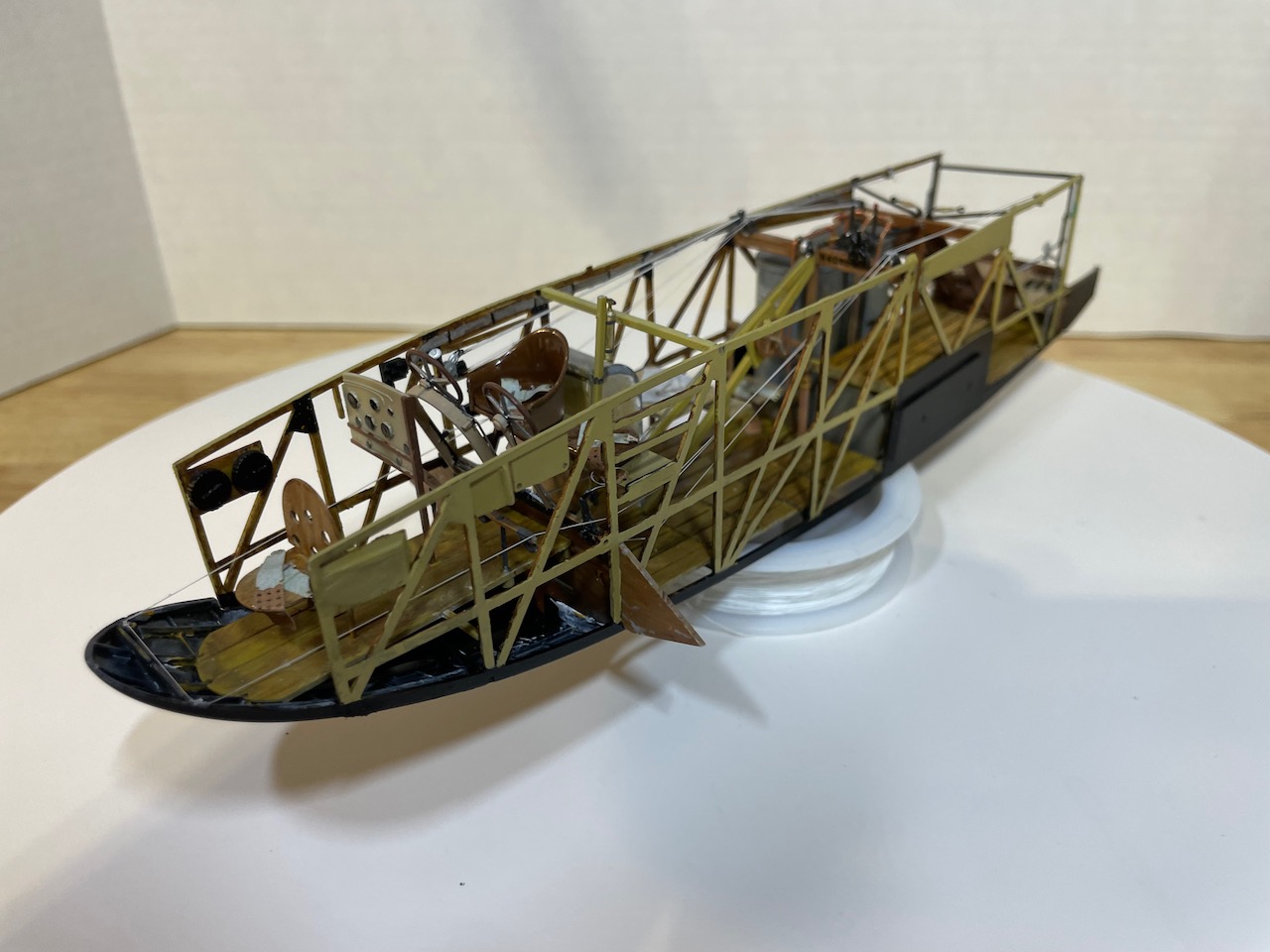
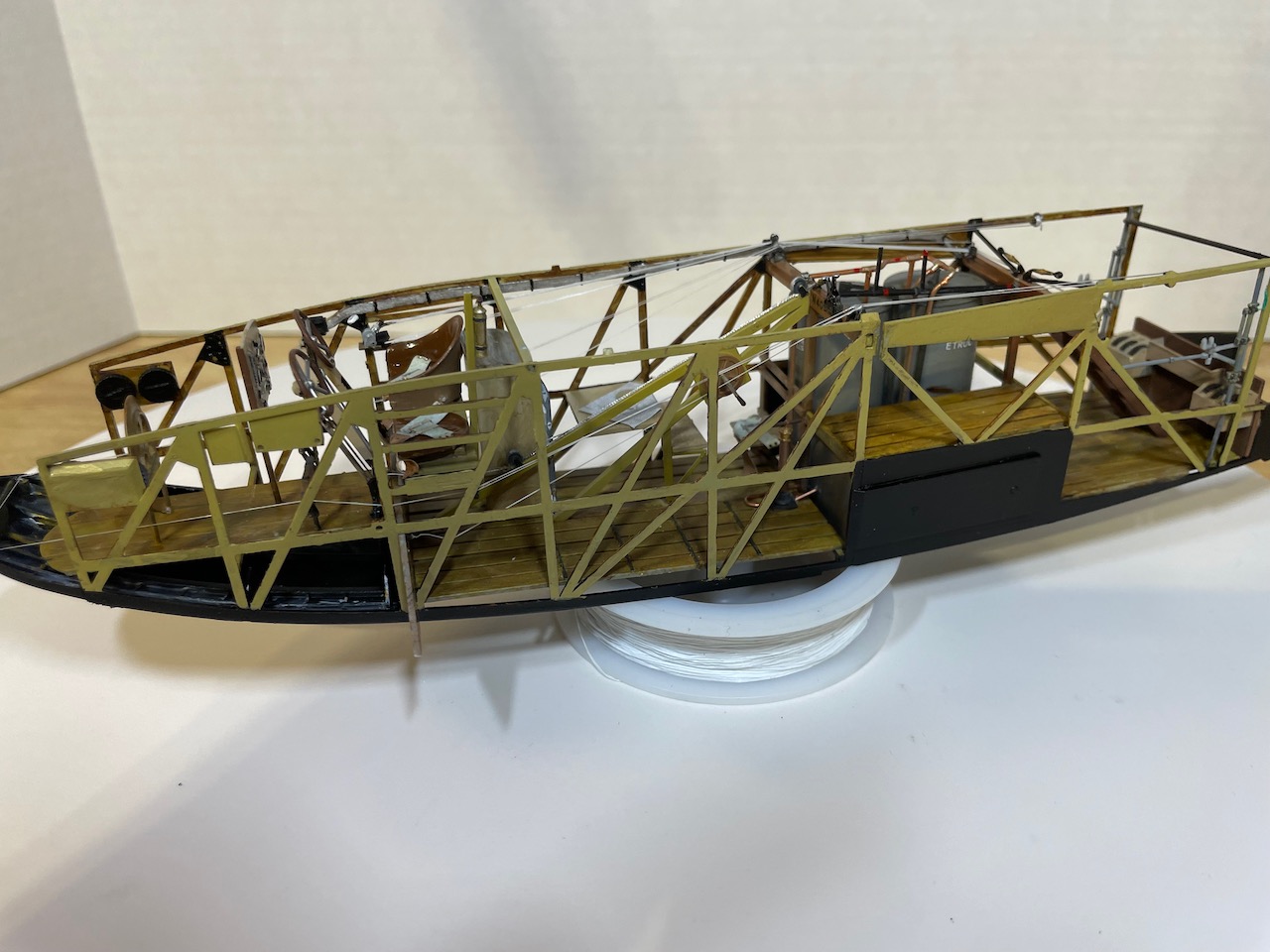
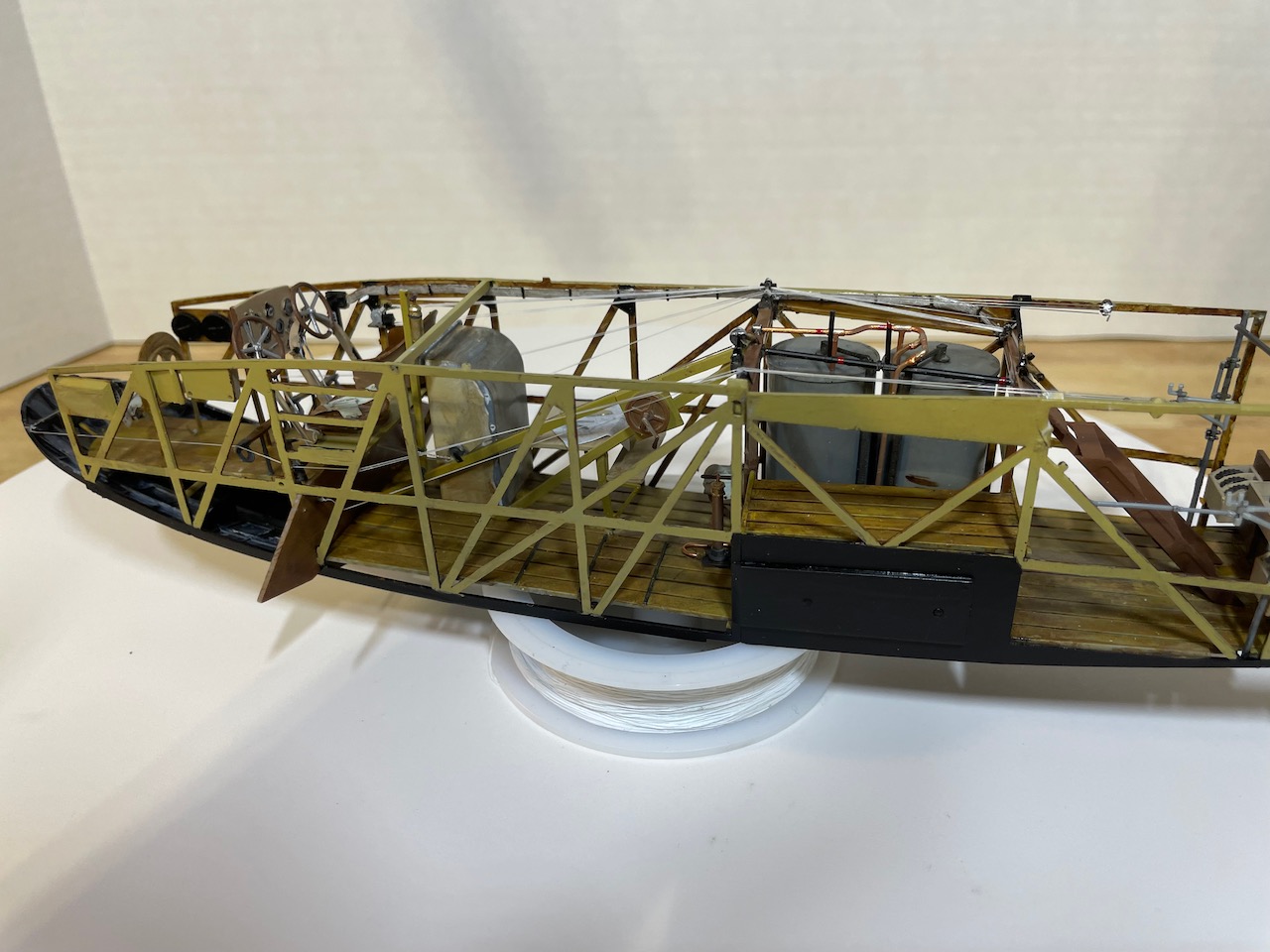
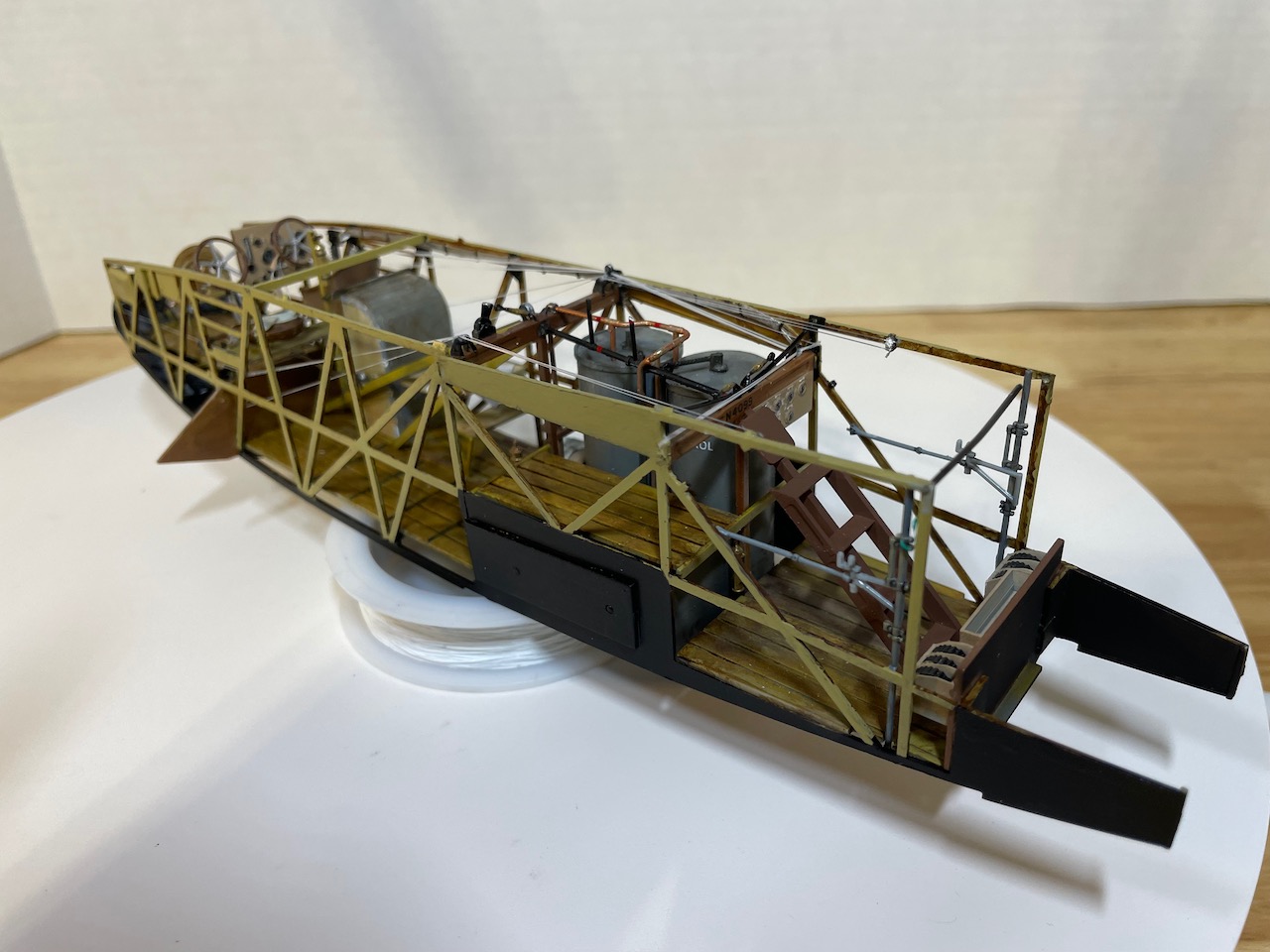
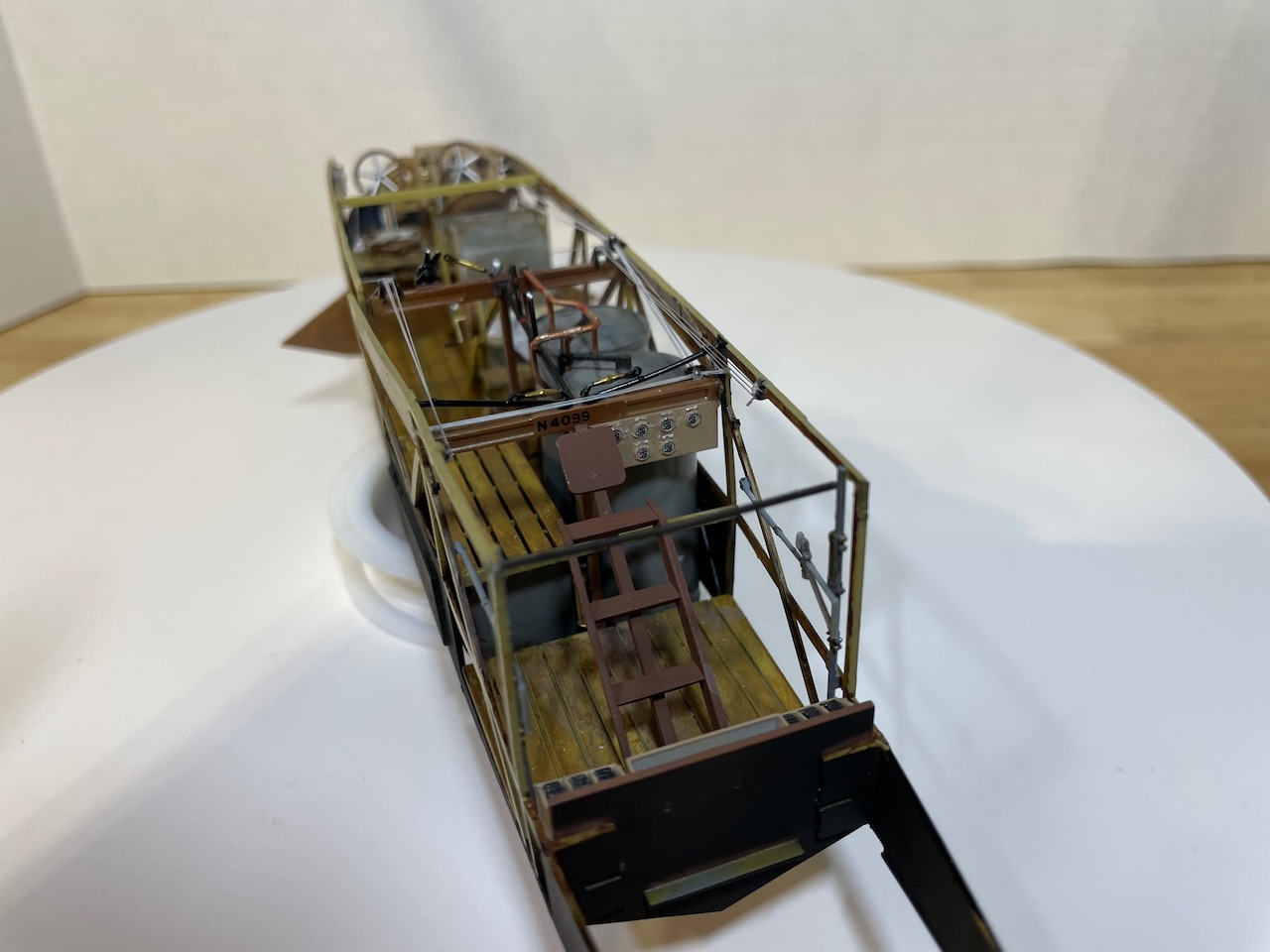
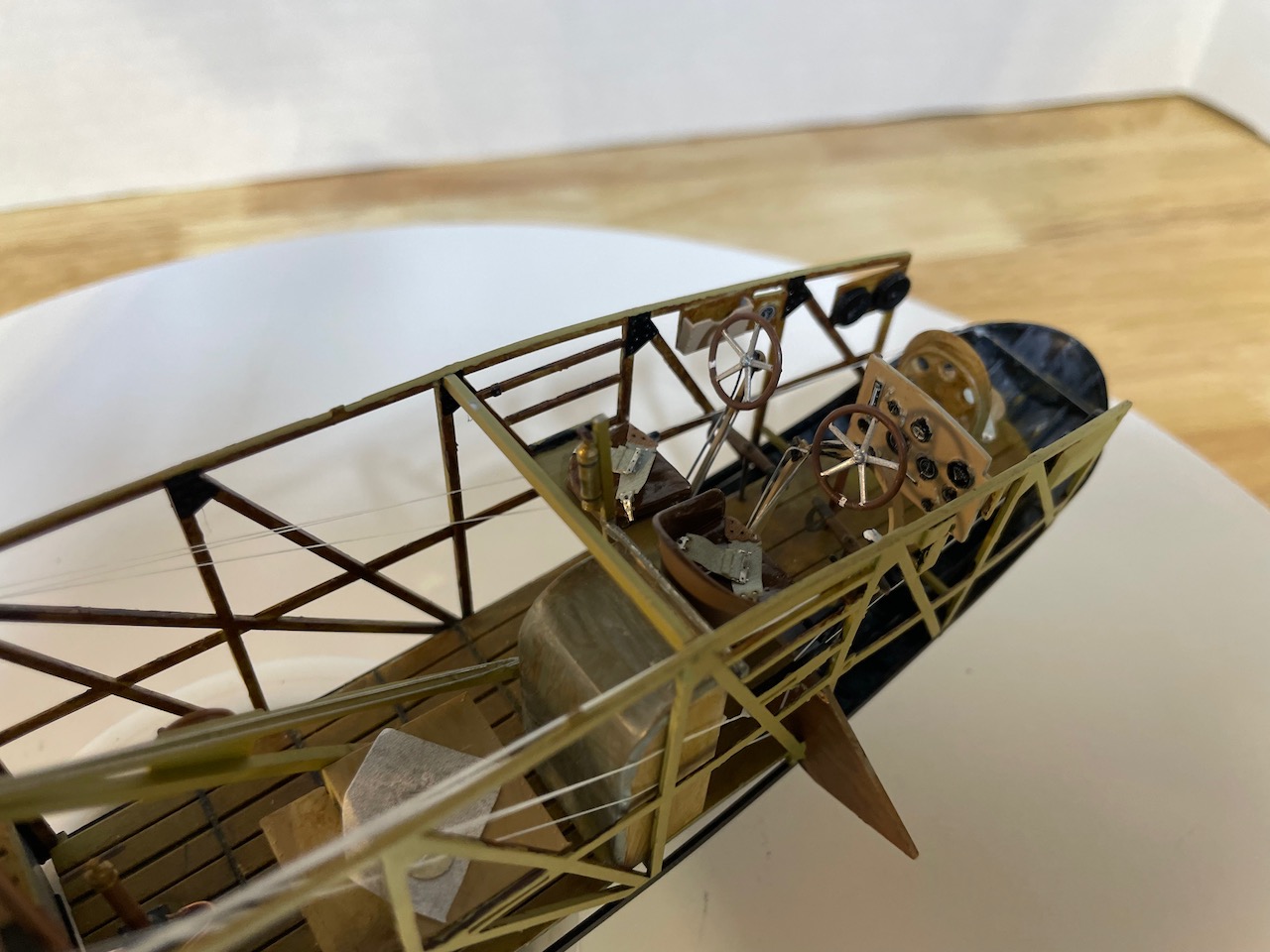
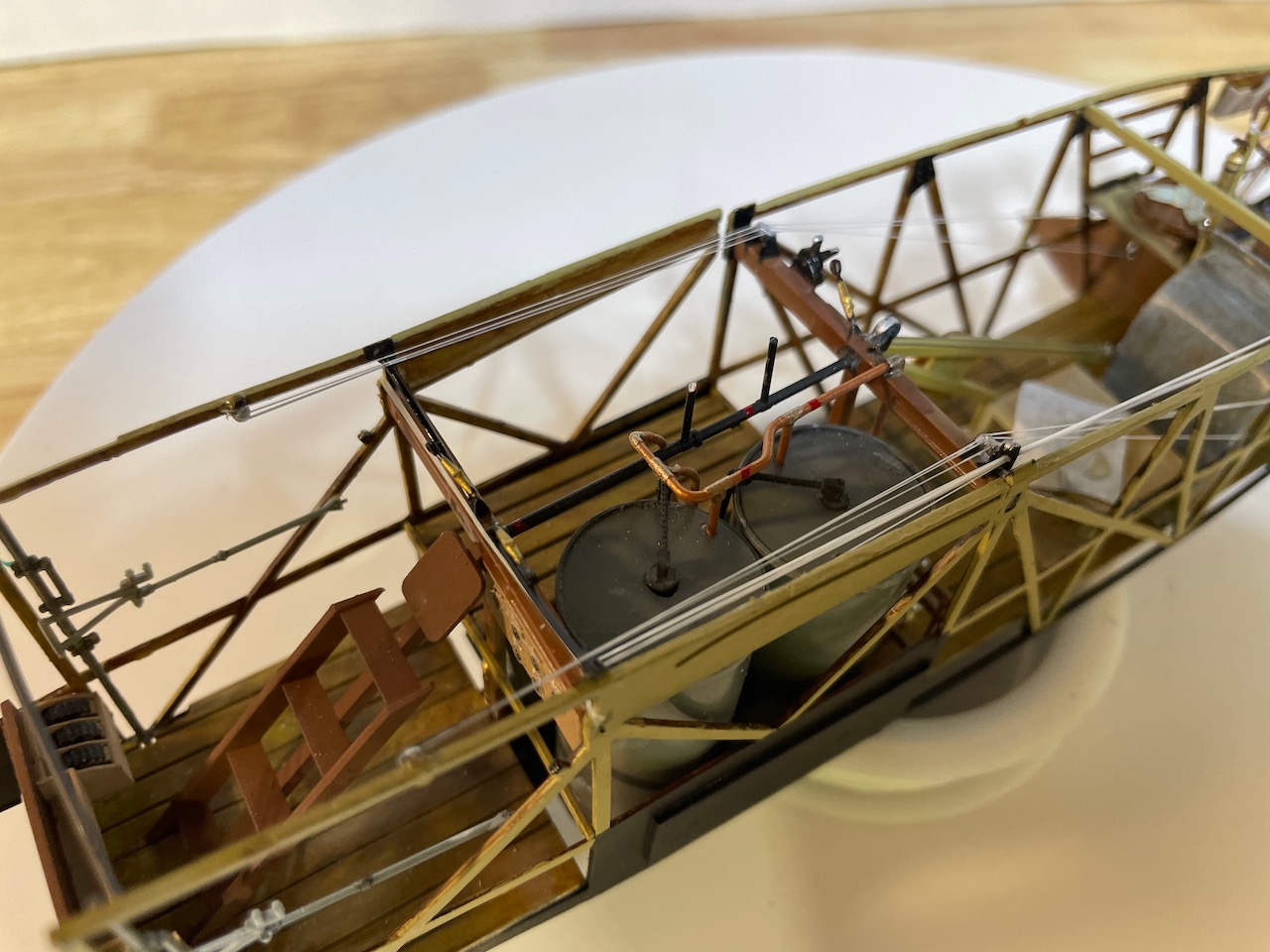
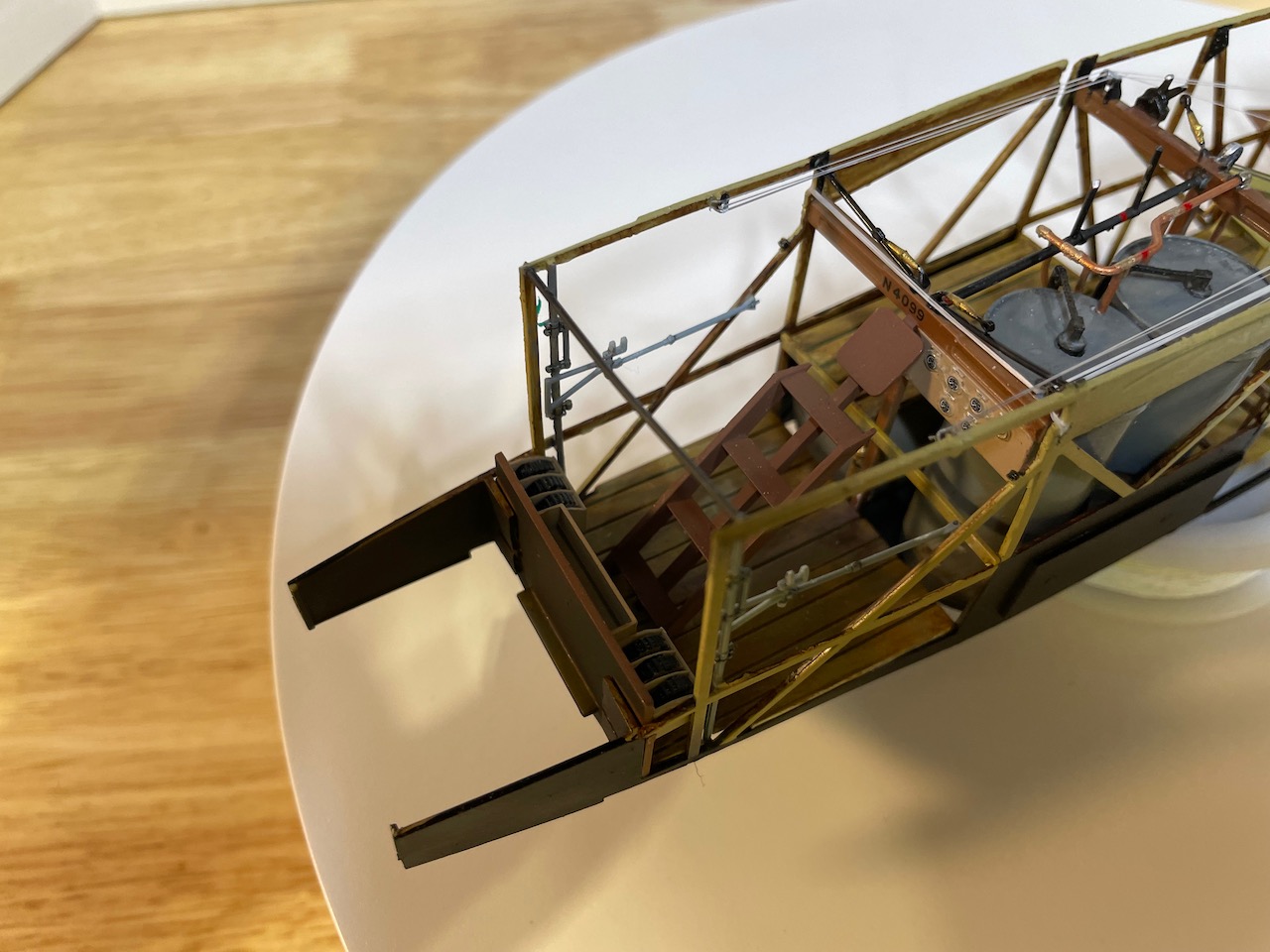
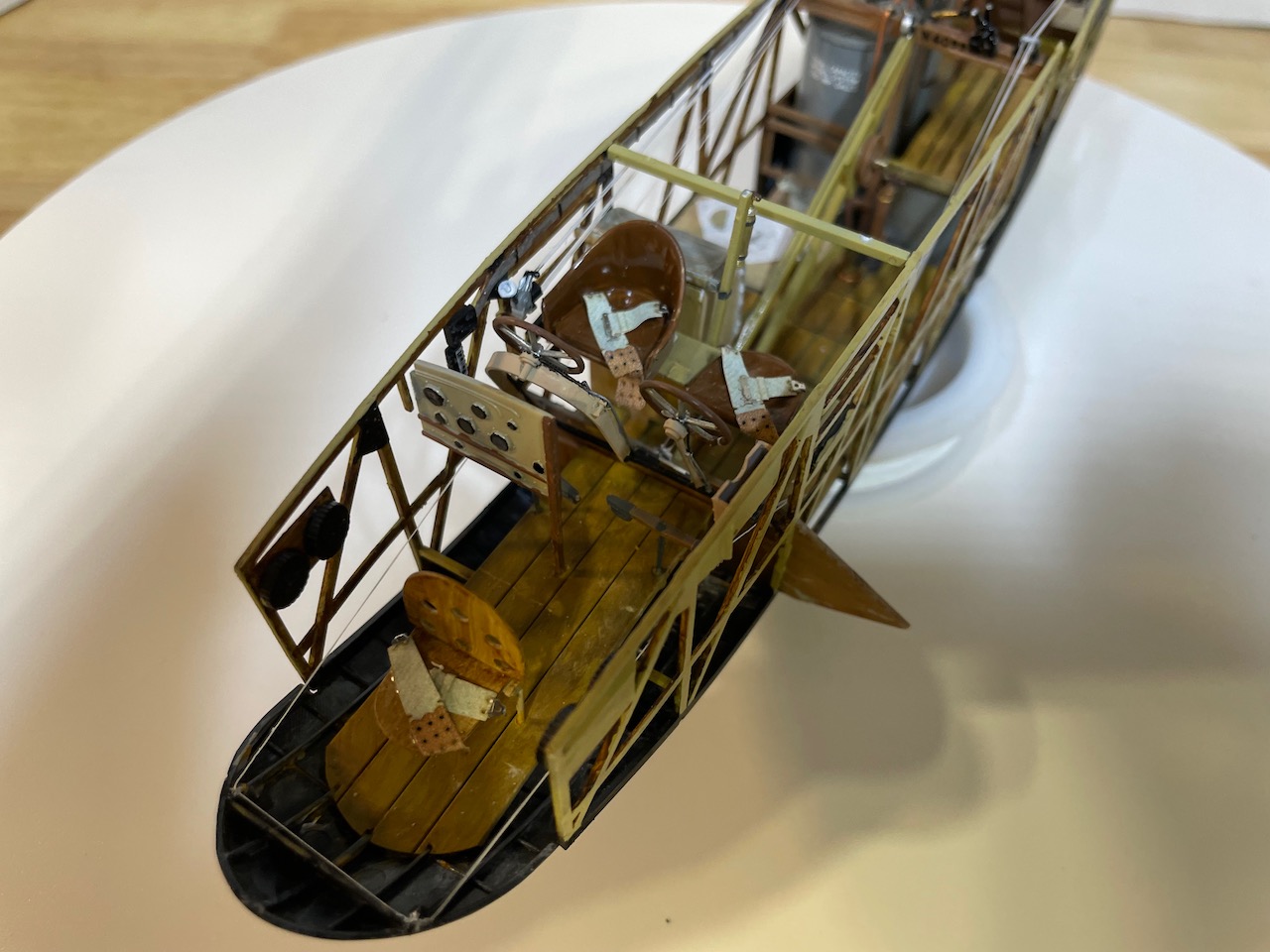

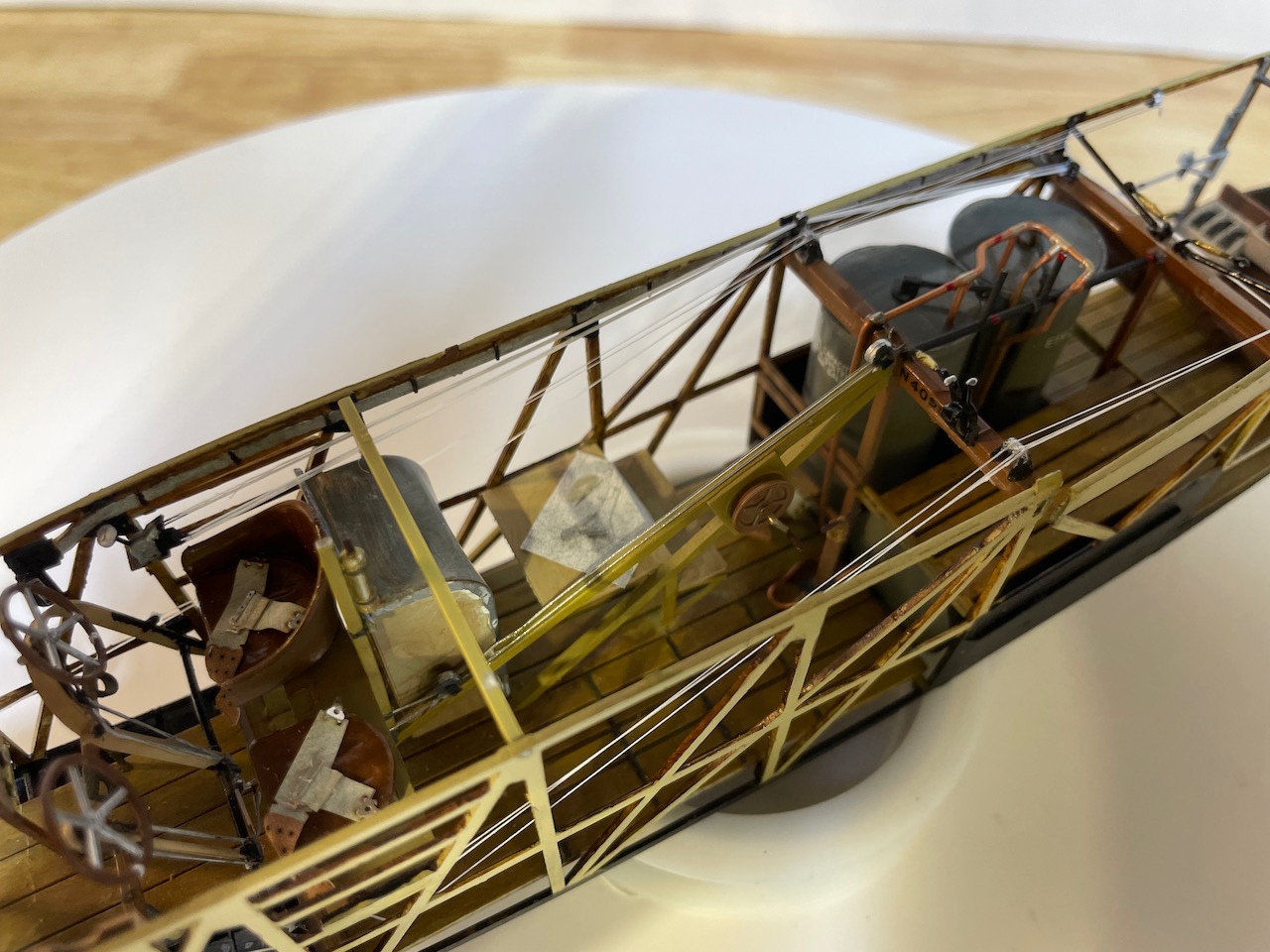
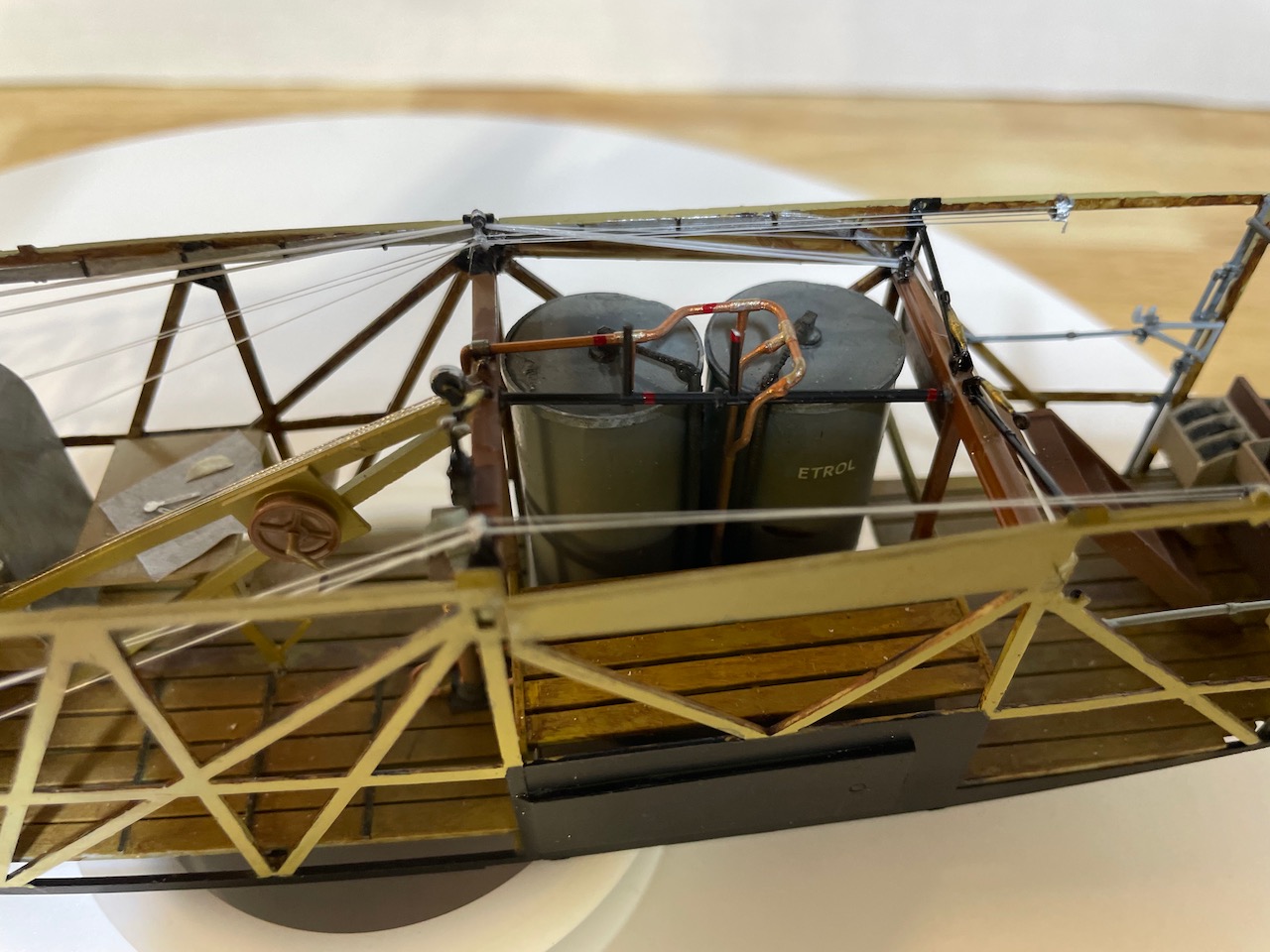
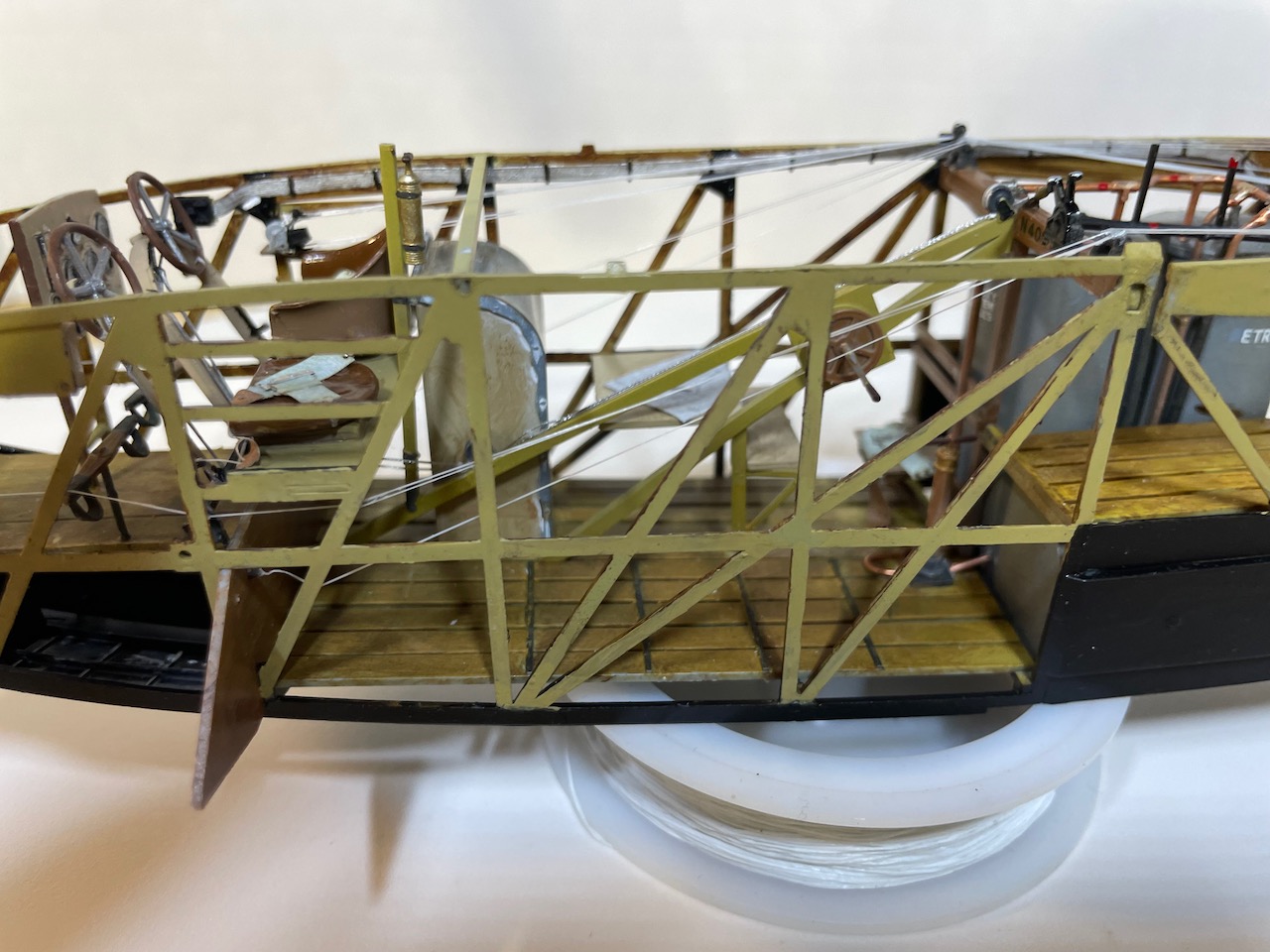
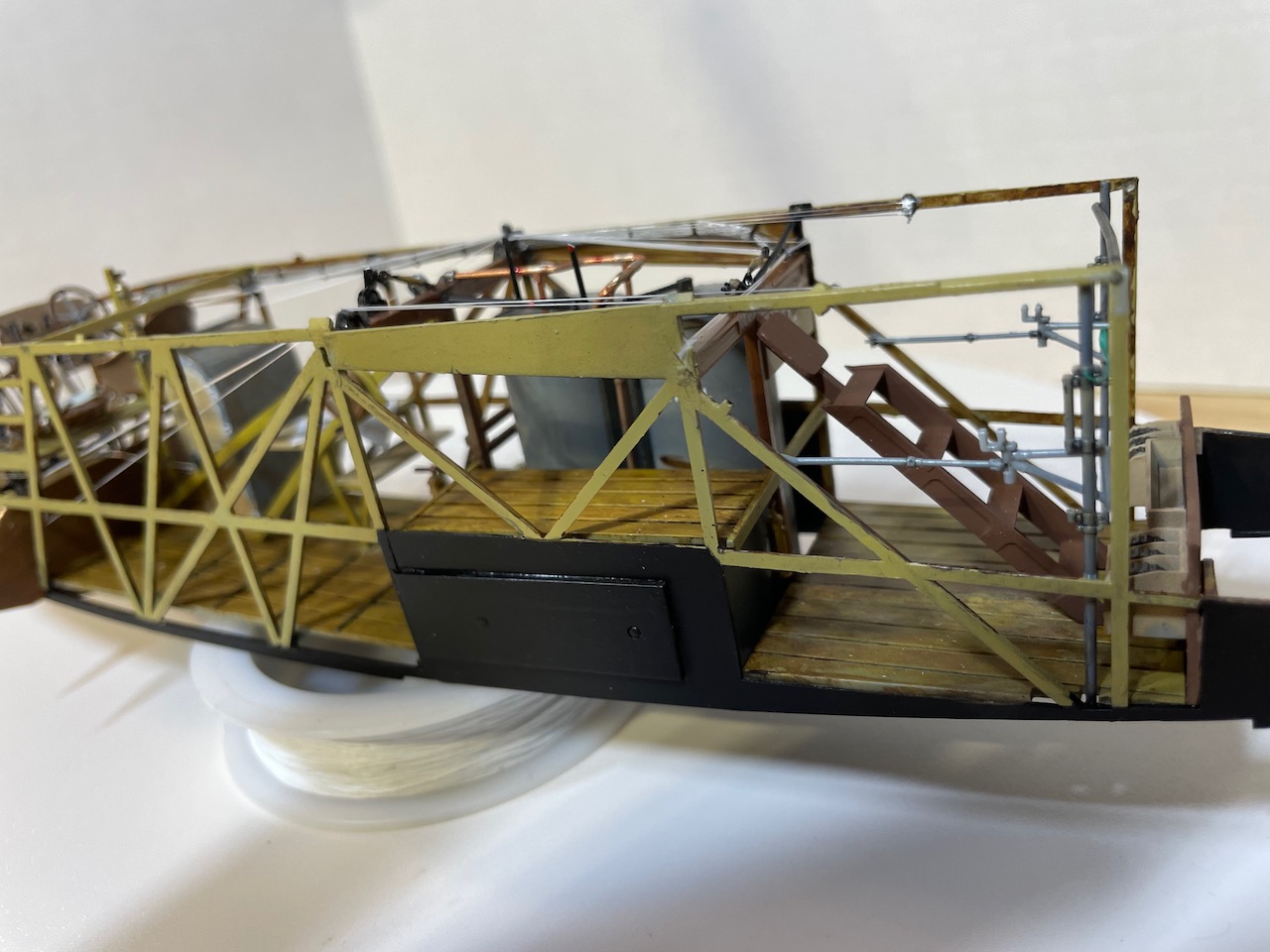
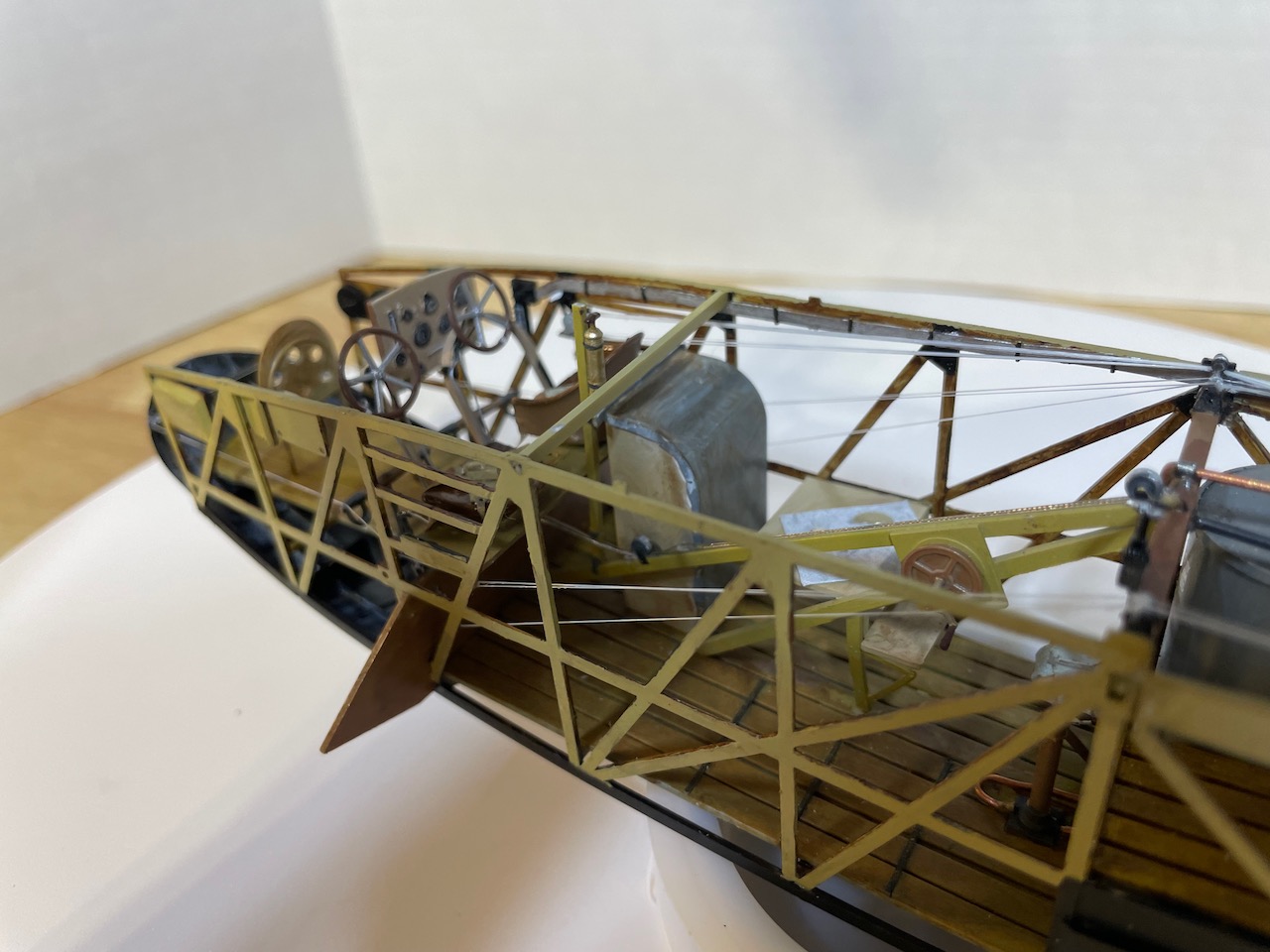
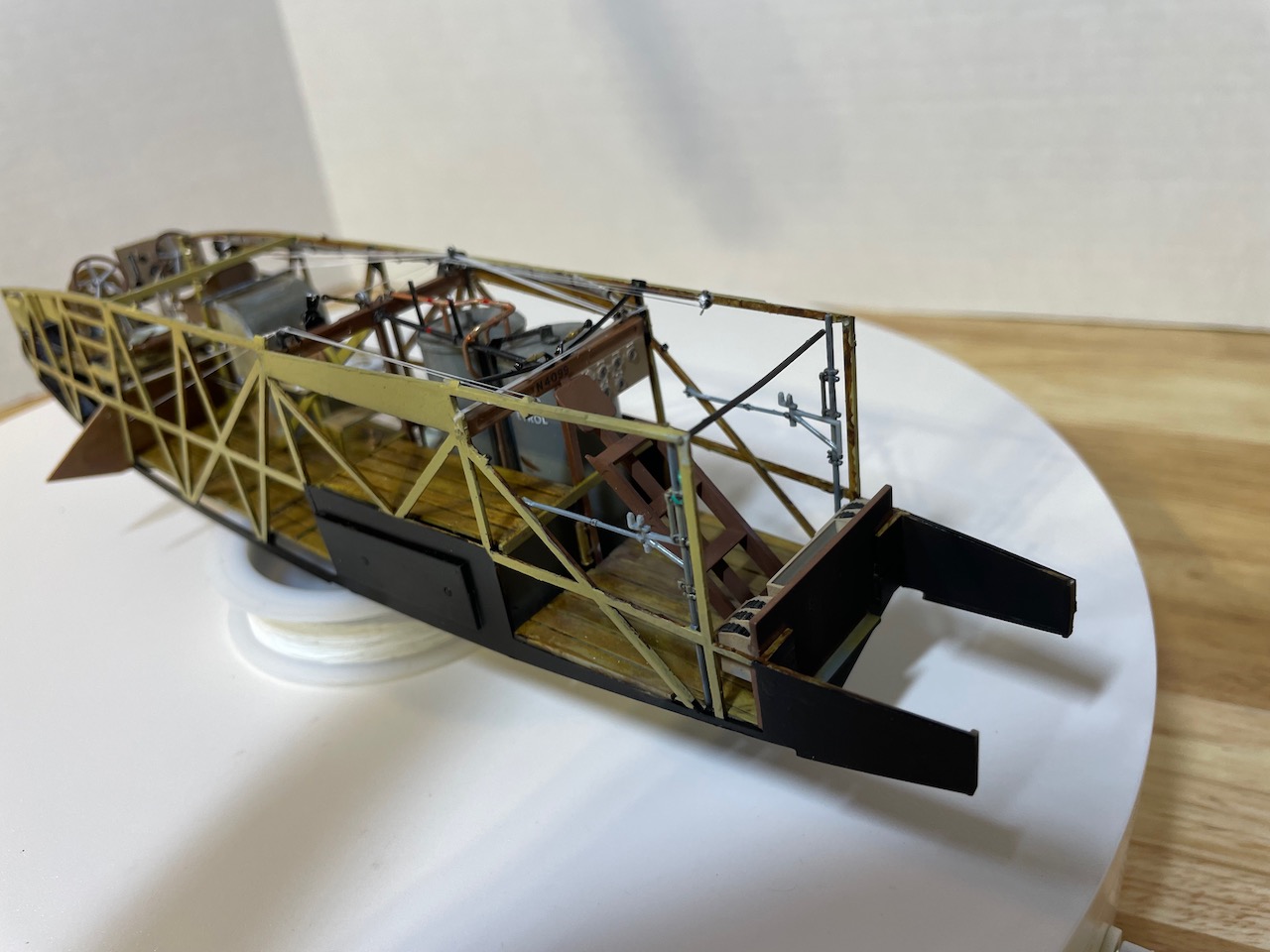
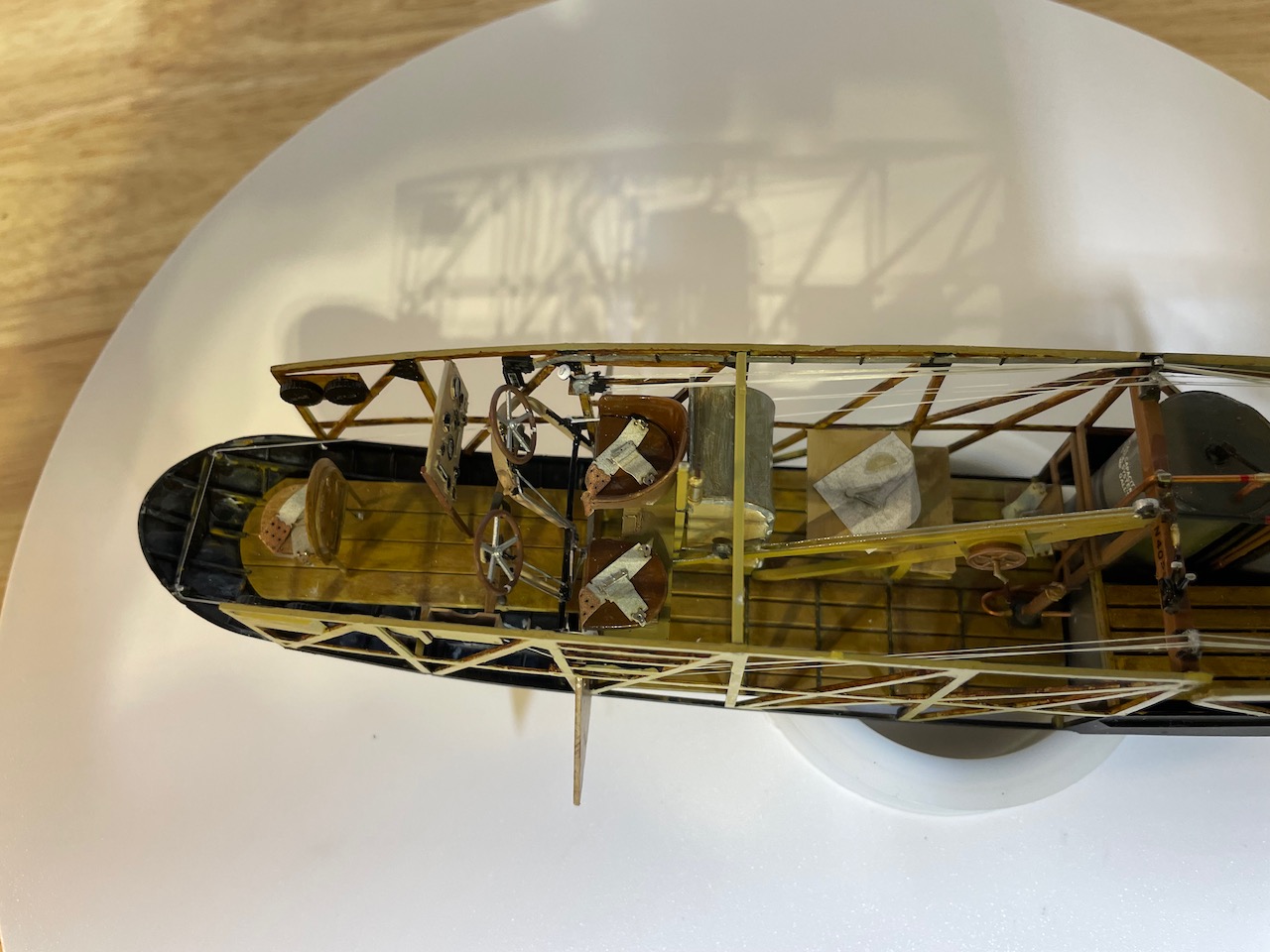
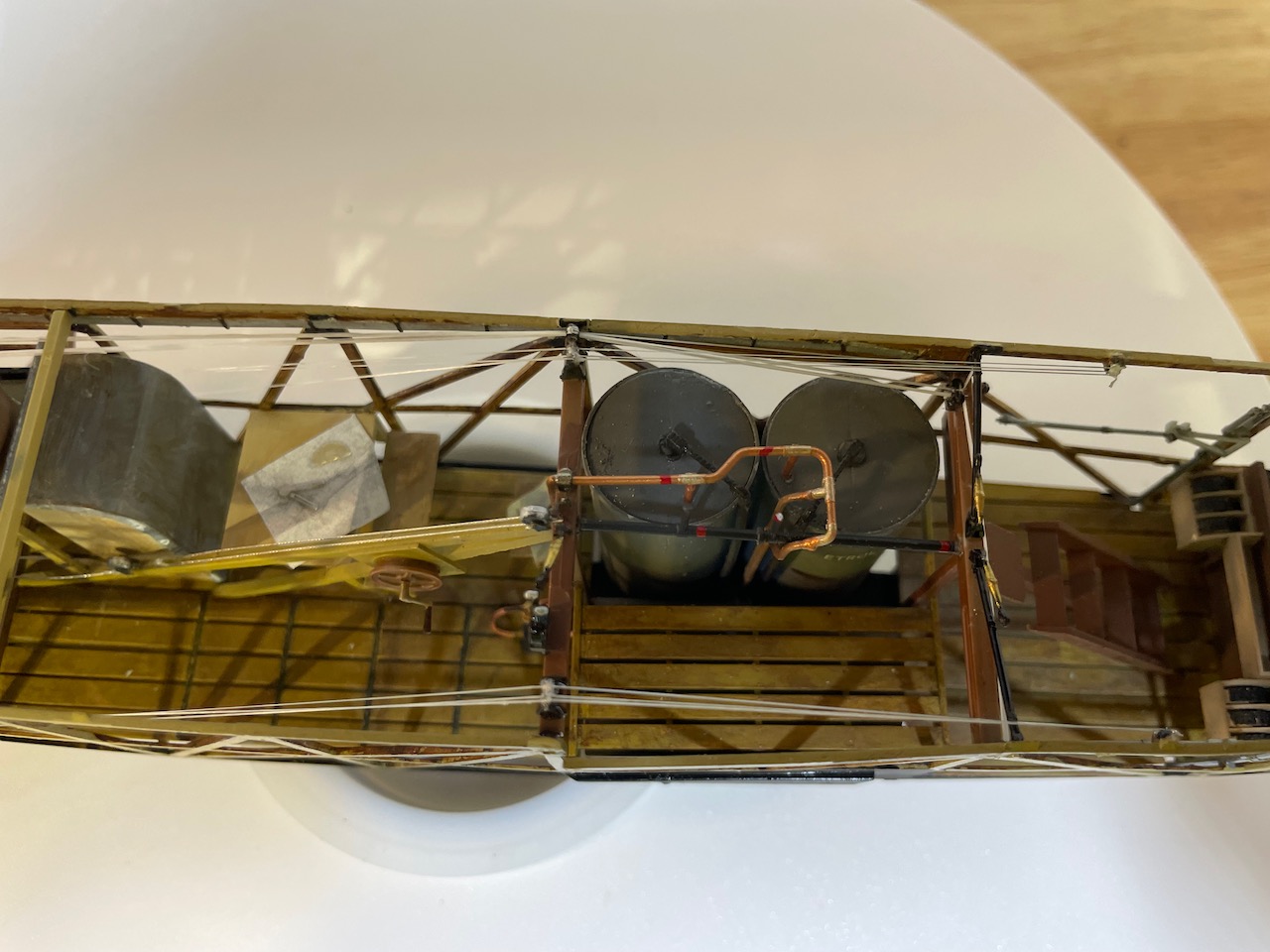
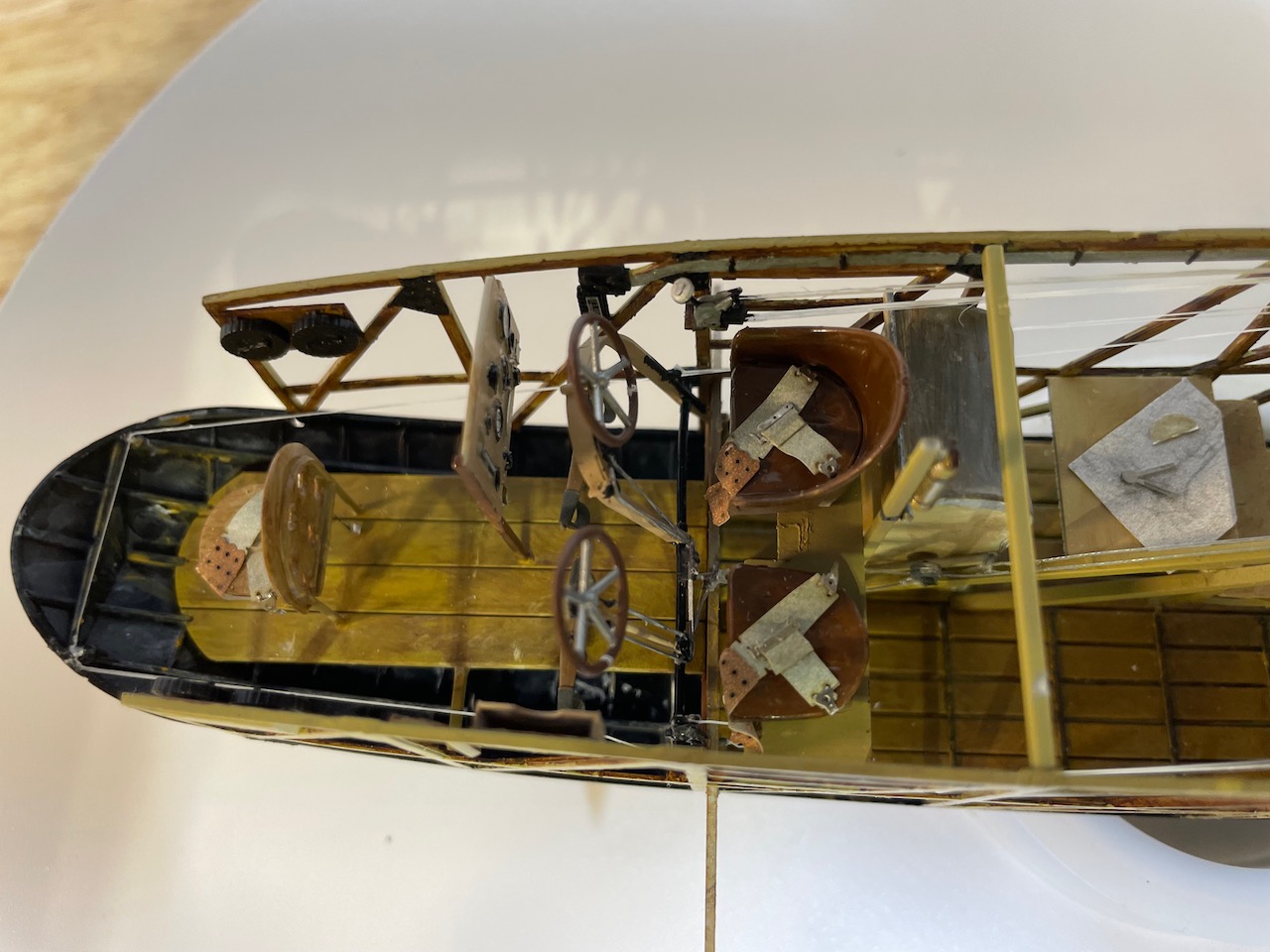
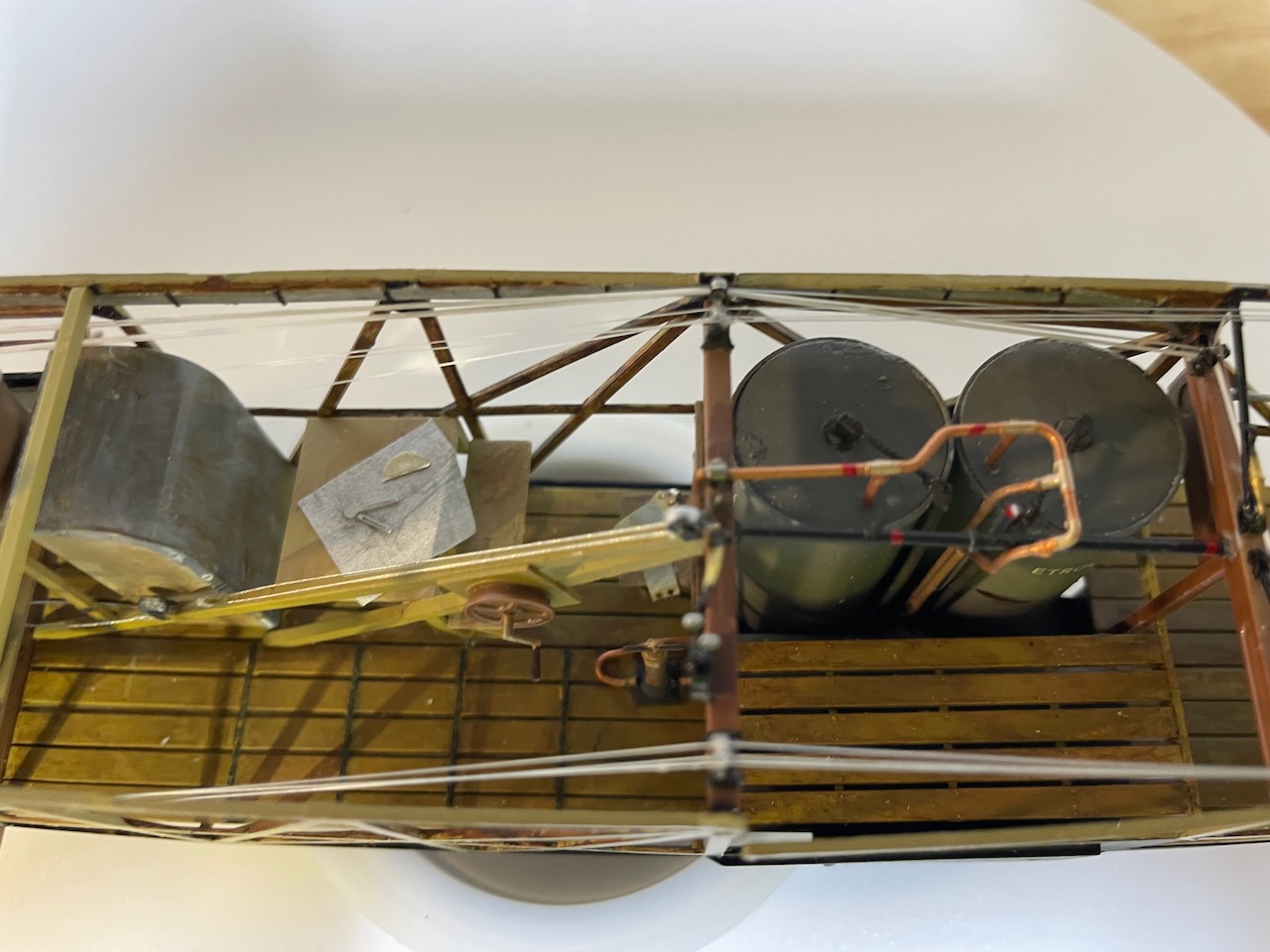
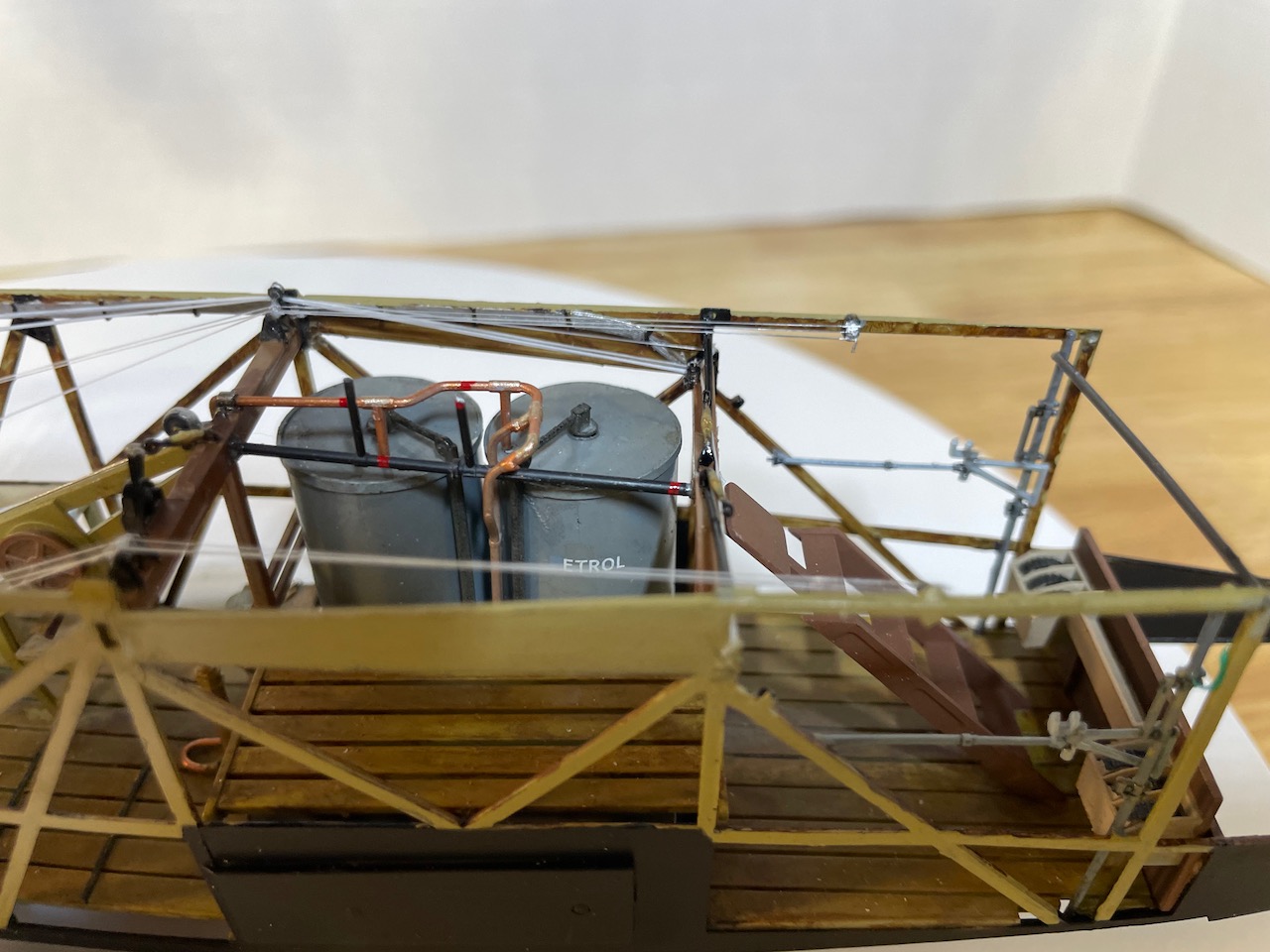
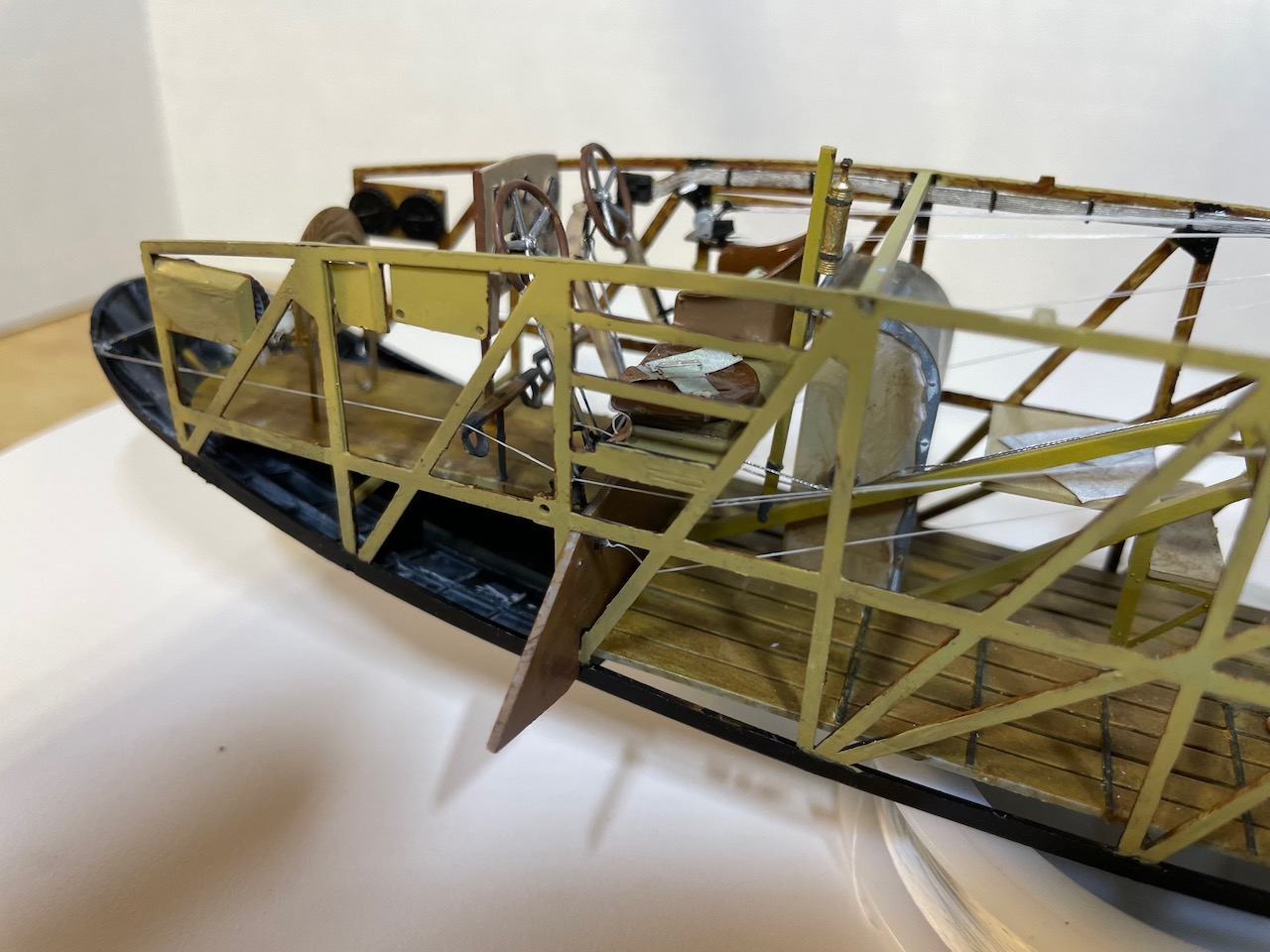
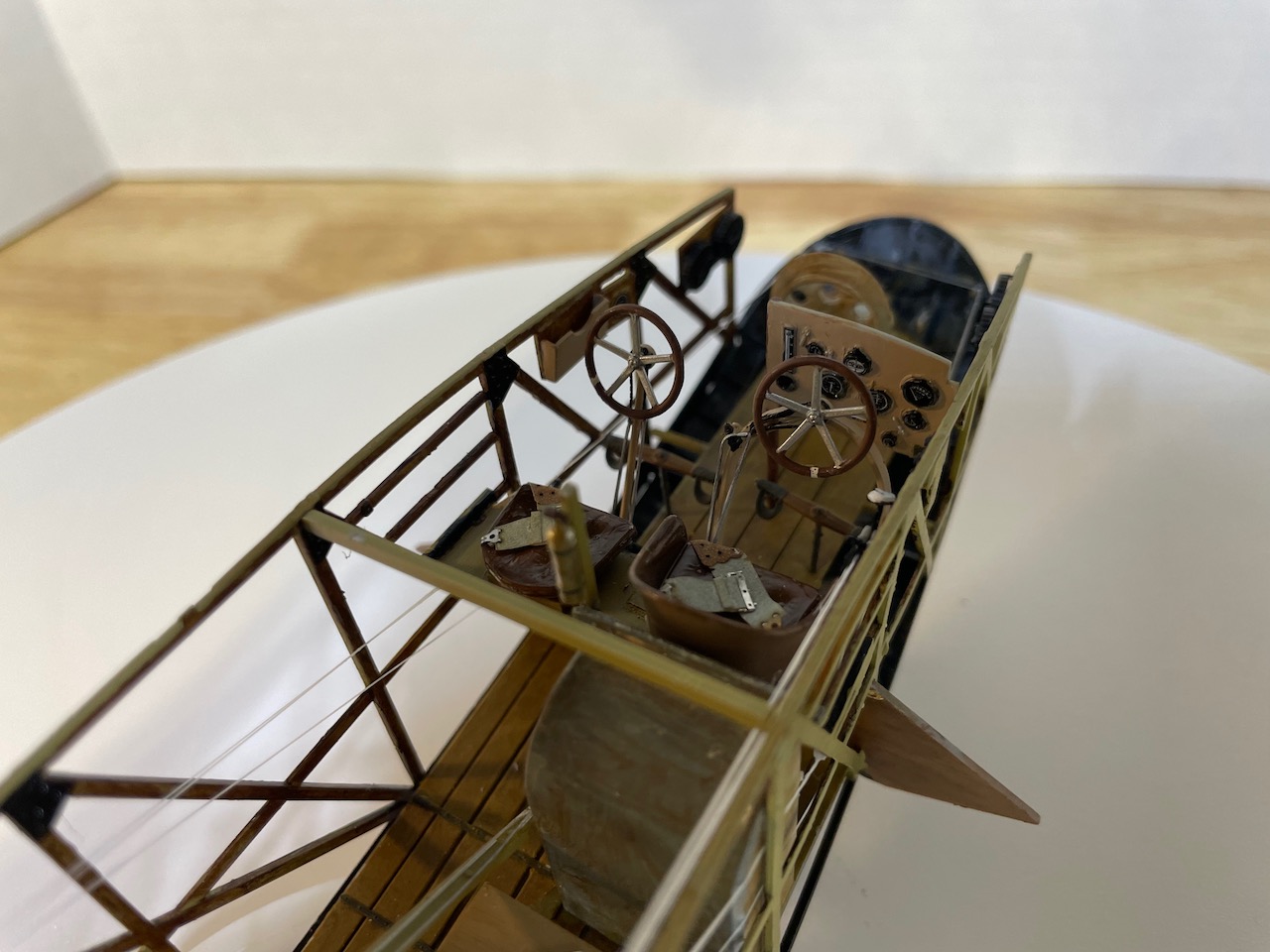
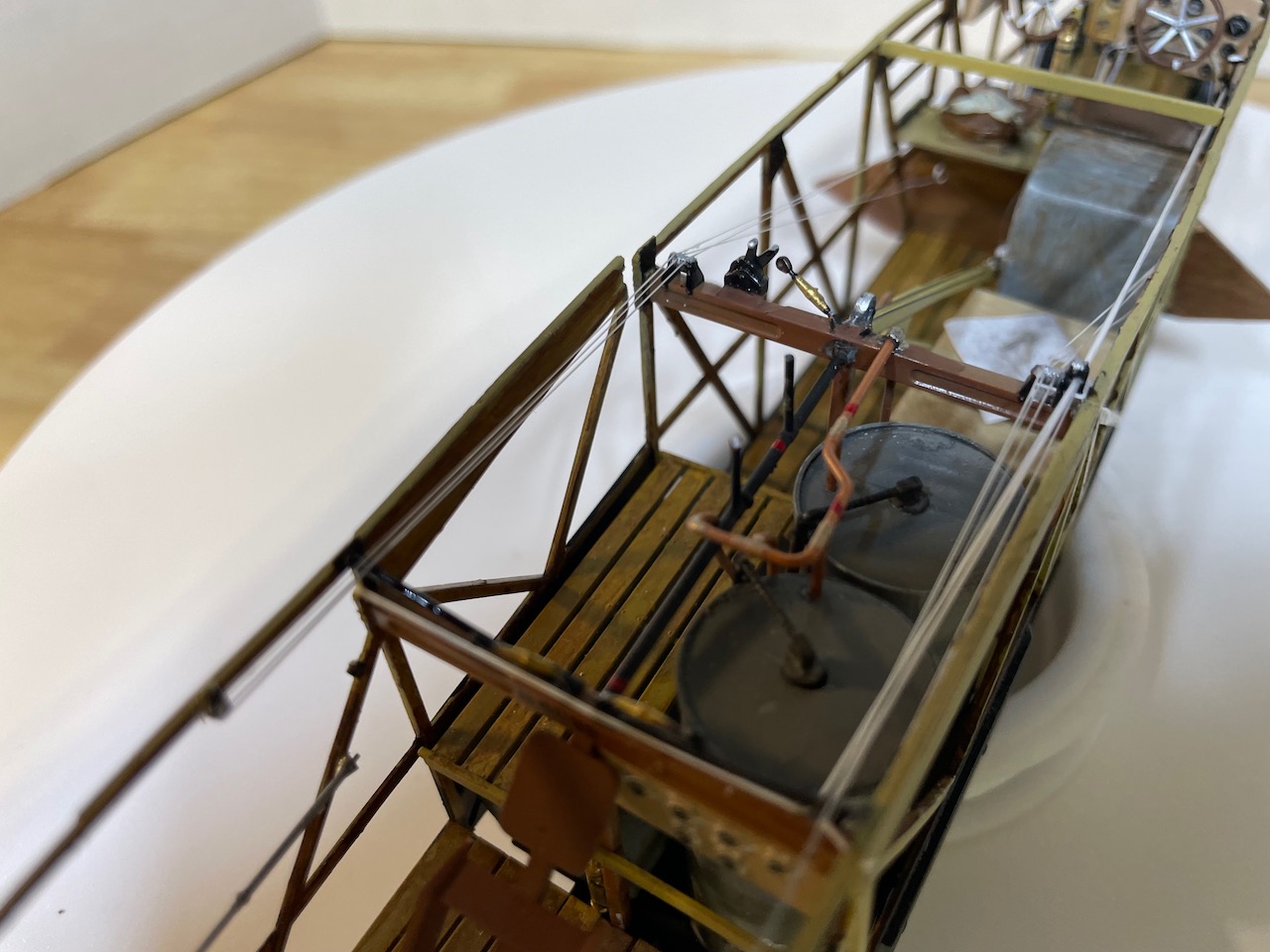
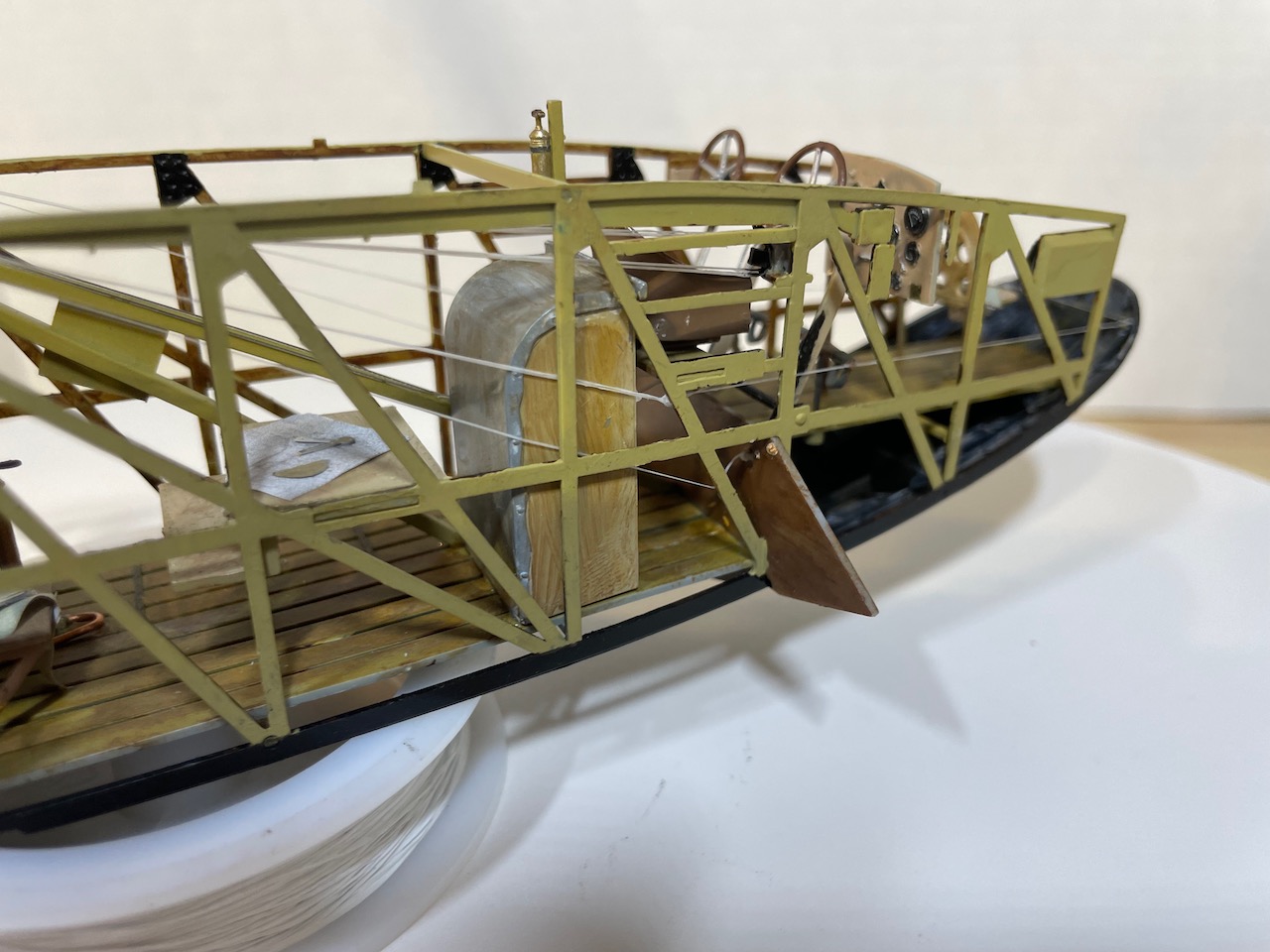
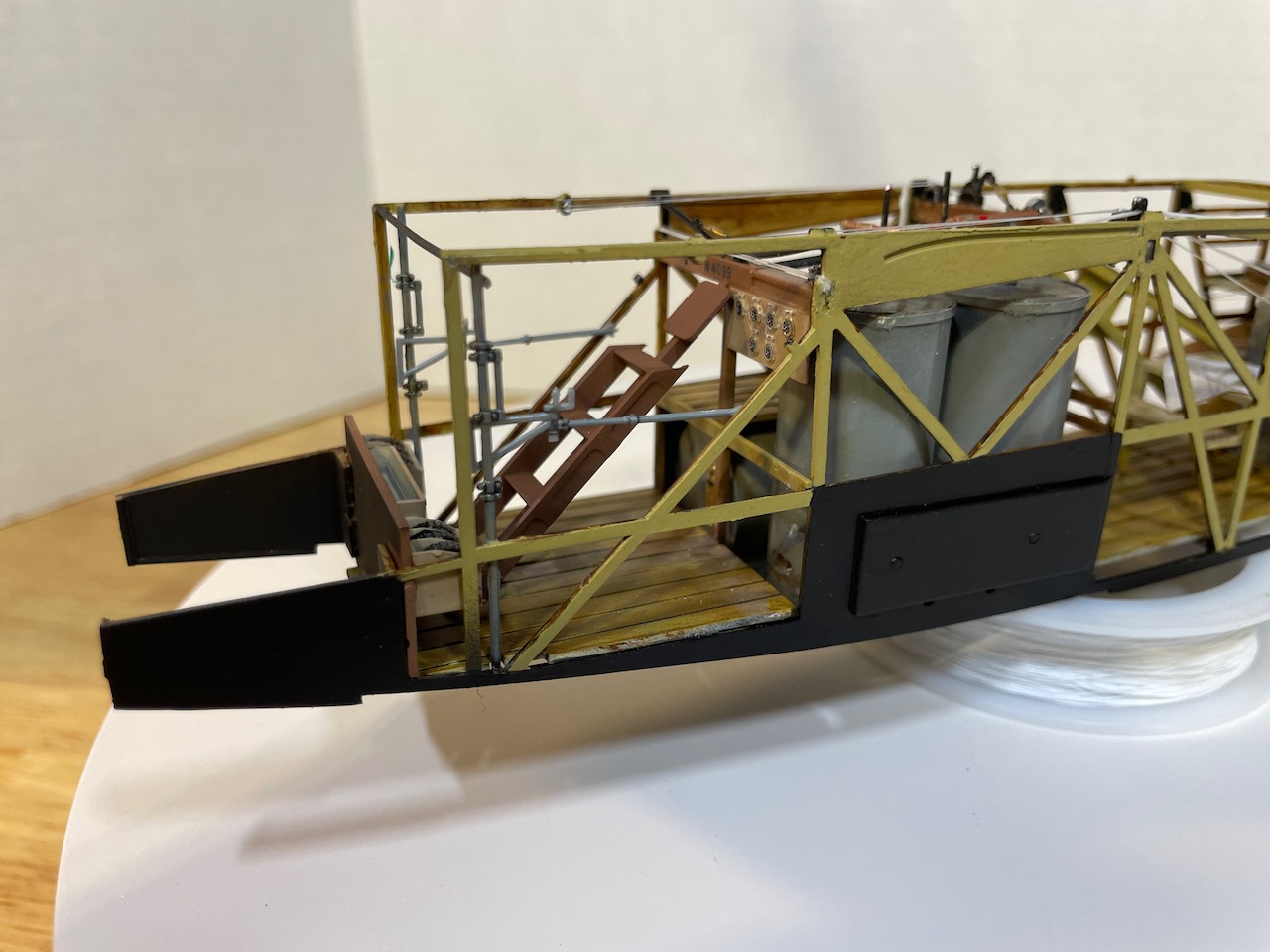
I've produced a video of the interior …… HERE
10/25/2024 I have been rather slow in my building. Here are the latest photos:
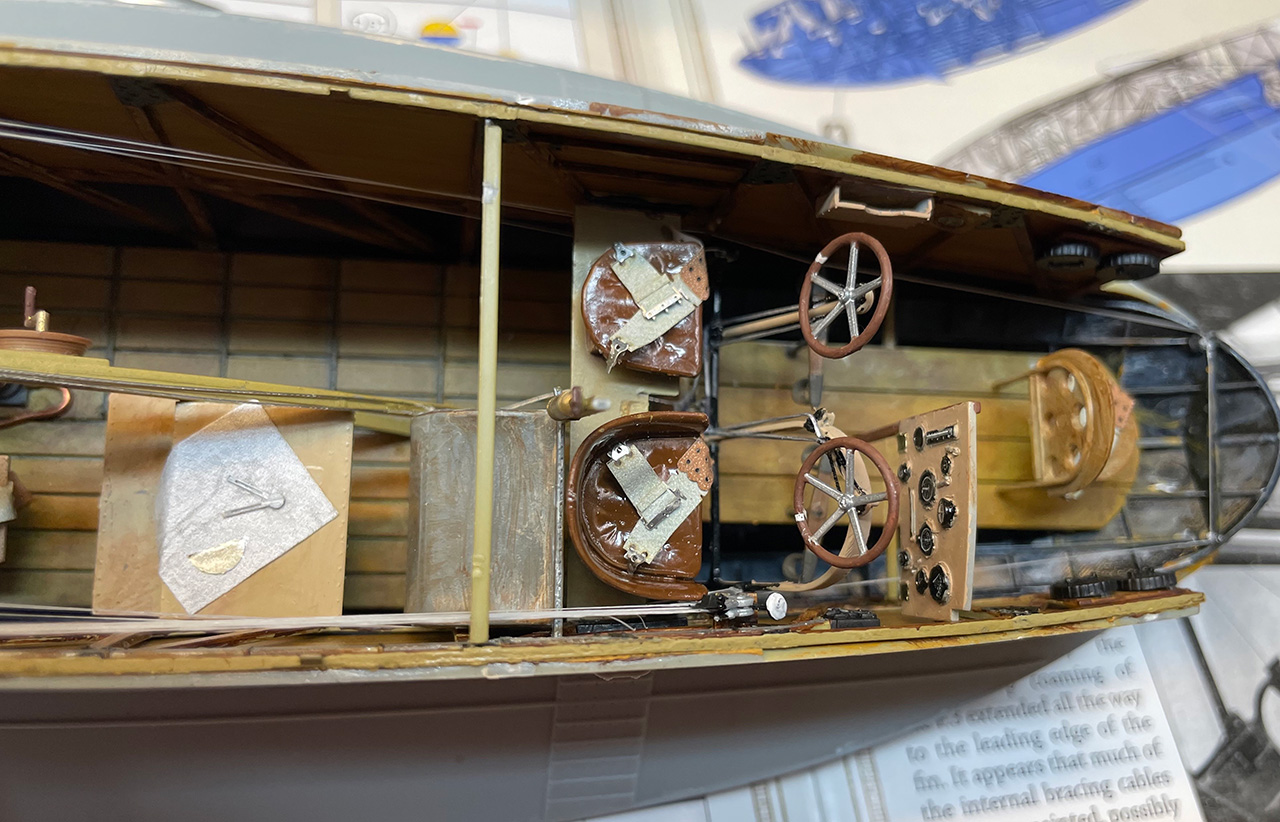
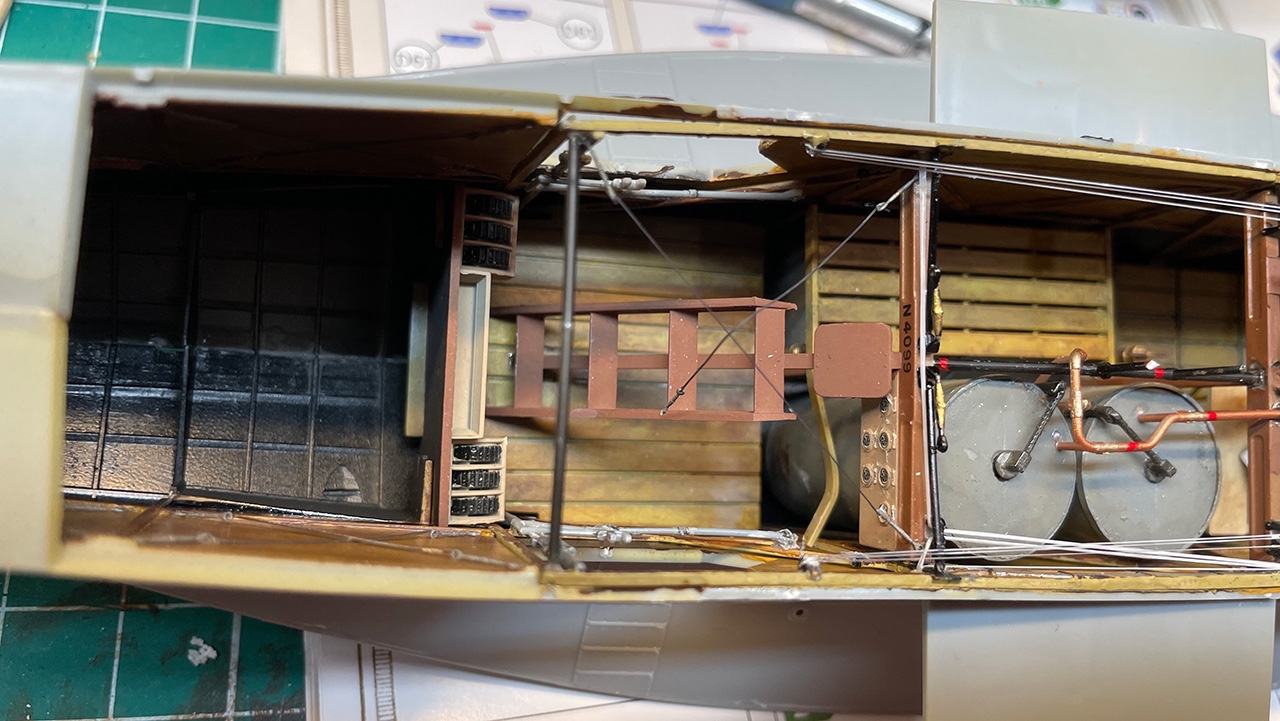
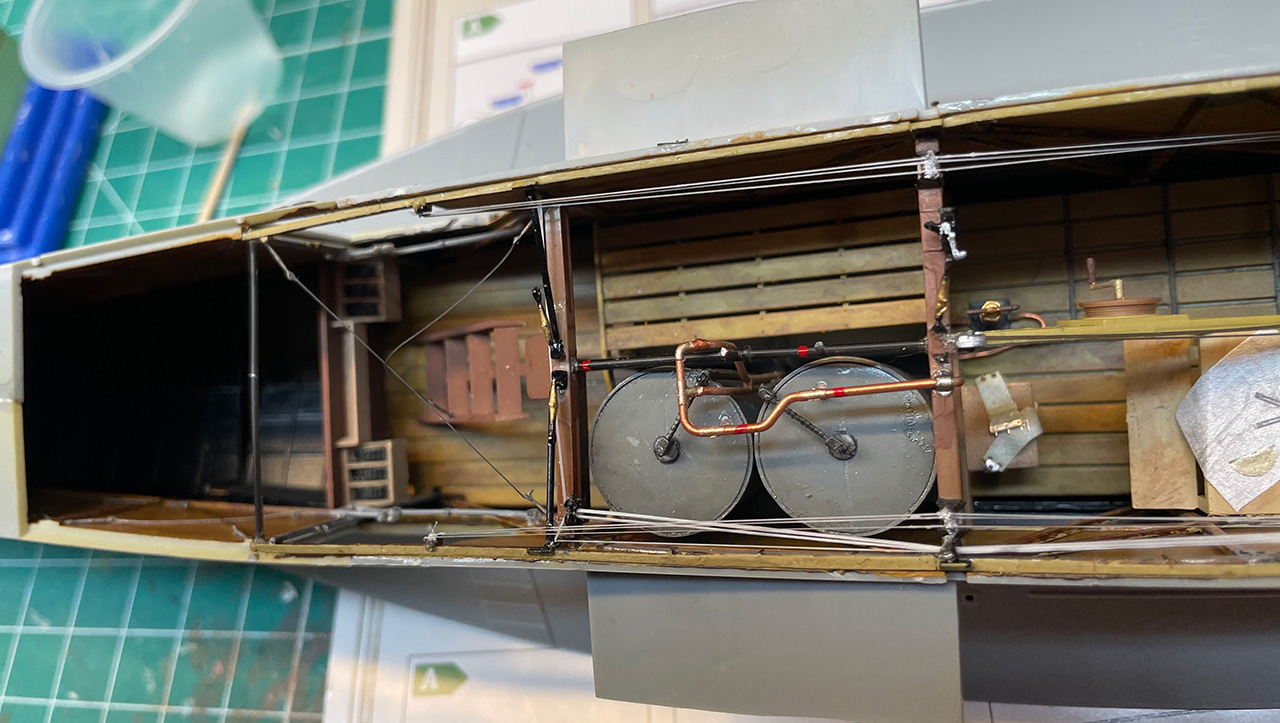
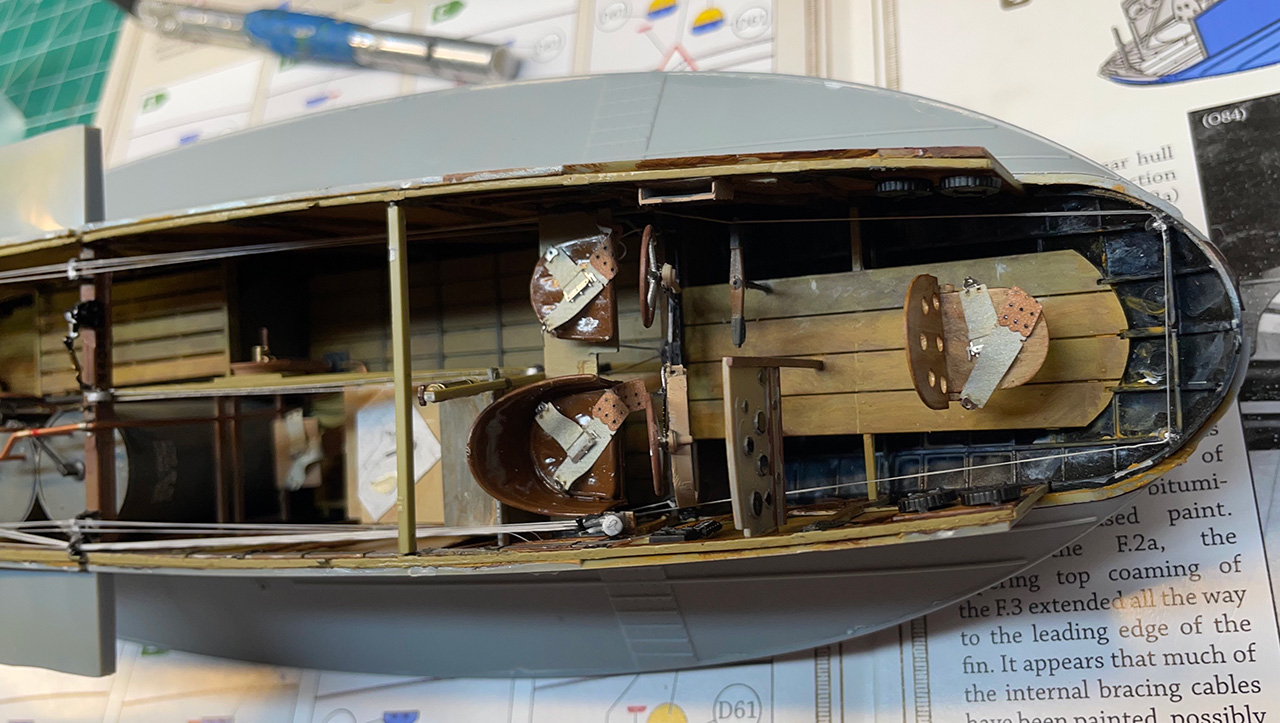

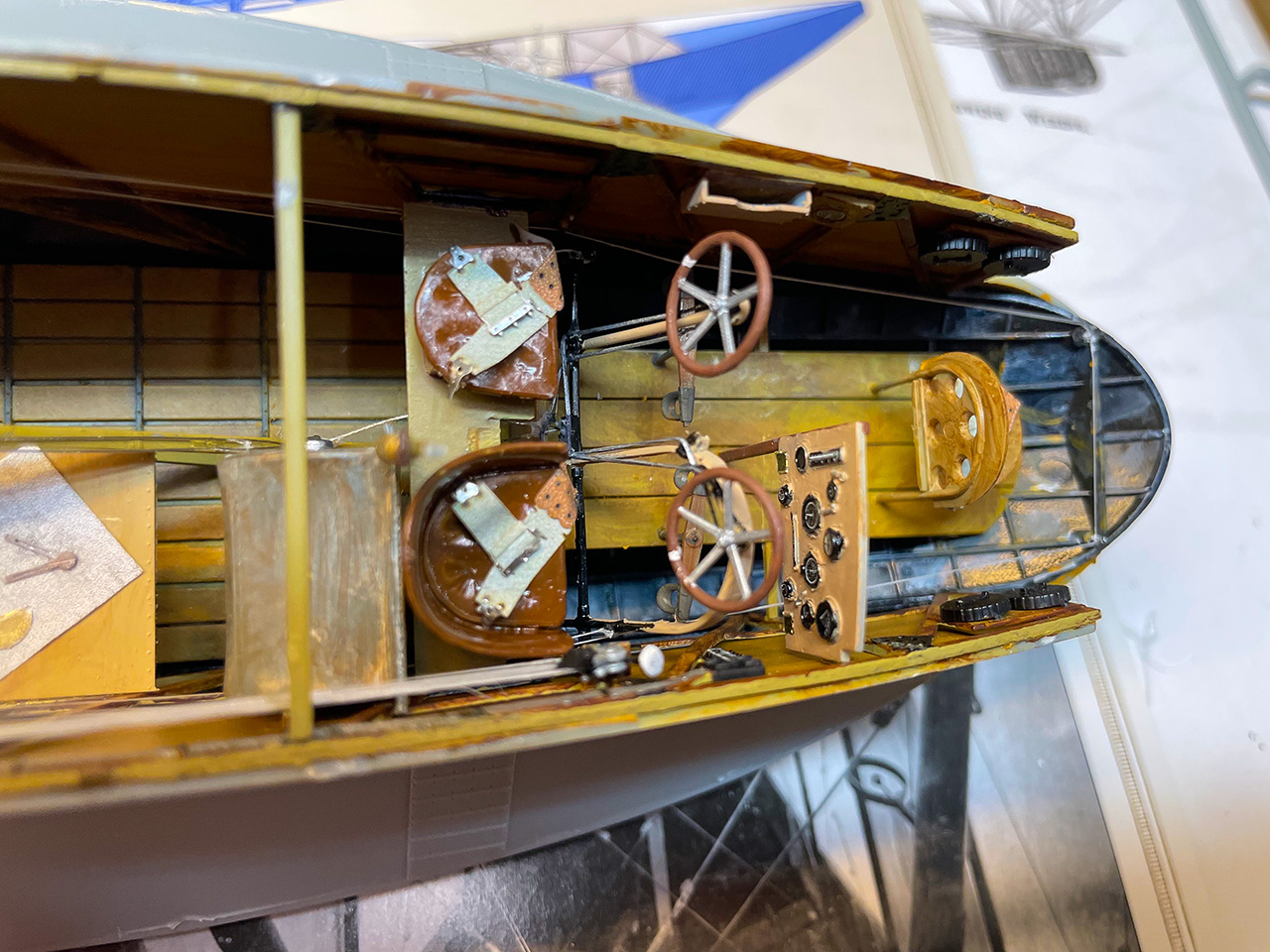

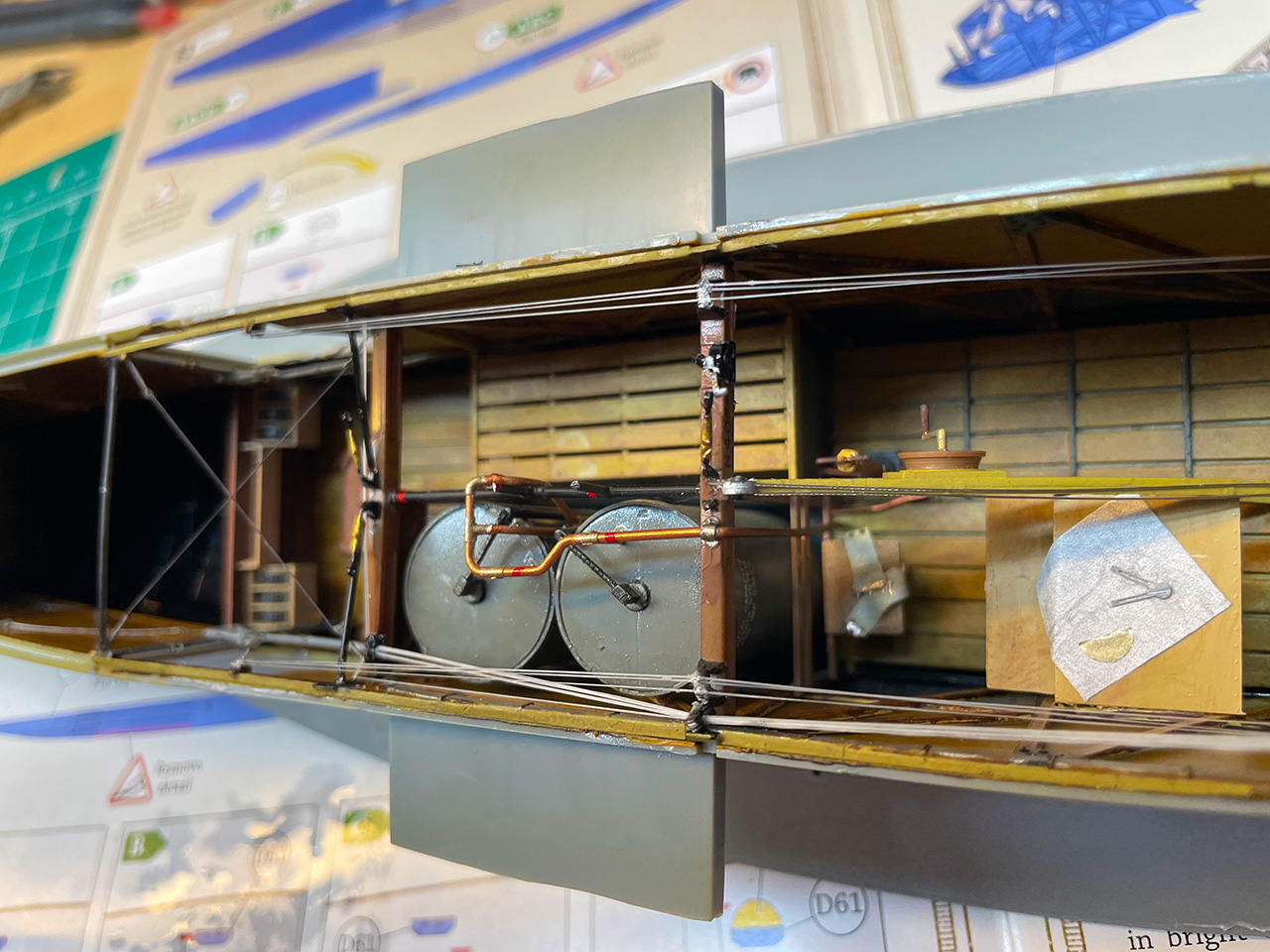
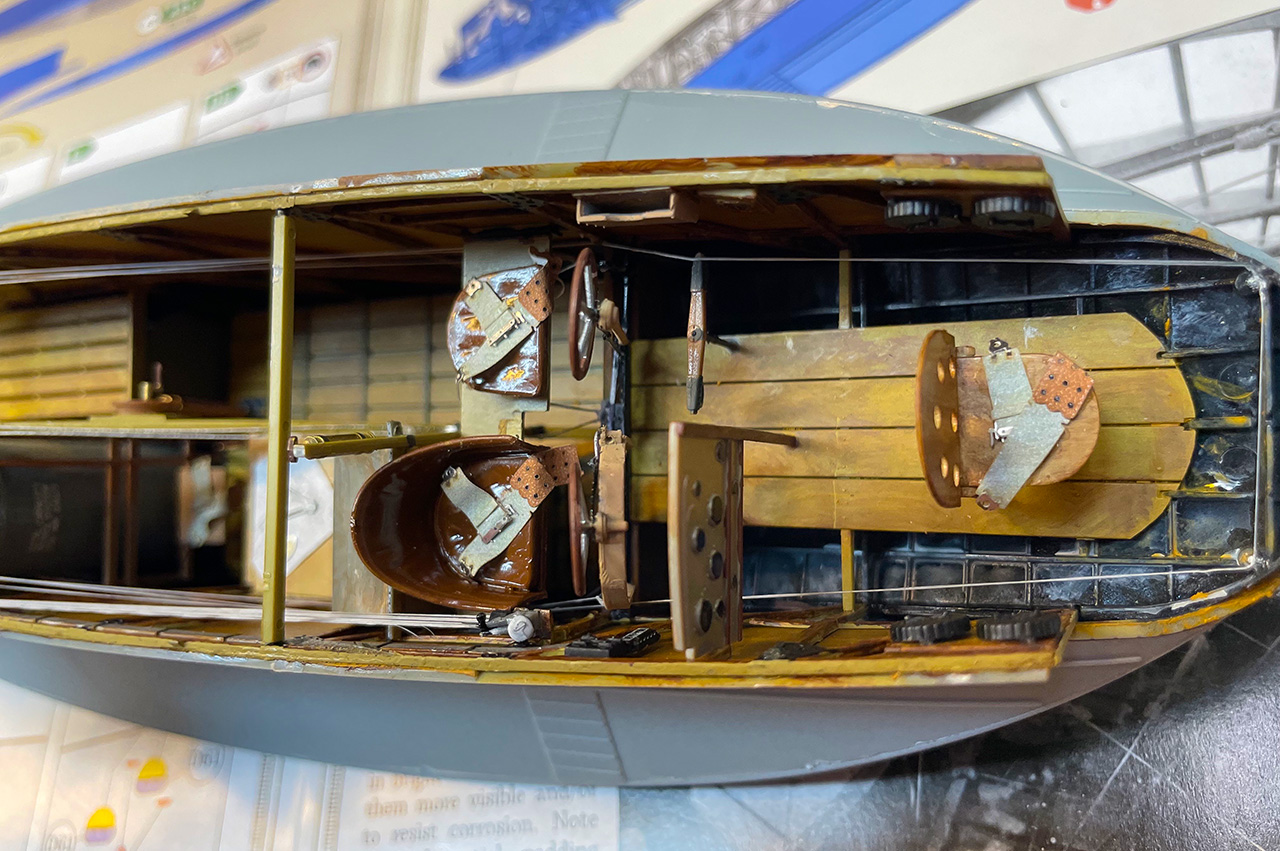
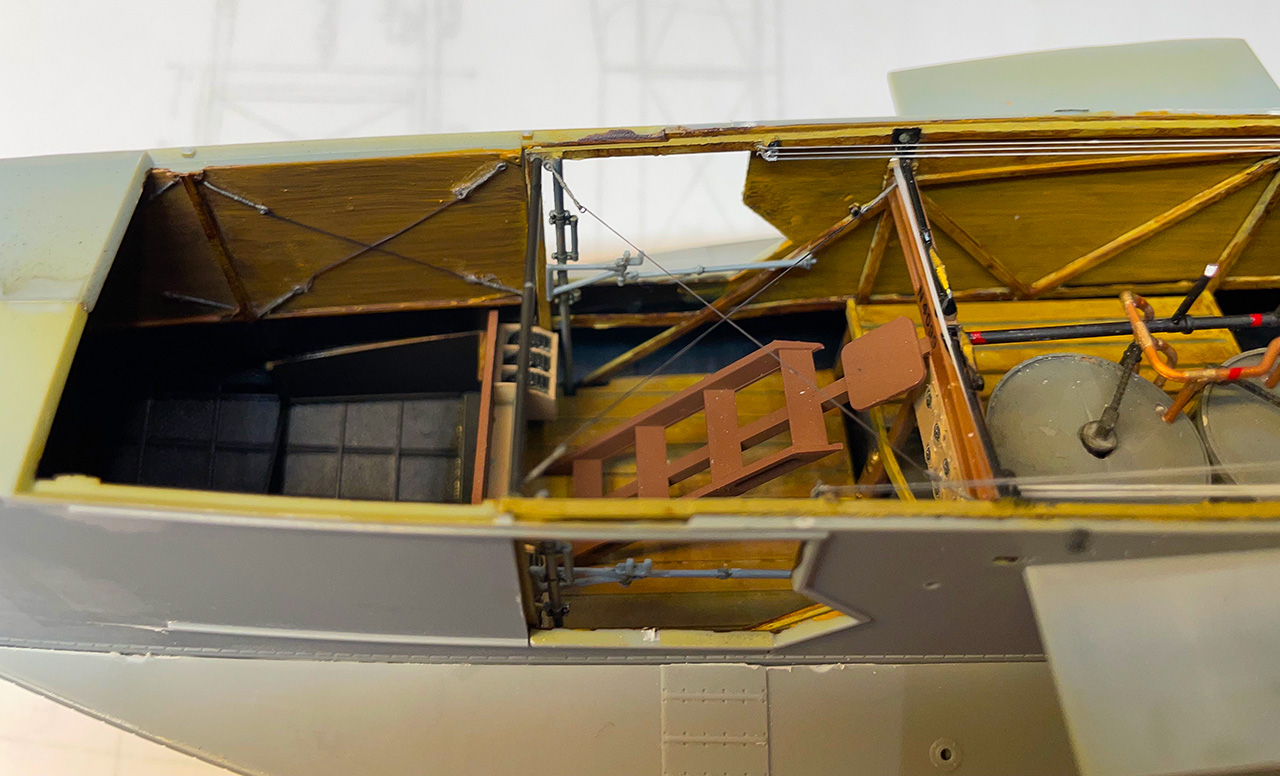

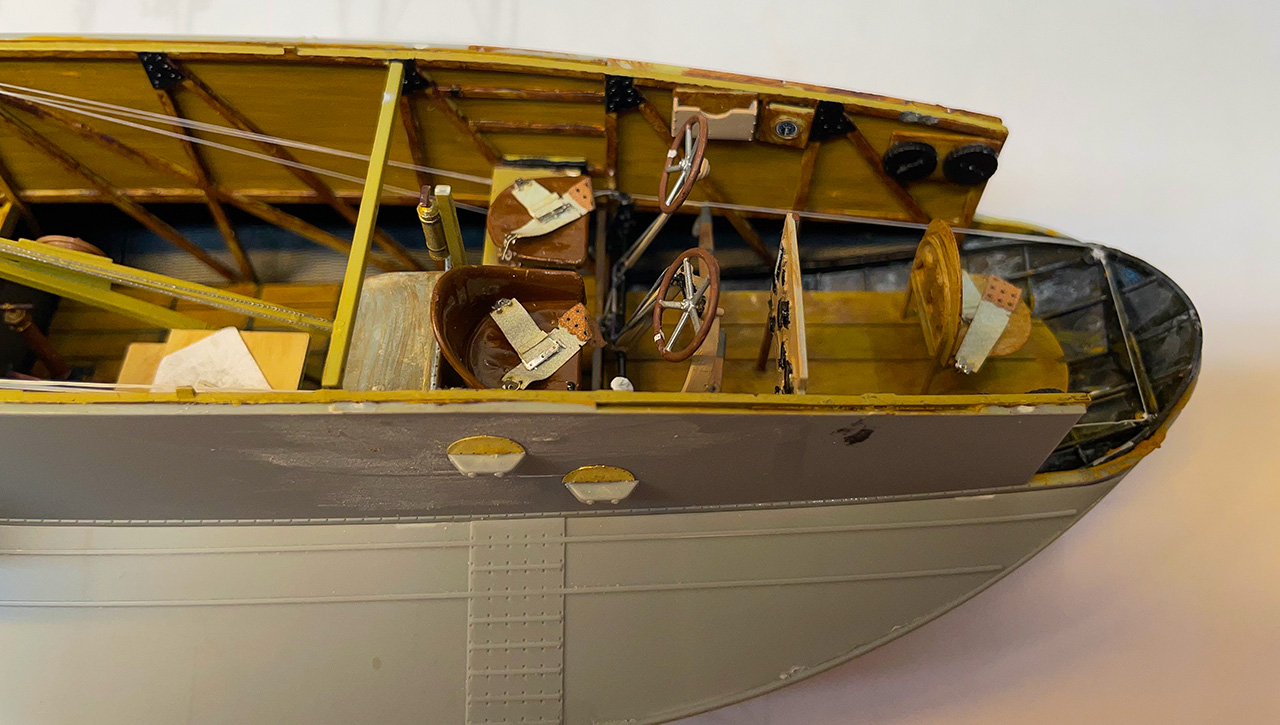
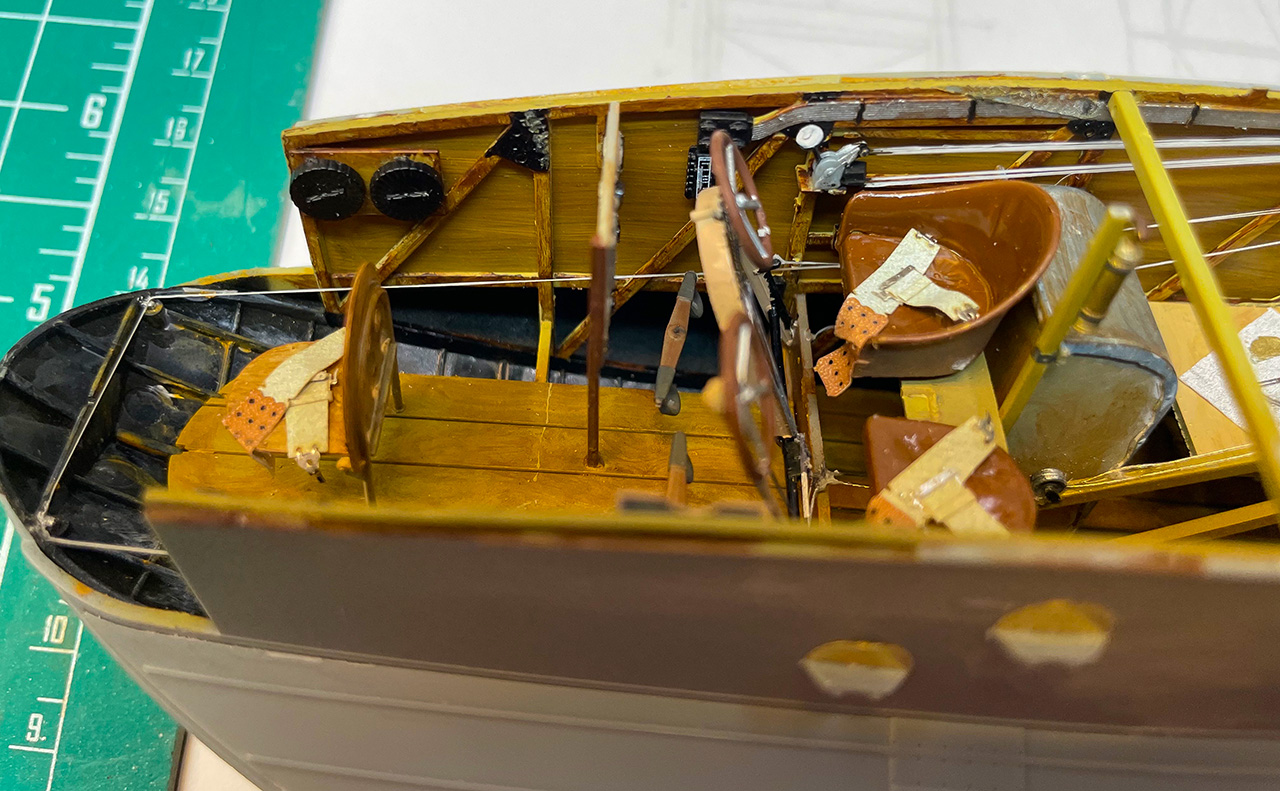
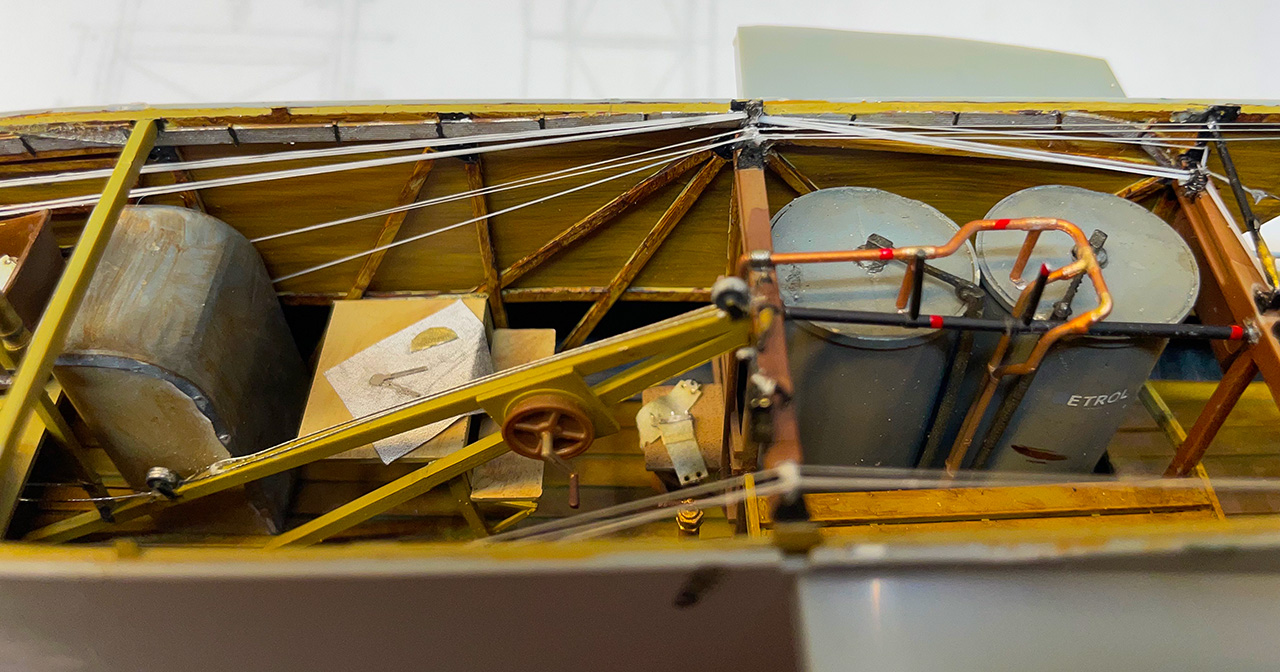
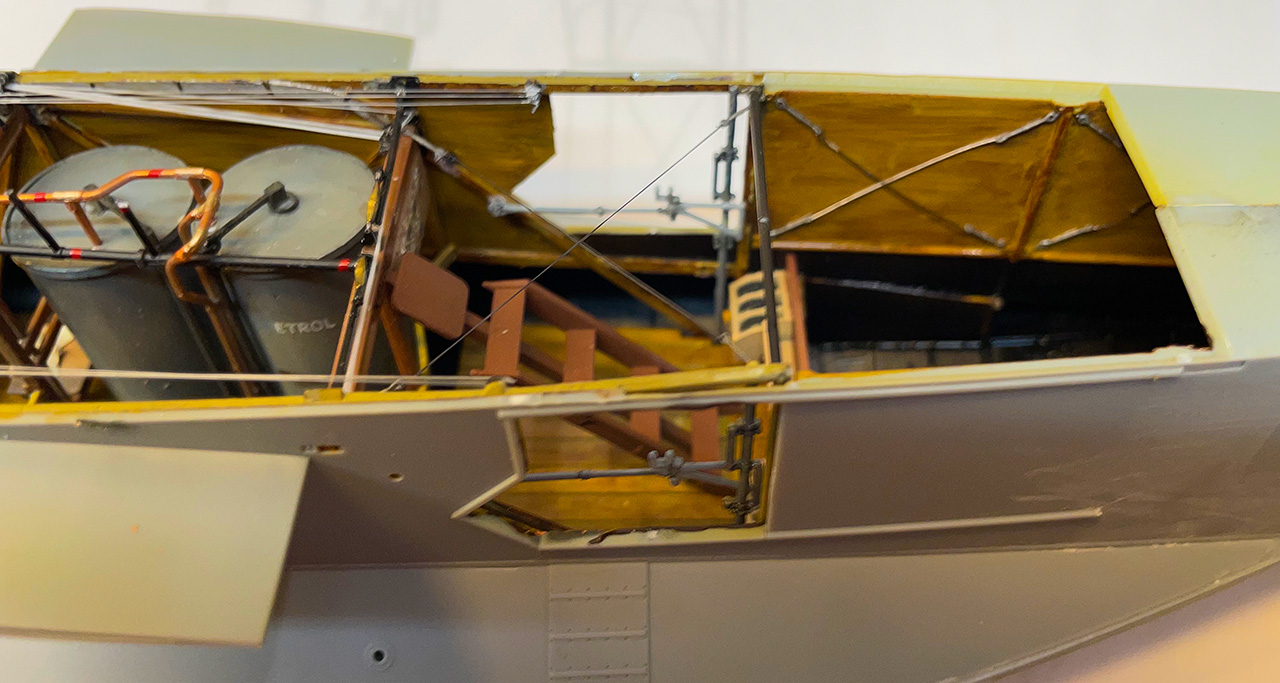
12/6/2024
It's been several weeks since my last entry. I've been busy working on my book and life stuff. I've got the fuselage painted, as well as the top and bottom of the wings, etc. I've started masking the ribs to highlight them. Here are some pics:
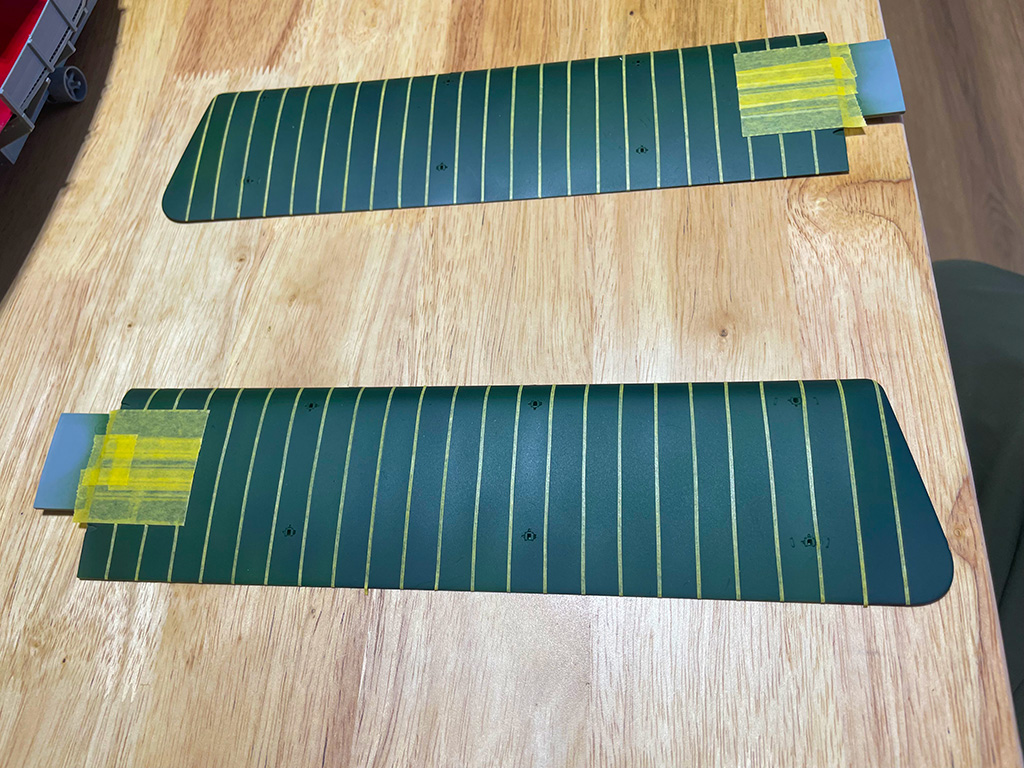
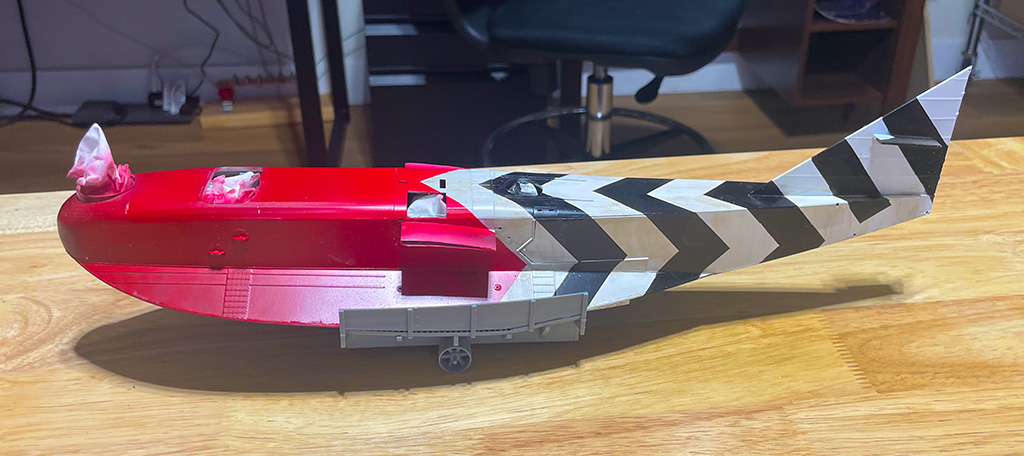
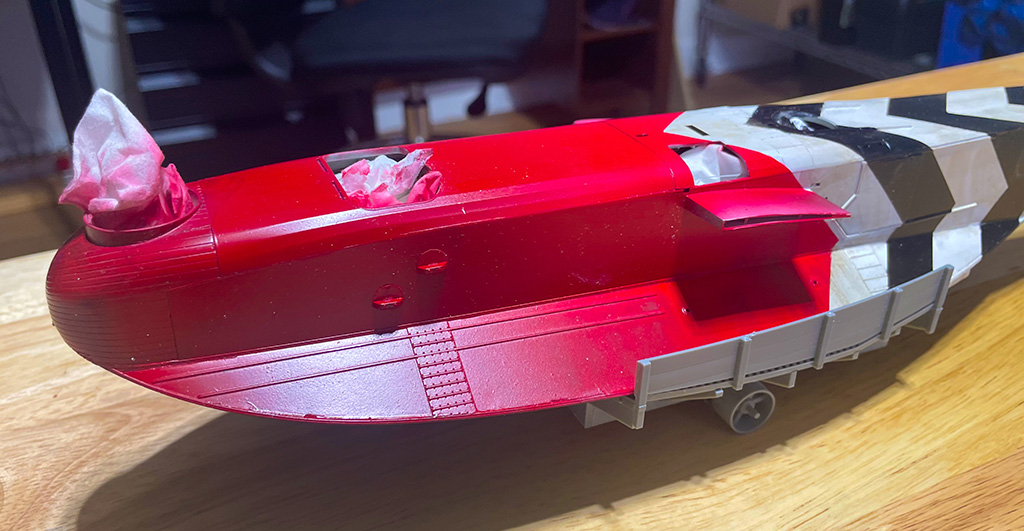
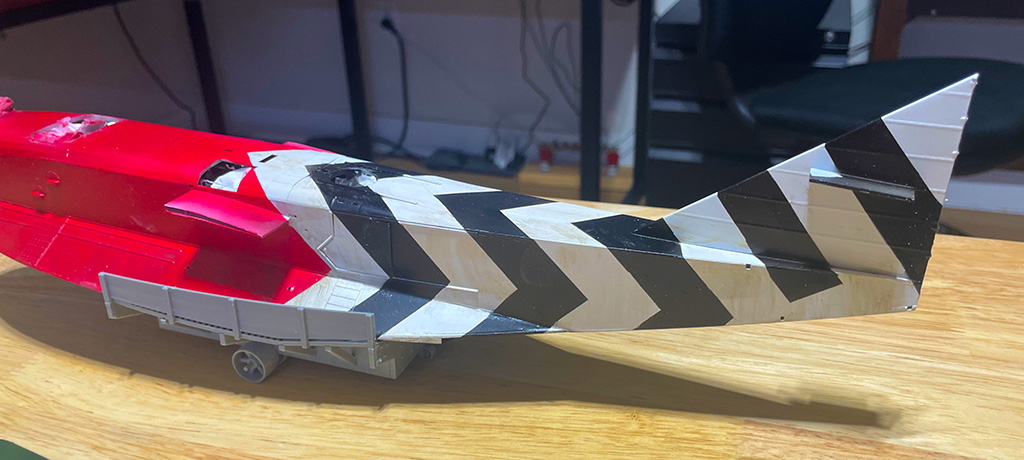
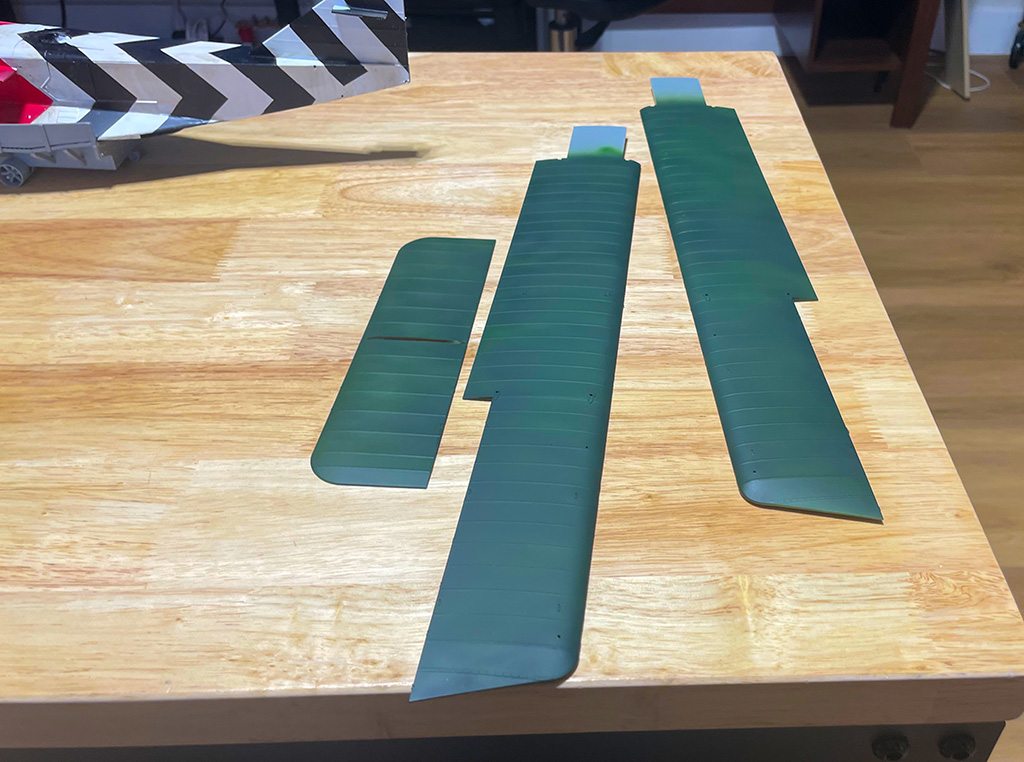

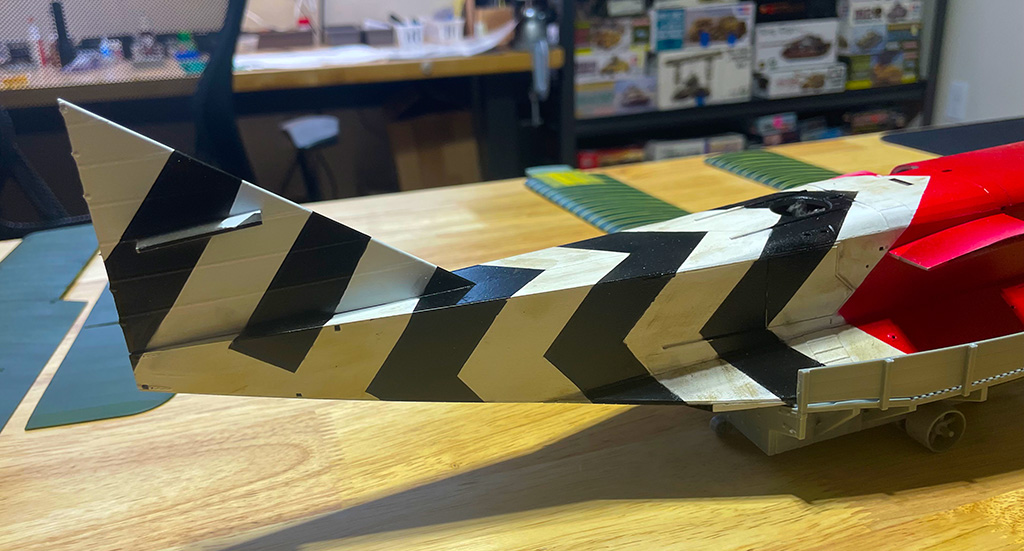
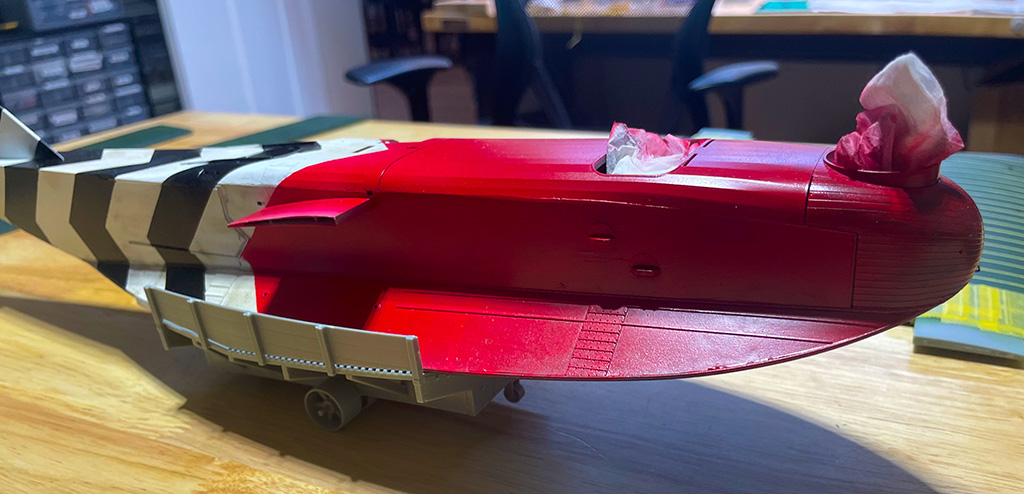
12/15/2024
One more photo…
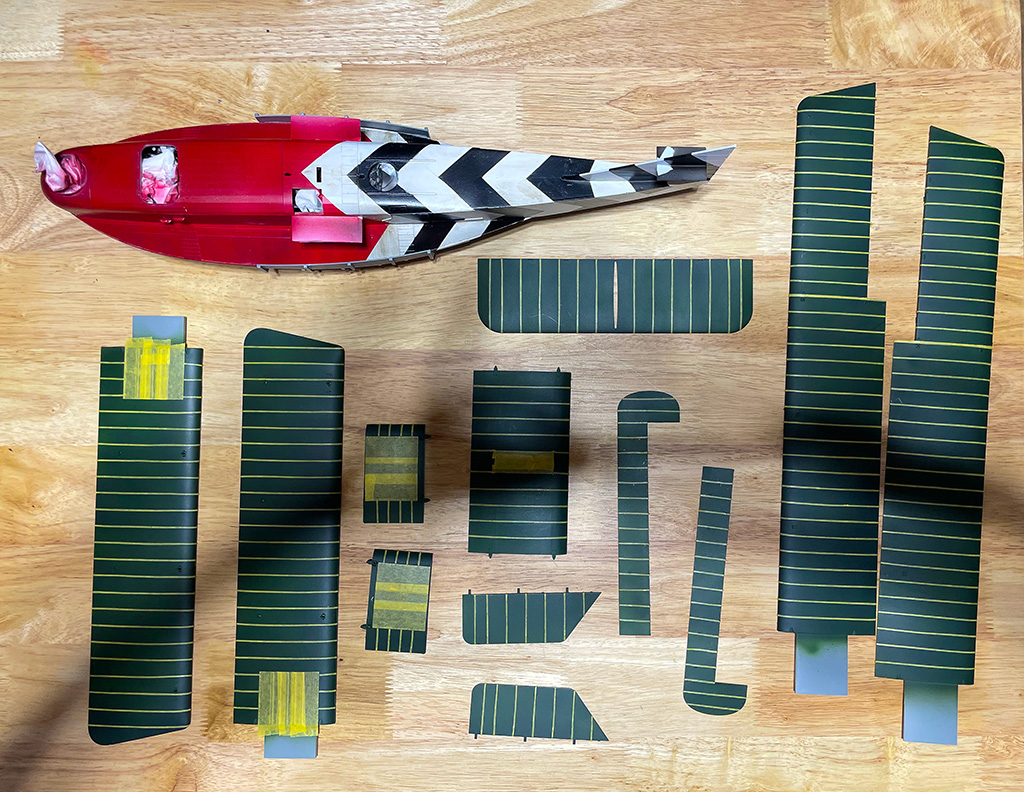
5/19/2025 Here are more assembly photos:
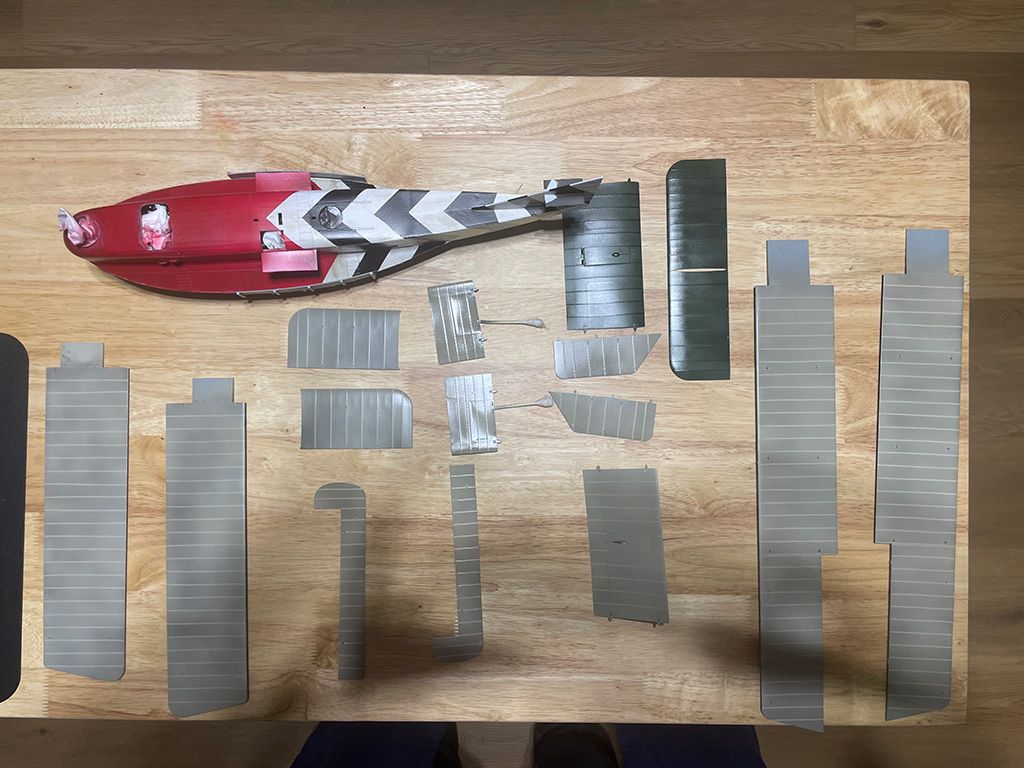
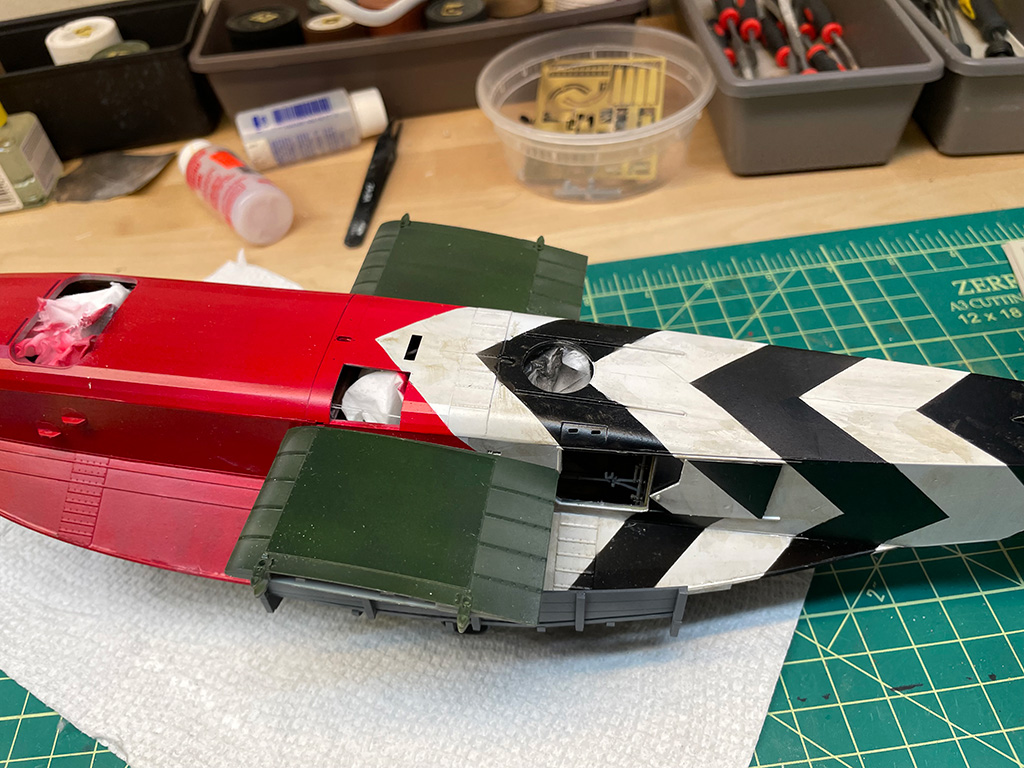
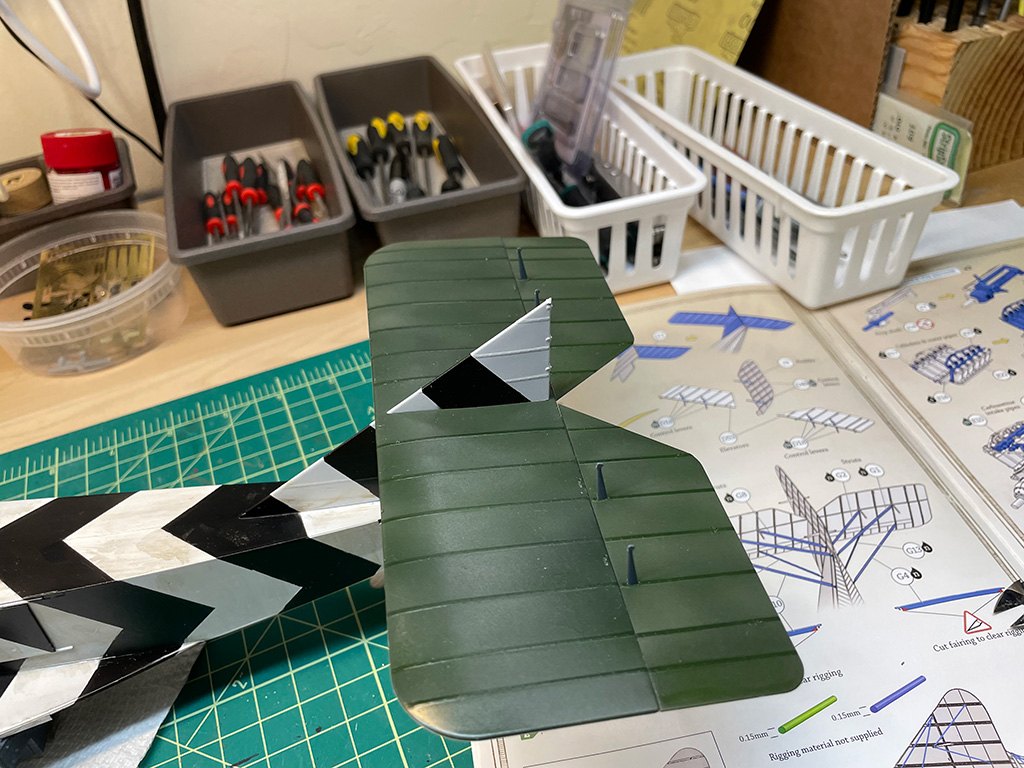
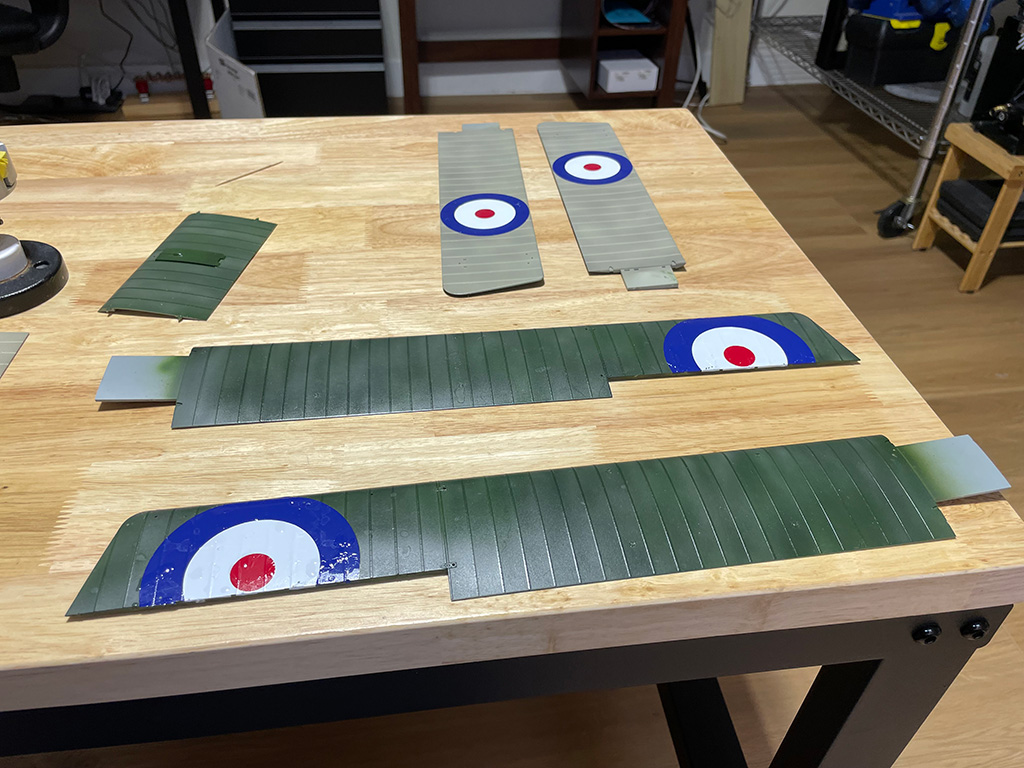
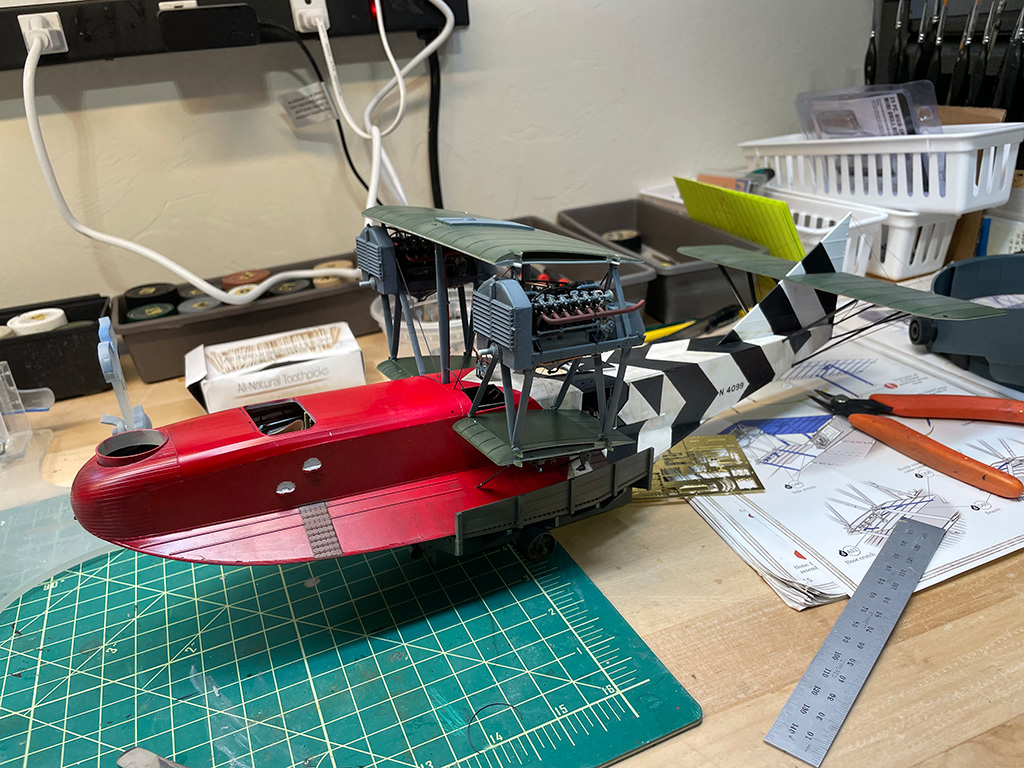
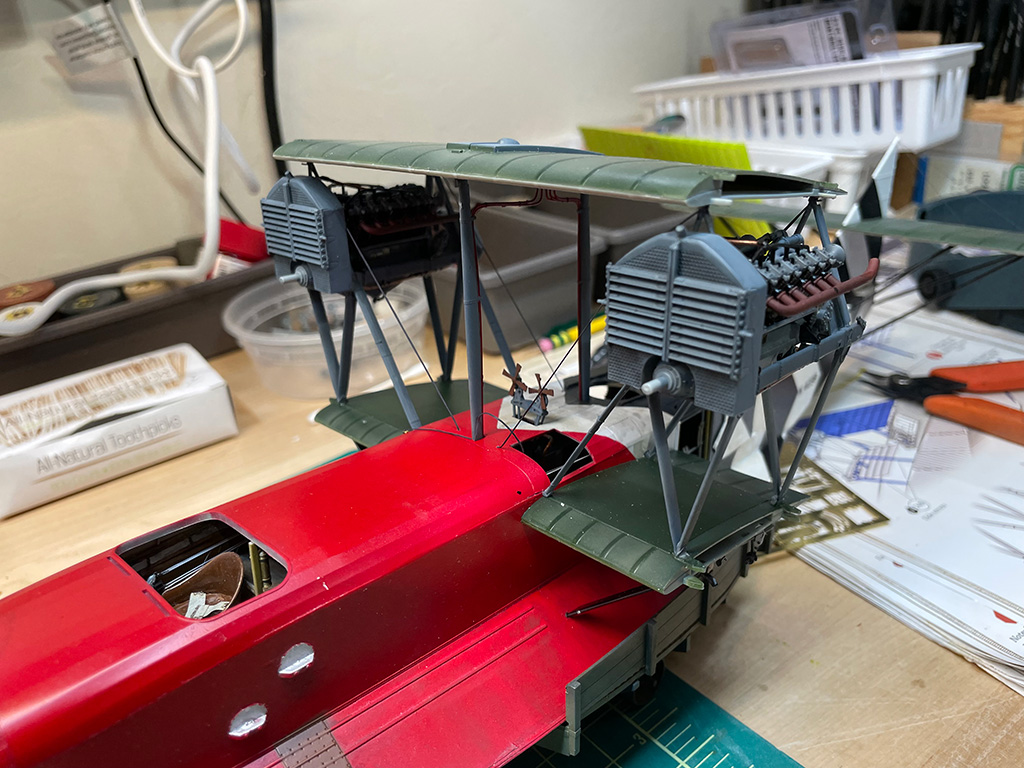
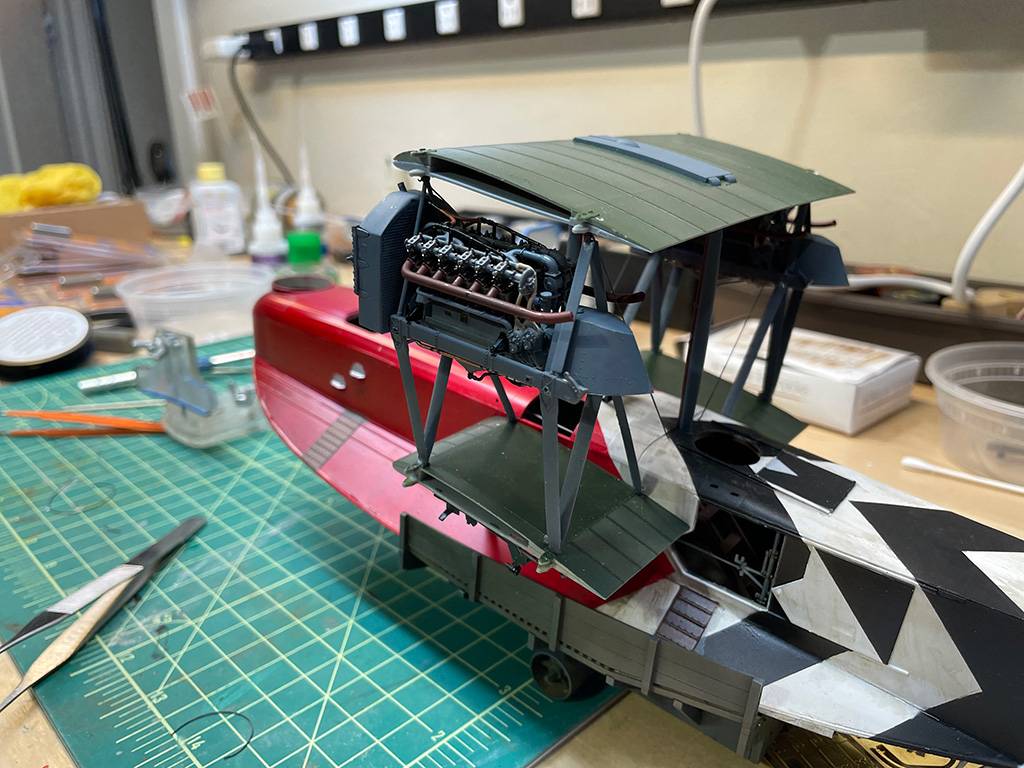
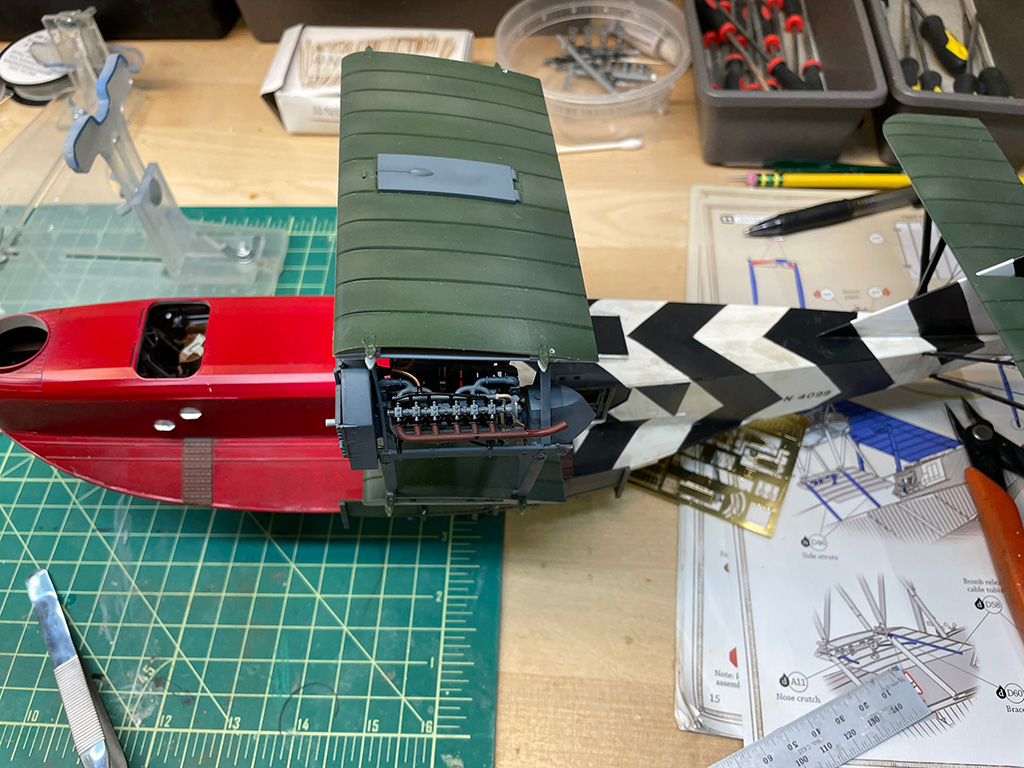
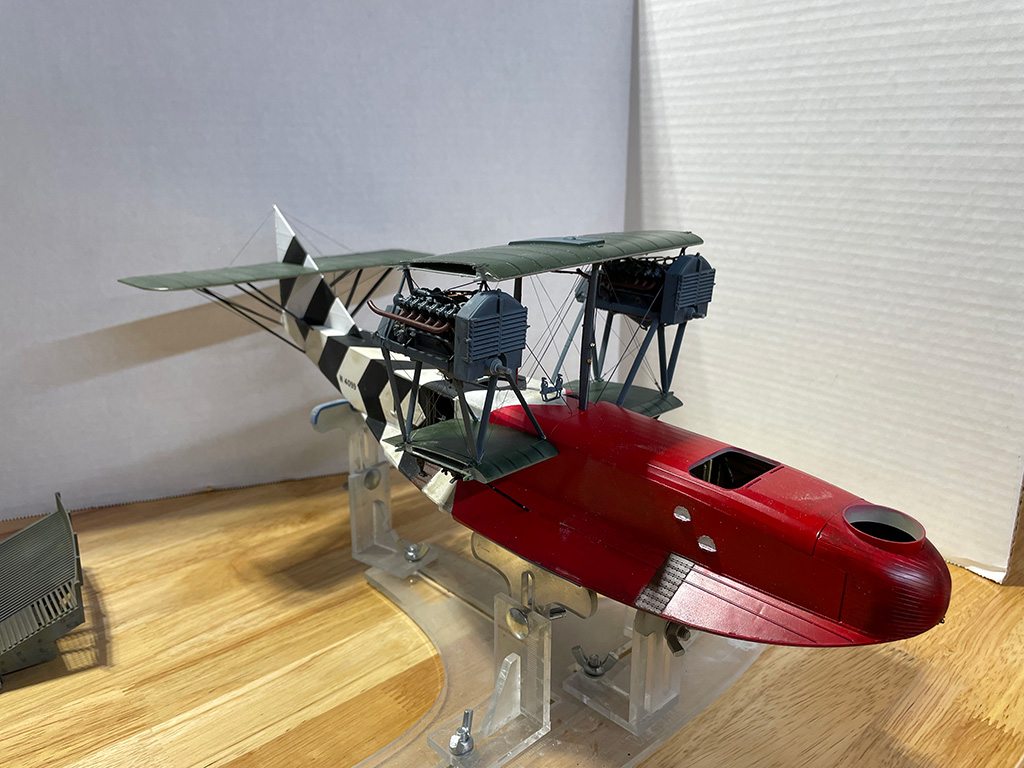
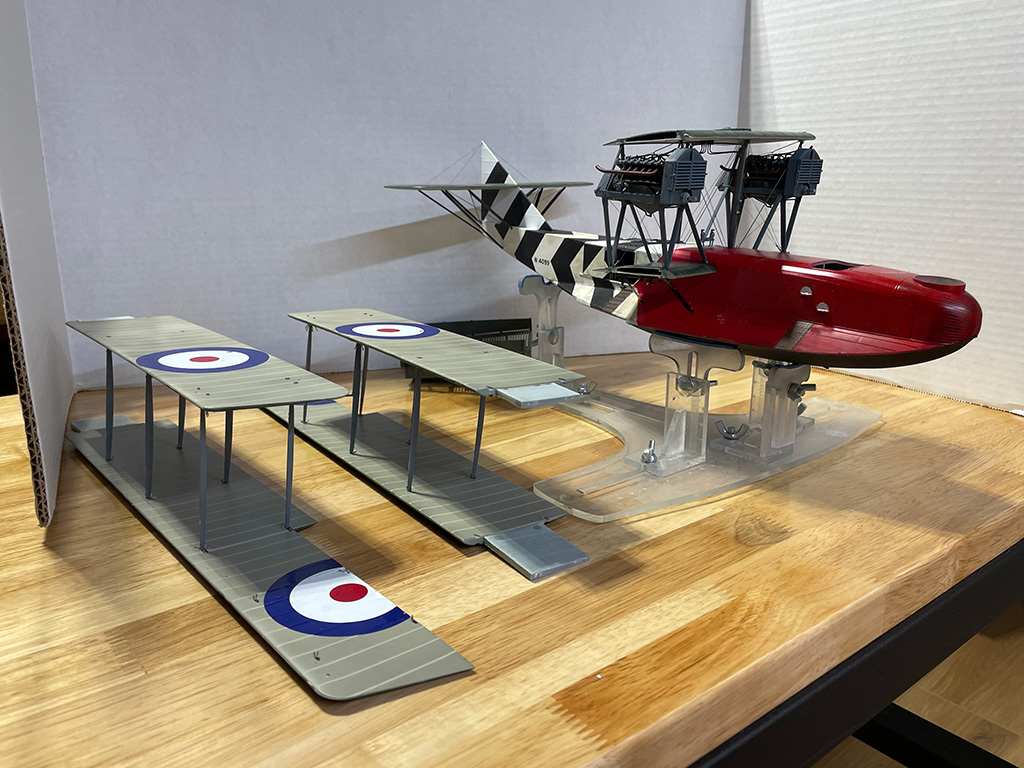
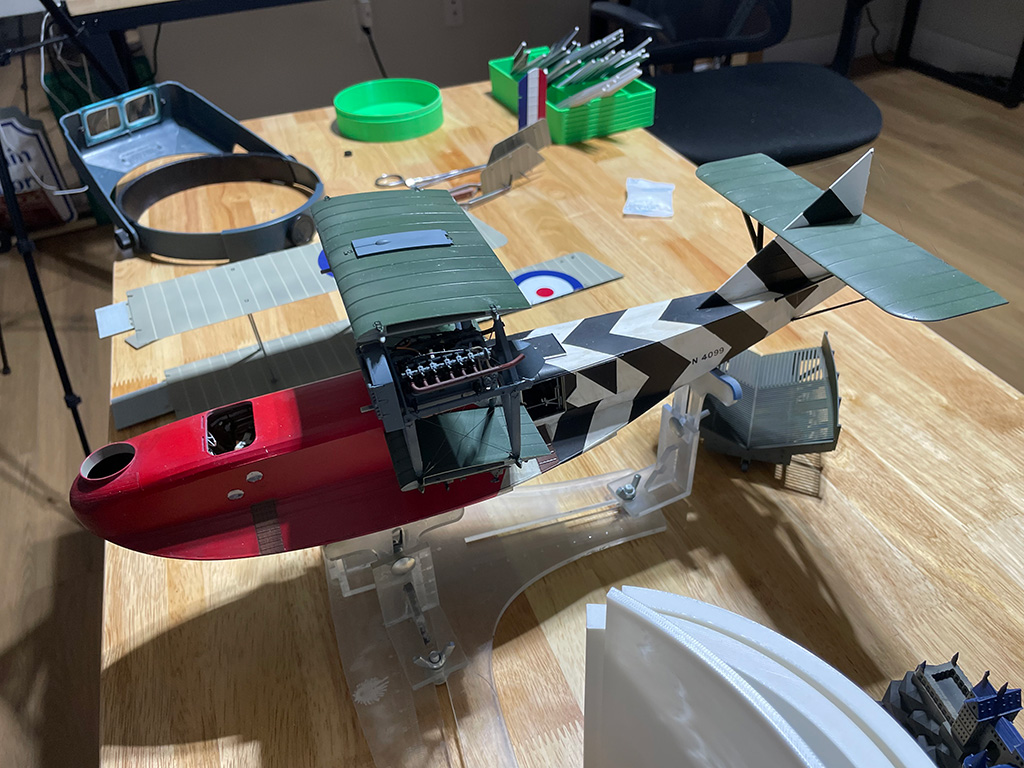


5/19/2025 After 9 months (or more exactly 316 days) here are the finished photos of my Felixstowe. It was a lot of fun to build and a lot of rigging. It you go slow it all works out.
It is very fragle however – moving it must be done very carefully.

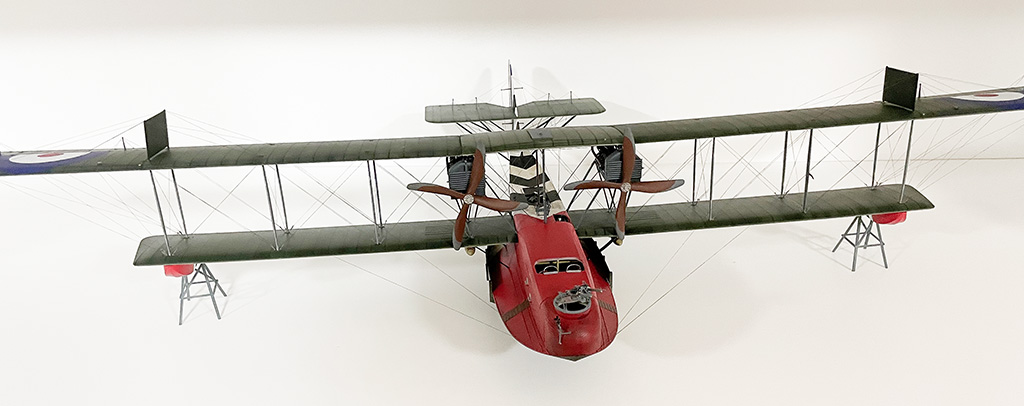
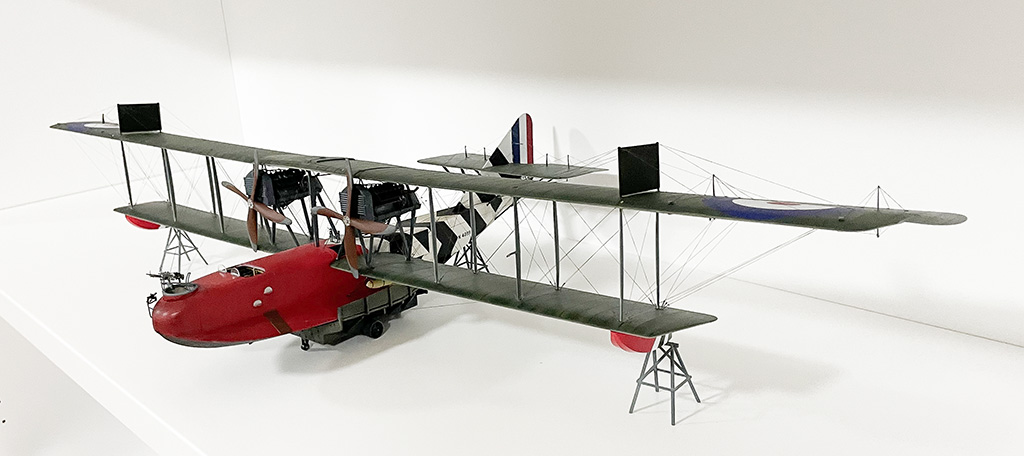
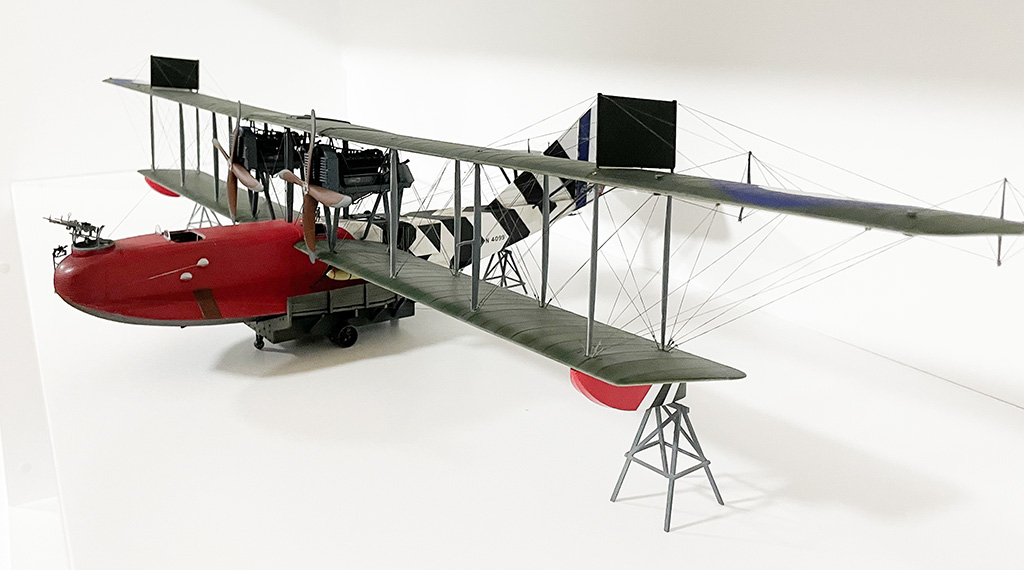

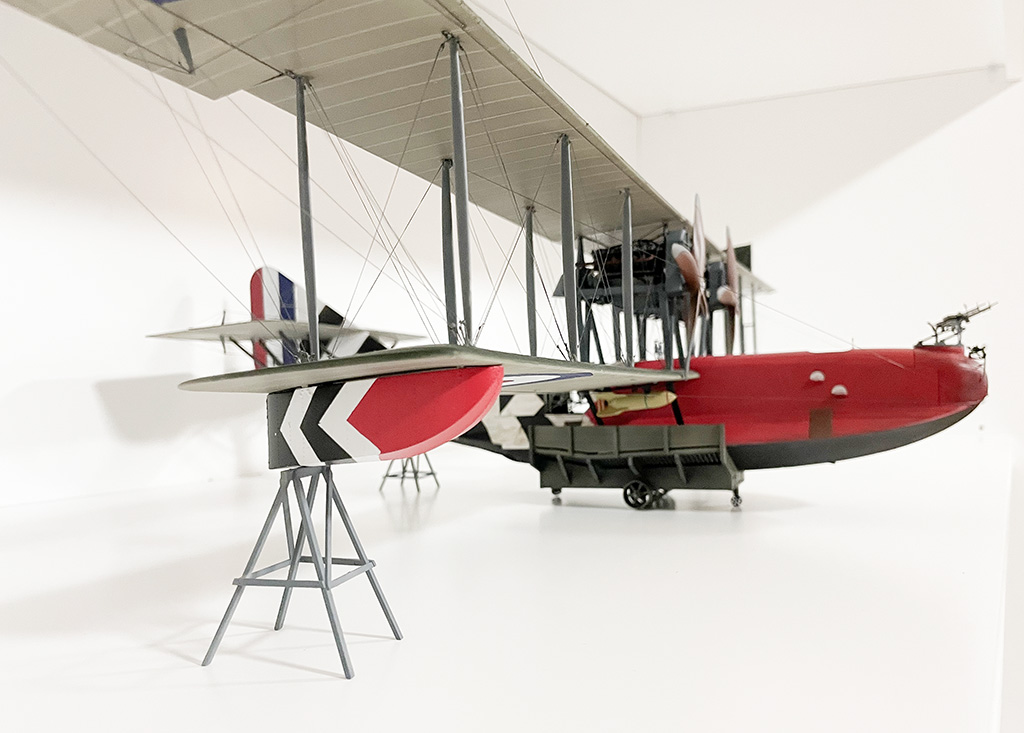
5/22/2025 Here are the latest photos of my 1/32 Wingnut Wings Felixstowe in my display case….

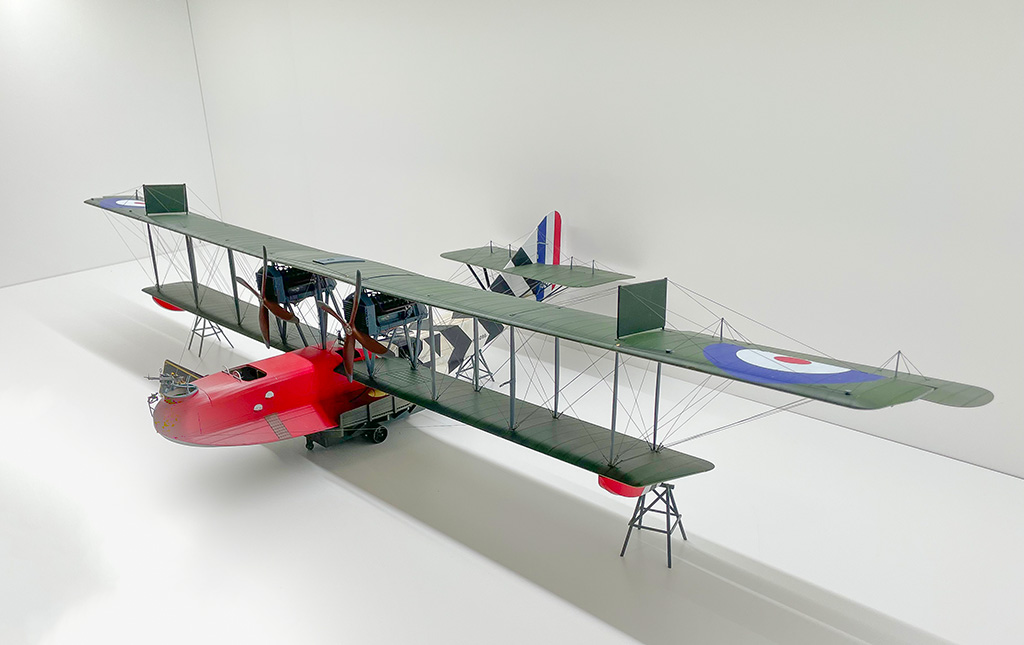
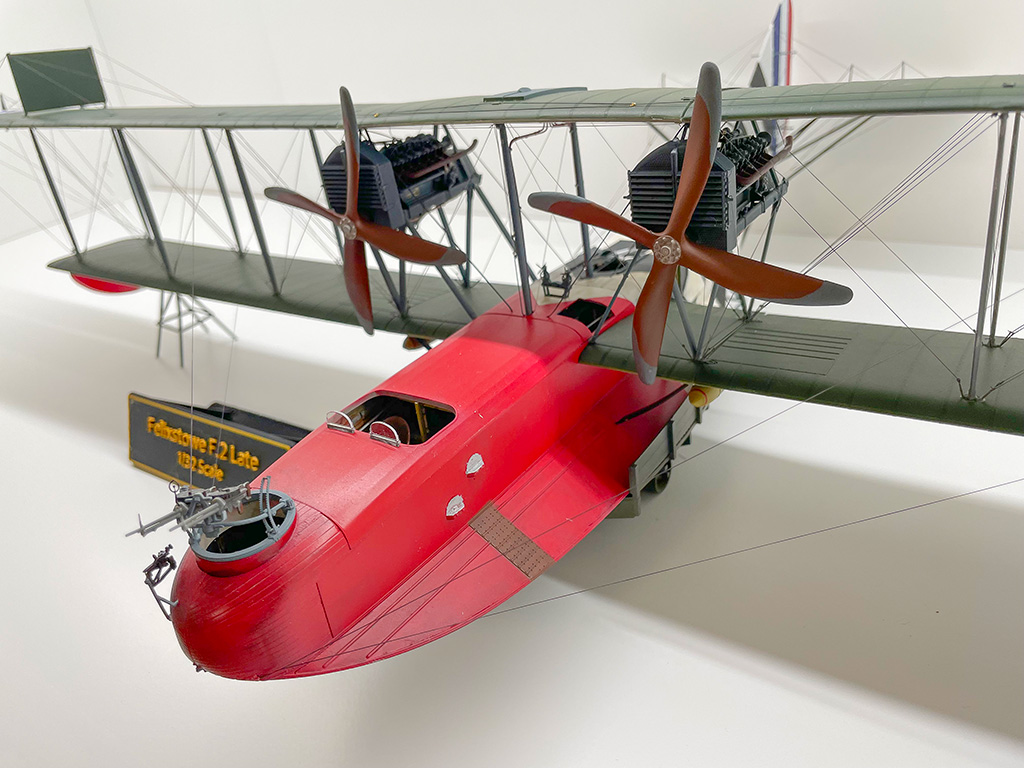
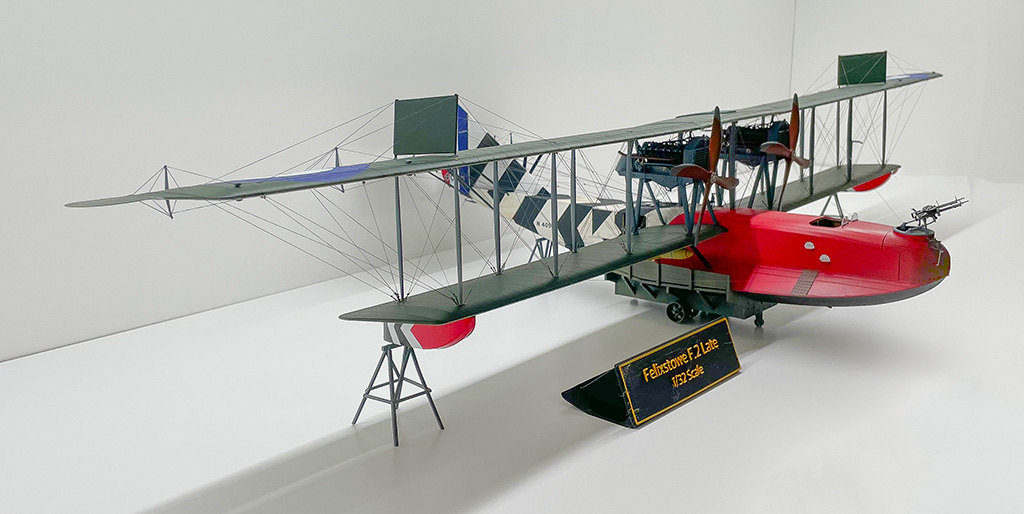
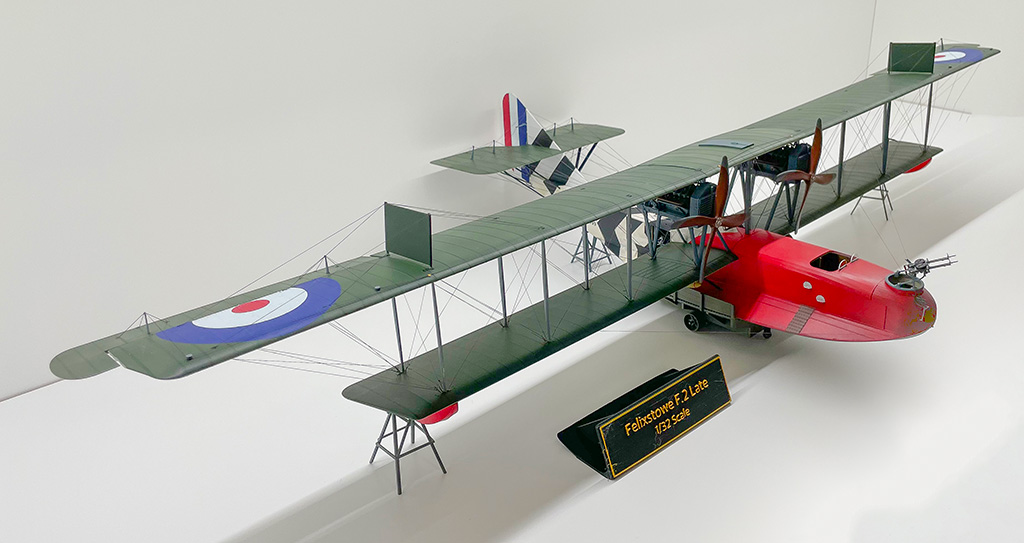
7/28/2025 To view a video of the completed model, go HERE.
